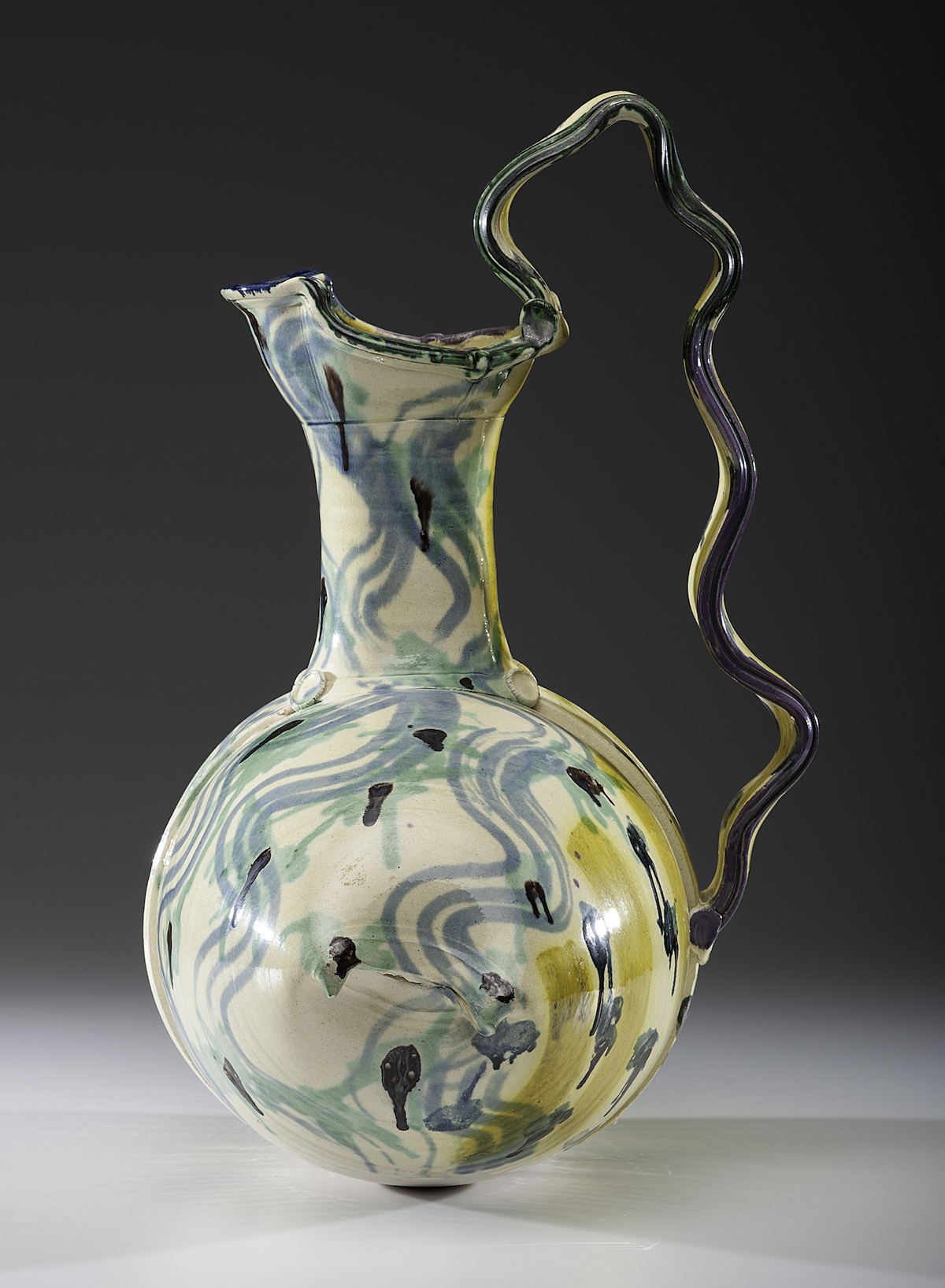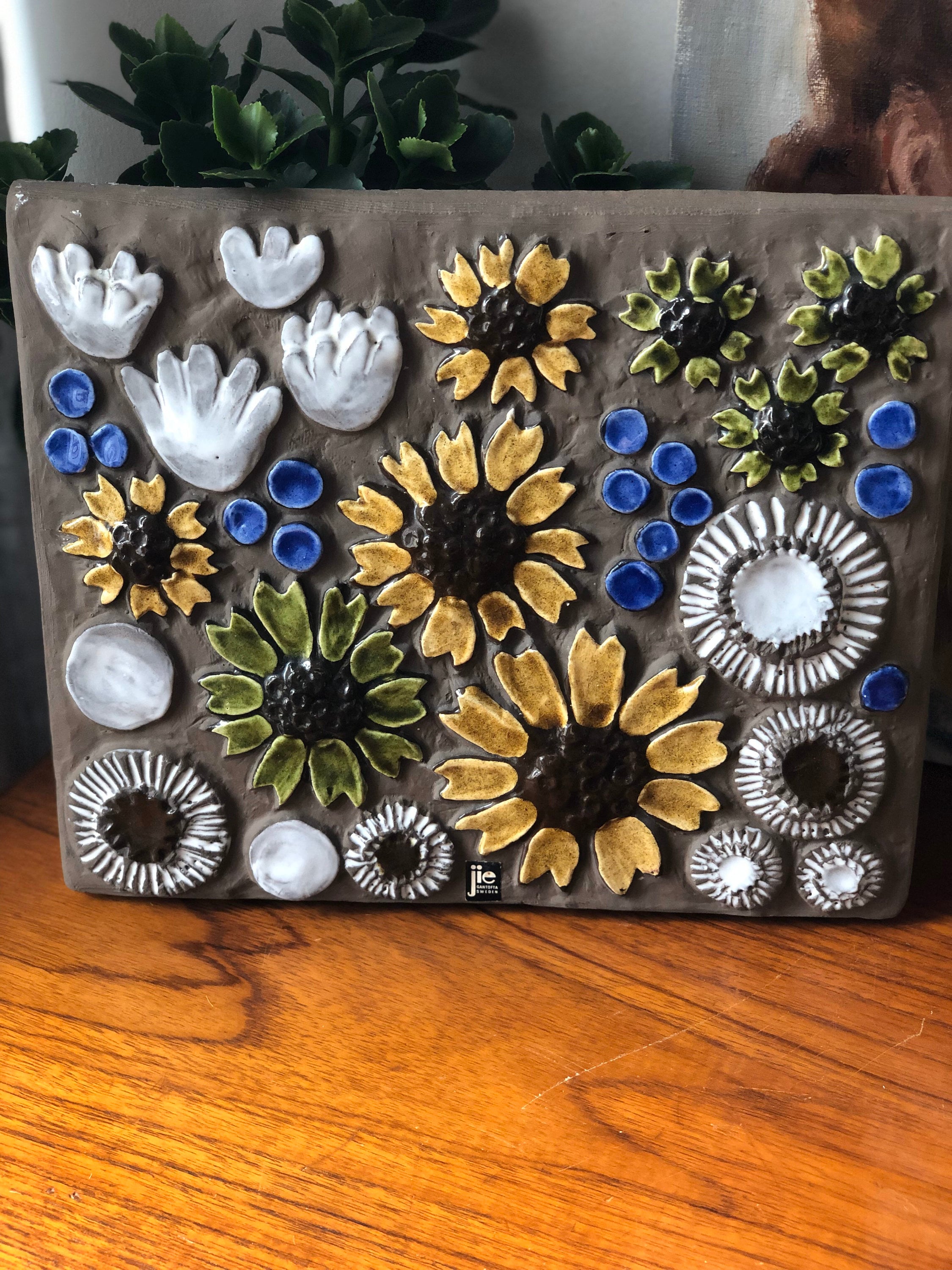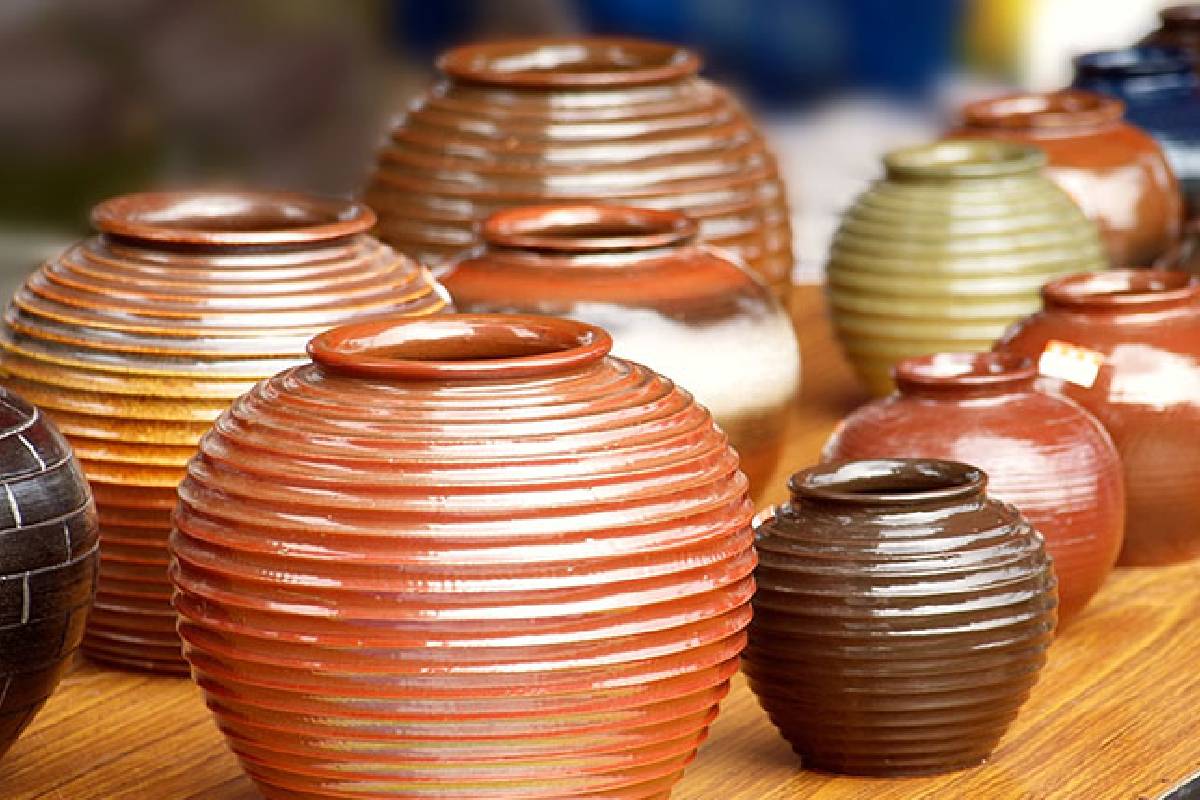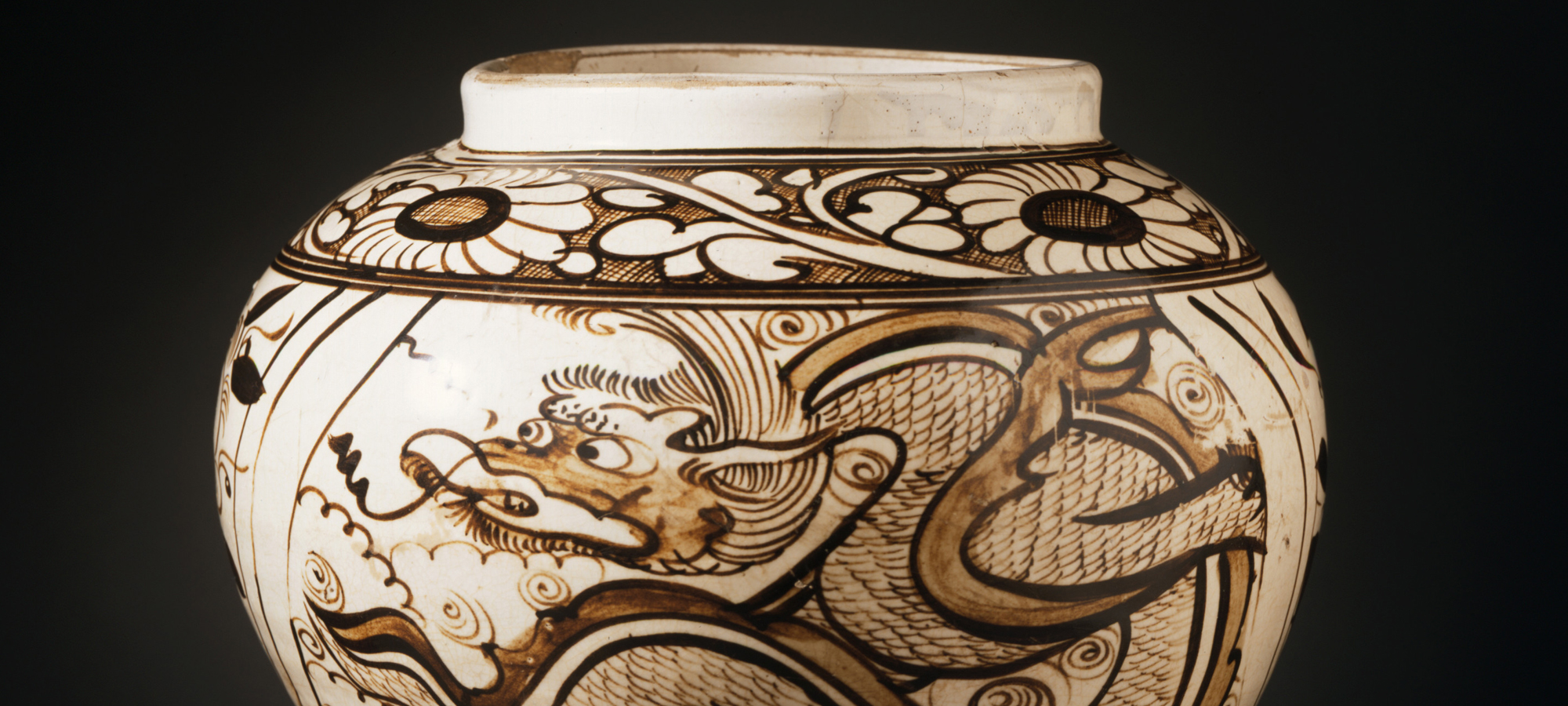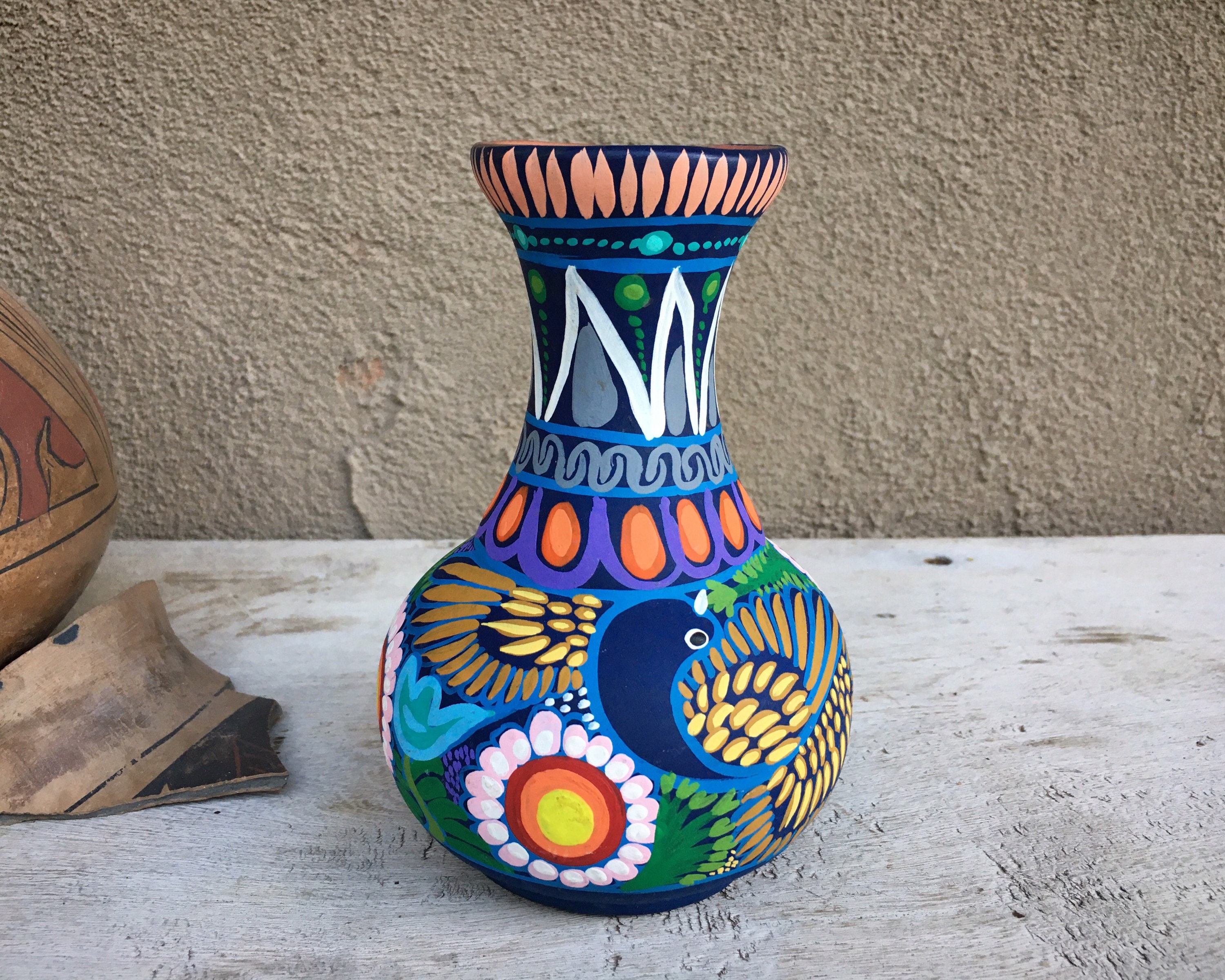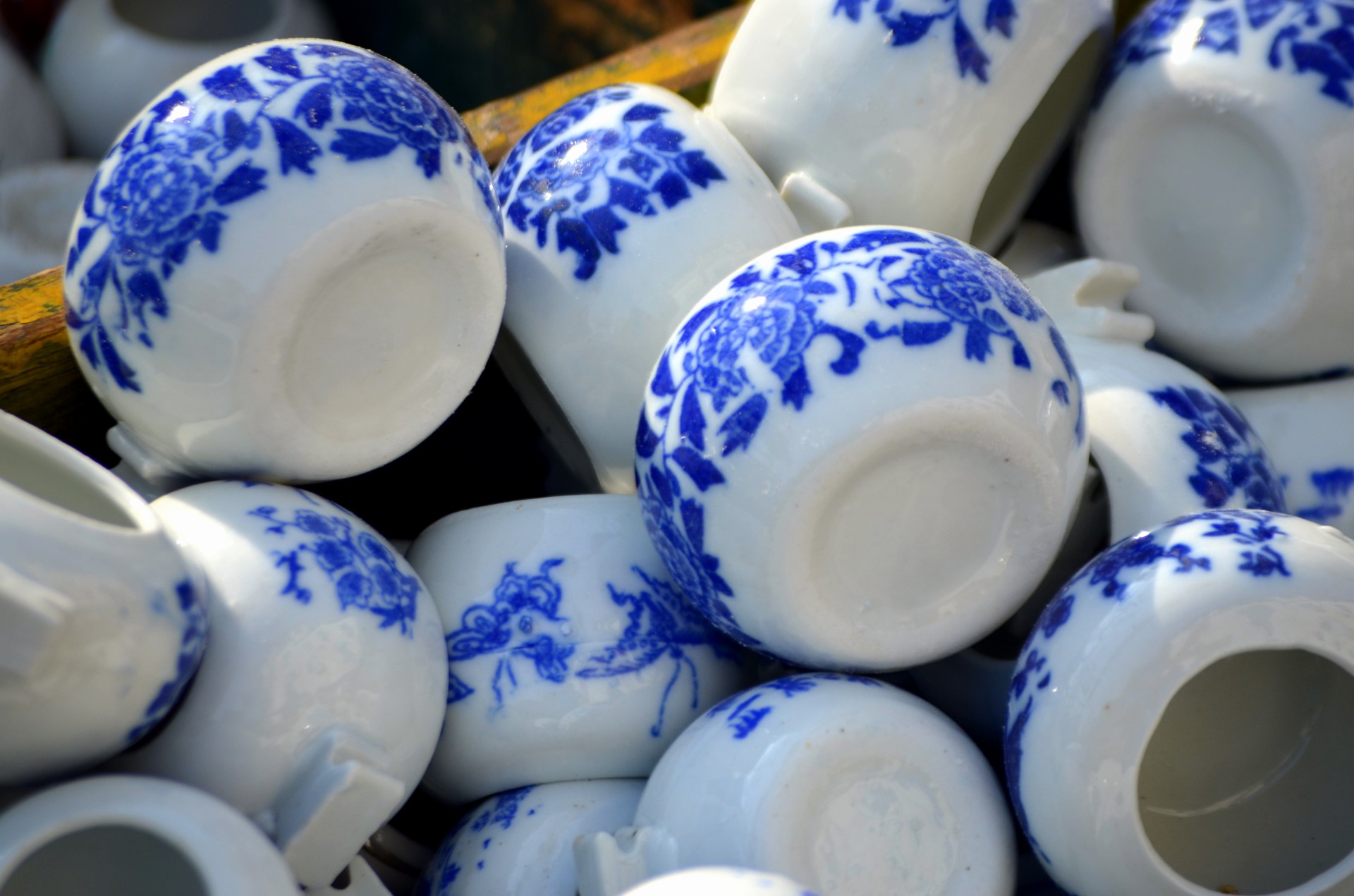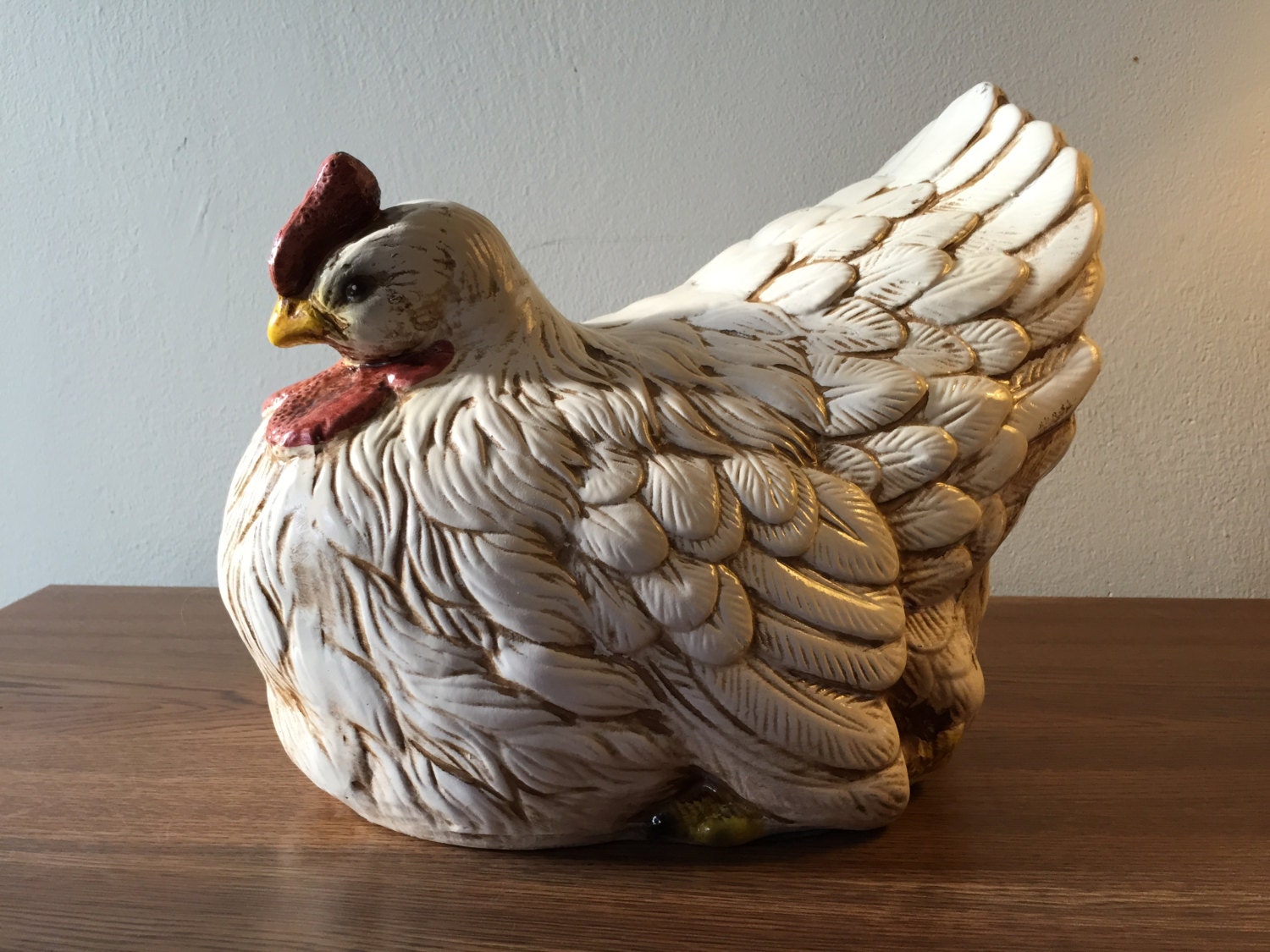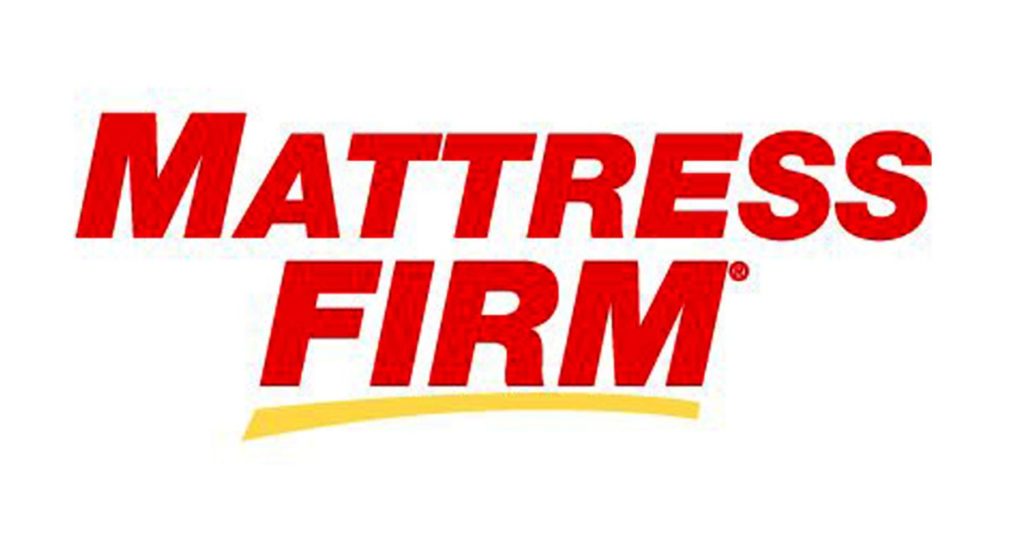Tile is a popular choice for kitchen wall material due to its versatility and durability. It comes in a wide variety of colors, patterns, and textures, making it easy to find the perfect fit for any kitchen design. Ceramic and porcelain tiles are the most common types used for kitchen walls, as they are water-resistant and easy to clean. They are also great for adding a pop of color or creating a bold statement with a unique pattern.Tile
Brick is a timeless and classic choice for kitchen walls. It adds a rustic and warm feel to the space, and can be used as a feature wall or for the entire kitchen. It is also fire-resistant and easy to maintain, making it a practical option for busy kitchens. Exposed brick walls are a popular trend in modern kitchen designs, adding character and charm to the space.Brick
Stone is a luxurious and elegant option for kitchen walls. It can be used in its natural form, such as marble or granite, or in a more affordable and versatile form like faux stone panels. Stone adds texture and depth to the kitchen, and is also heat and scratch-resistant. It is important to seal natural stone walls to ensure they are protected from spills and stains.Stone
Wood is a warm and inviting choice for kitchen walls. It adds a natural and organic feel to the space, and can be used in a variety of styles, from rustic to modern. Reclaimed wood is a popular trend in kitchen design, as it adds character and a sense of history to the space. It is important to properly seal and maintain wood walls to prevent water damage and warping.Wood
Concrete is a durable and modern choice for kitchen walls. It can be used in its natural form, or can be painted or stained for a unique look. Concrete walls are perfect for a minimalist or industrial style kitchen, and can also be used as a backsplash or countertop. It is important to properly seal concrete walls to prevent staining and ensure longevity.Concrete
Glass is a sleek and contemporary choice for kitchen walls. It reflects light and creates an illusion of space, making it perfect for smaller kitchens. Glass walls can also be back-painted to add a pop of color to the space. It is important to use tempered glass for safety and to avoid cracking or shattering.Glass
Stucco is a textured and low-maintenance option for kitchen walls. It is made from a mixture of cement, sand, and water, and can be applied in a variety of textures and colors. Stucco creates a warm and inviting feel in the kitchen and is easy to clean with a damp cloth. It is important to properly seal stucco walls to prevent water damage and staining.Stucco
Metal is a bold and modern choice for kitchen walls. It can be used in its raw form, such as copper or tin, or can be painted for a more polished look. Metal walls add a unique and industrial element to the kitchen and are also heat and water-resistant. It is important to properly seal metal walls to prevent rust and corrosion.Metal
Plaster is a traditional and versatile option for kitchen walls. It can be applied in a smooth or textured finish, and can be painted or left in its natural form. Plaster adds a sense of depth and character to the kitchen, and is also a great option for covering up imperfections on the wall. It is important to properly seal plaster walls to prevent cracking and chipping.Plaster
Ceramic is a durable and affordable option for kitchen walls. It is similar to tile in its water-resistance and ease of maintenance, but is typically smaller and more uniform in size. Ceramic walls can be used in a variety of colors and patterns, and are a great choice for creating a clean and classic look in the kitchen. It is important to properly seal ceramic walls to prevent grout stains and keep them looking new.Ceramic
The Importance of Choosing the Right Kitchen Wall Material

Enhancing Aesthetics and Functionality
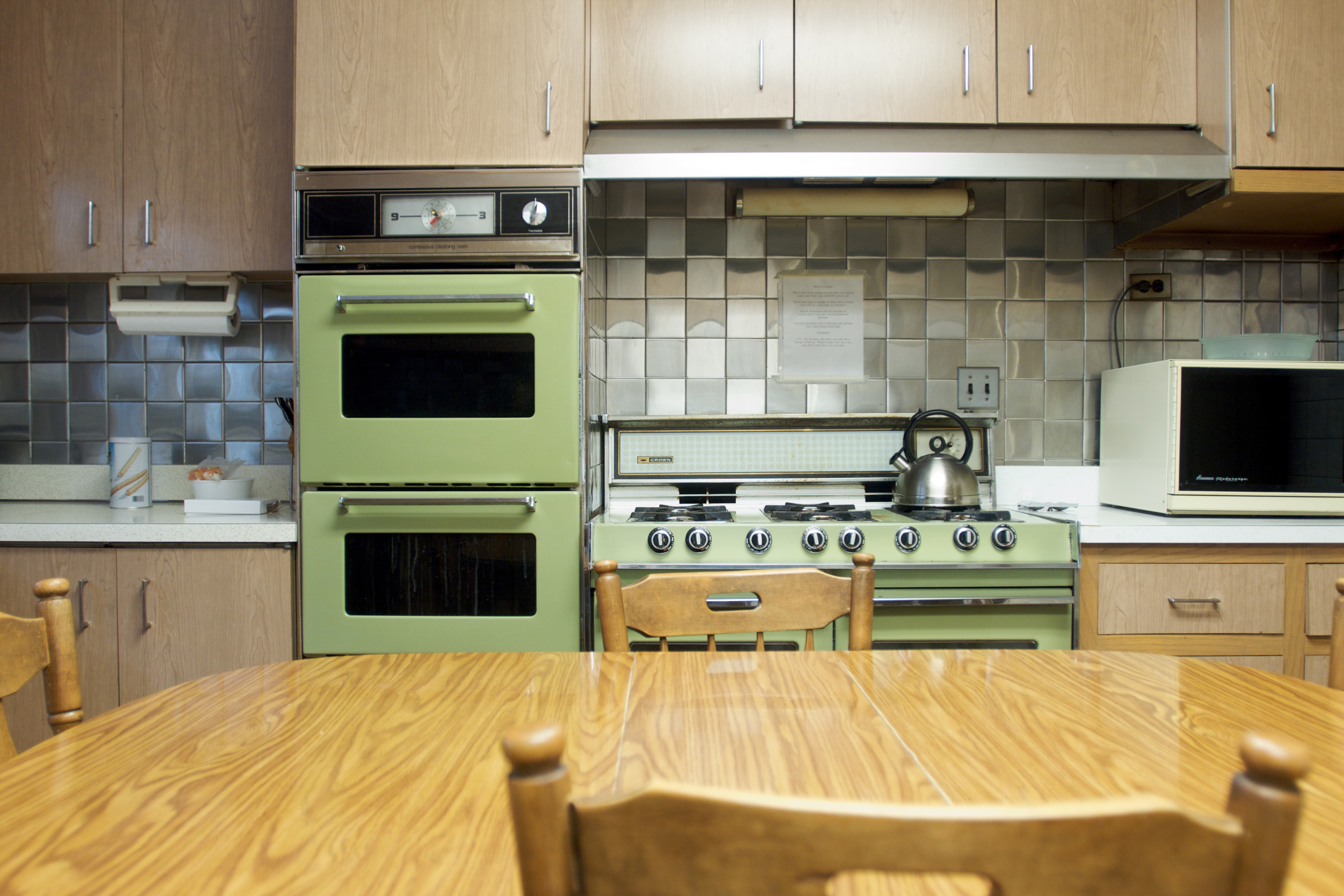 When it comes to designing a house, the kitchen is often considered the heart of the home. It is where meals are prepared, memories are made, and families gather together. As such, the kitchen is one of the most important areas to consider when it comes to house design. One crucial element of kitchen design is the choice of wall material, as it not only affects the aesthetics of the space but also its functionality.
Kitchen wall material
serves as the backdrop for the entire kitchen and can greatly impact the overall look and feel of the space. The right material can enhance the design and create a cohesive and visually appealing look. On the other hand, the wrong material can disrupt the flow of the kitchen and make it feel disjointed. Therefore, it is essential to carefully consider the
material
that will best complement the kitchen's style and design.
When it comes to designing a house, the kitchen is often considered the heart of the home. It is where meals are prepared, memories are made, and families gather together. As such, the kitchen is one of the most important areas to consider when it comes to house design. One crucial element of kitchen design is the choice of wall material, as it not only affects the aesthetics of the space but also its functionality.
Kitchen wall material
serves as the backdrop for the entire kitchen and can greatly impact the overall look and feel of the space. The right material can enhance the design and create a cohesive and visually appealing look. On the other hand, the wrong material can disrupt the flow of the kitchen and make it feel disjointed. Therefore, it is essential to carefully consider the
material
that will best complement the kitchen's style and design.
Durability and Maintenance
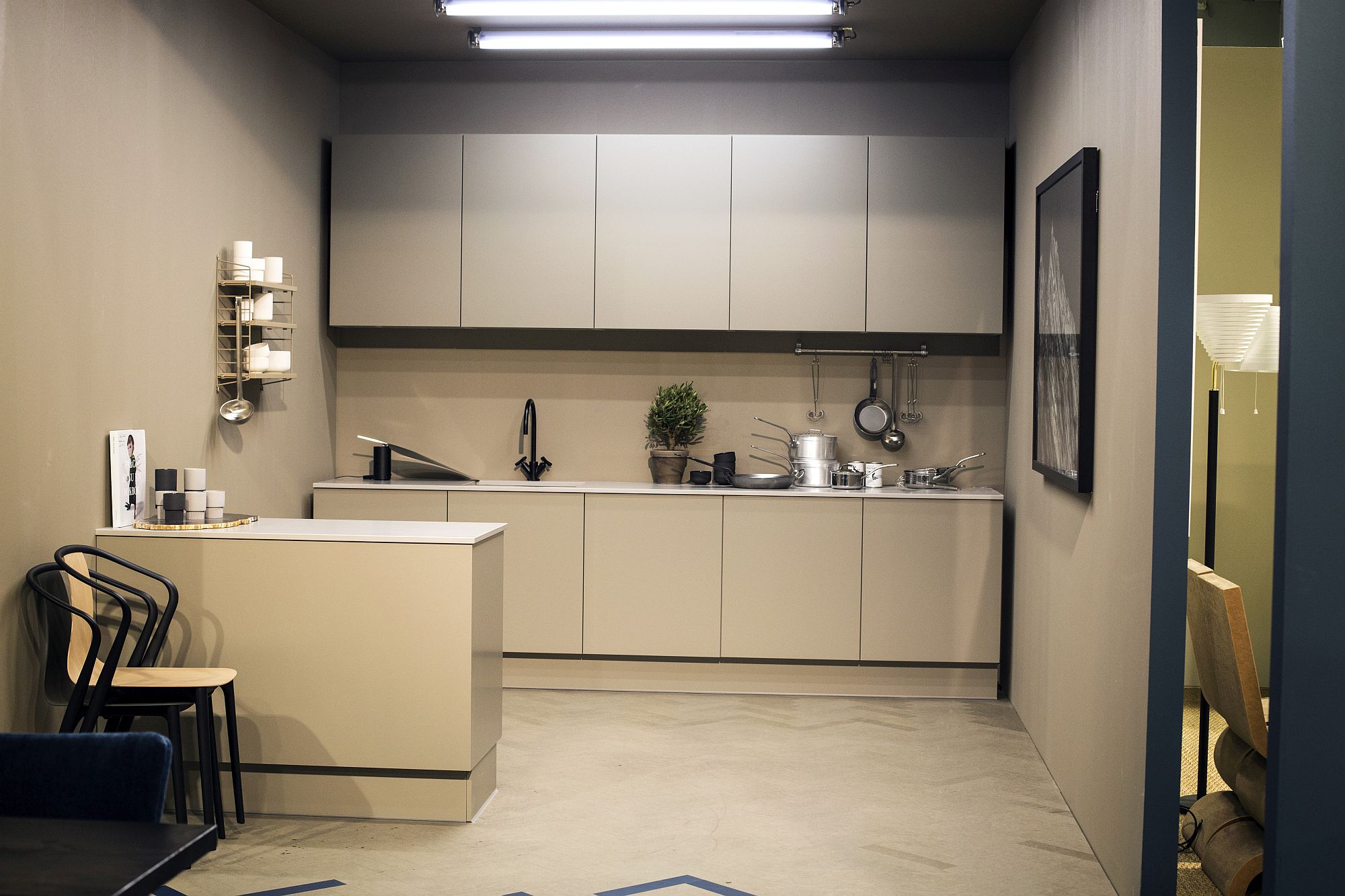 Apart from aesthetics,
kitchen wall material
also plays a crucial role in the functionality of the space. The kitchen is a high-traffic area, and the walls are prone to wear and tear, from cooking splatters to accidental spills. Choosing a durable material that can withstand these daily occurrences is essential. Additionally, the material should be easy to clean and maintain to keep the kitchen looking its best.
Apart from aesthetics,
kitchen wall material
also plays a crucial role in the functionality of the space. The kitchen is a high-traffic area, and the walls are prone to wear and tear, from cooking splatters to accidental spills. Choosing a durable material that can withstand these daily occurrences is essential. Additionally, the material should be easy to clean and maintain to keep the kitchen looking its best.
Options for Kitchen Wall Material
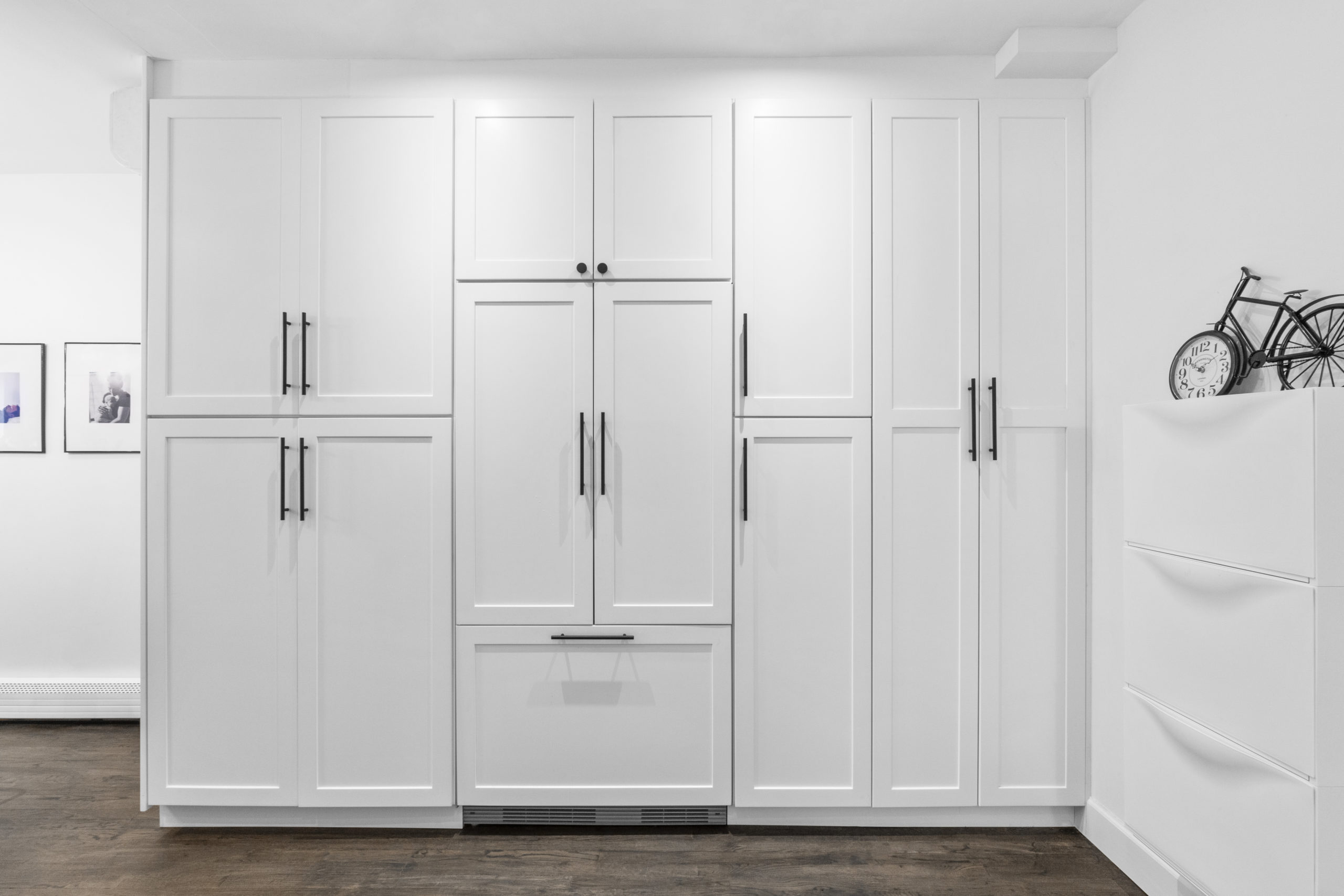 There are numerous options available for kitchen wall material, each with its own unique features and benefits.
Tiles
are a popular choice for their durability, versatility, and variety of designs.
Paint
is another popular option, offering a range of colors and finishes to suit any kitchen design.
Wood paneling
adds a warm and cozy feel to the kitchen, while
stone
provides a natural and rustic look. Ultimately, the right
kitchen wall material
will depend on the homeowner's personal style, budget, and needs.
In conclusion, the choice of
kitchen wall material
is crucial in creating a functional and visually appealing kitchen. It not only enhances the aesthetics of the space but also provides durability and ease of maintenance. With a variety of options available, homeowners can choose the perfect
material
that best suits their style and needs, creating a beautiful and functional kitchen for years to come.
There are numerous options available for kitchen wall material, each with its own unique features and benefits.
Tiles
are a popular choice for their durability, versatility, and variety of designs.
Paint
is another popular option, offering a range of colors and finishes to suit any kitchen design.
Wood paneling
adds a warm and cozy feel to the kitchen, while
stone
provides a natural and rustic look. Ultimately, the right
kitchen wall material
will depend on the homeowner's personal style, budget, and needs.
In conclusion, the choice of
kitchen wall material
is crucial in creating a functional and visually appealing kitchen. It not only enhances the aesthetics of the space but also provides durability and ease of maintenance. With a variety of options available, homeowners can choose the perfect
material
that best suits their style and needs, creating a beautiful and functional kitchen for years to come.

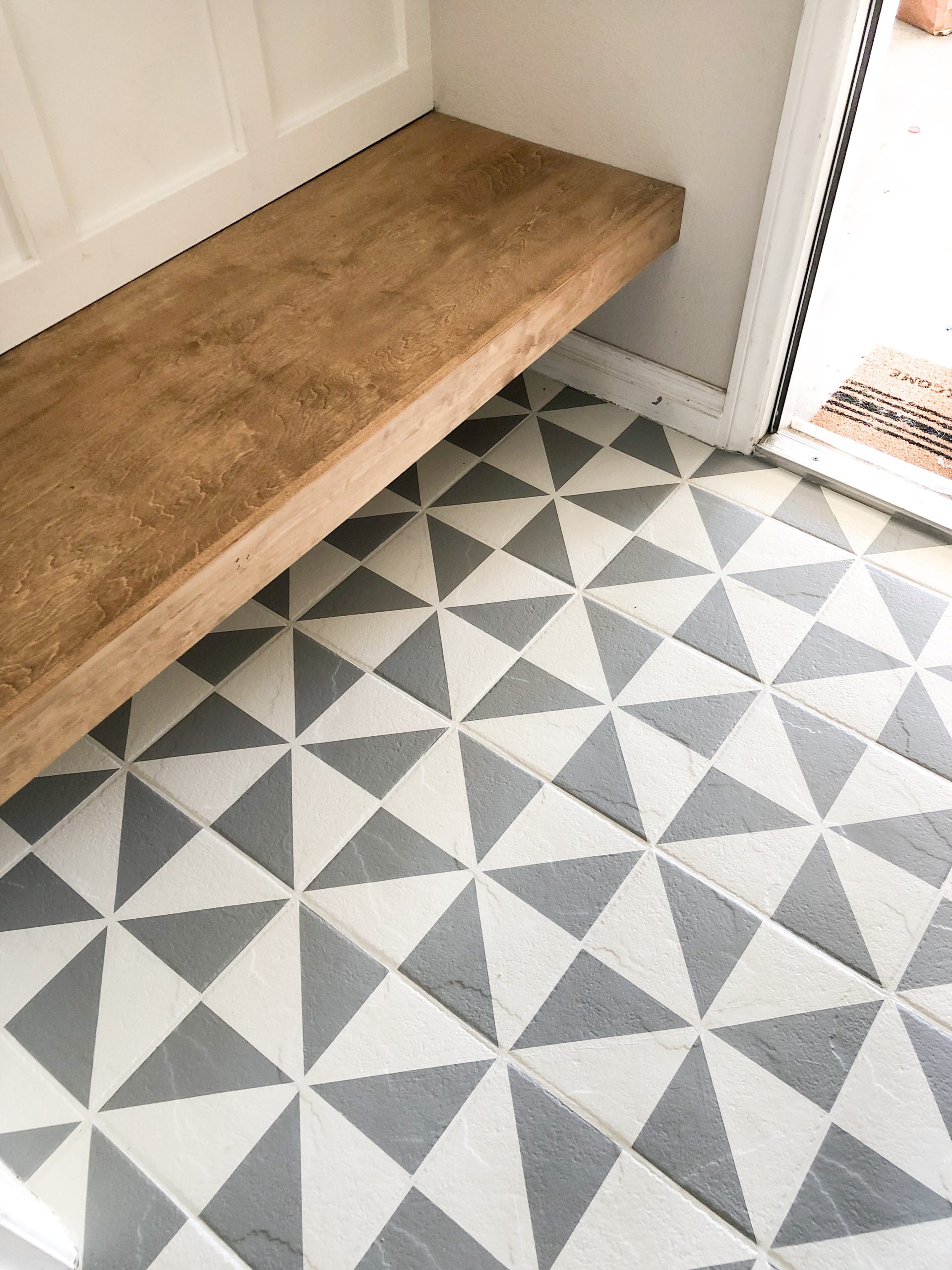
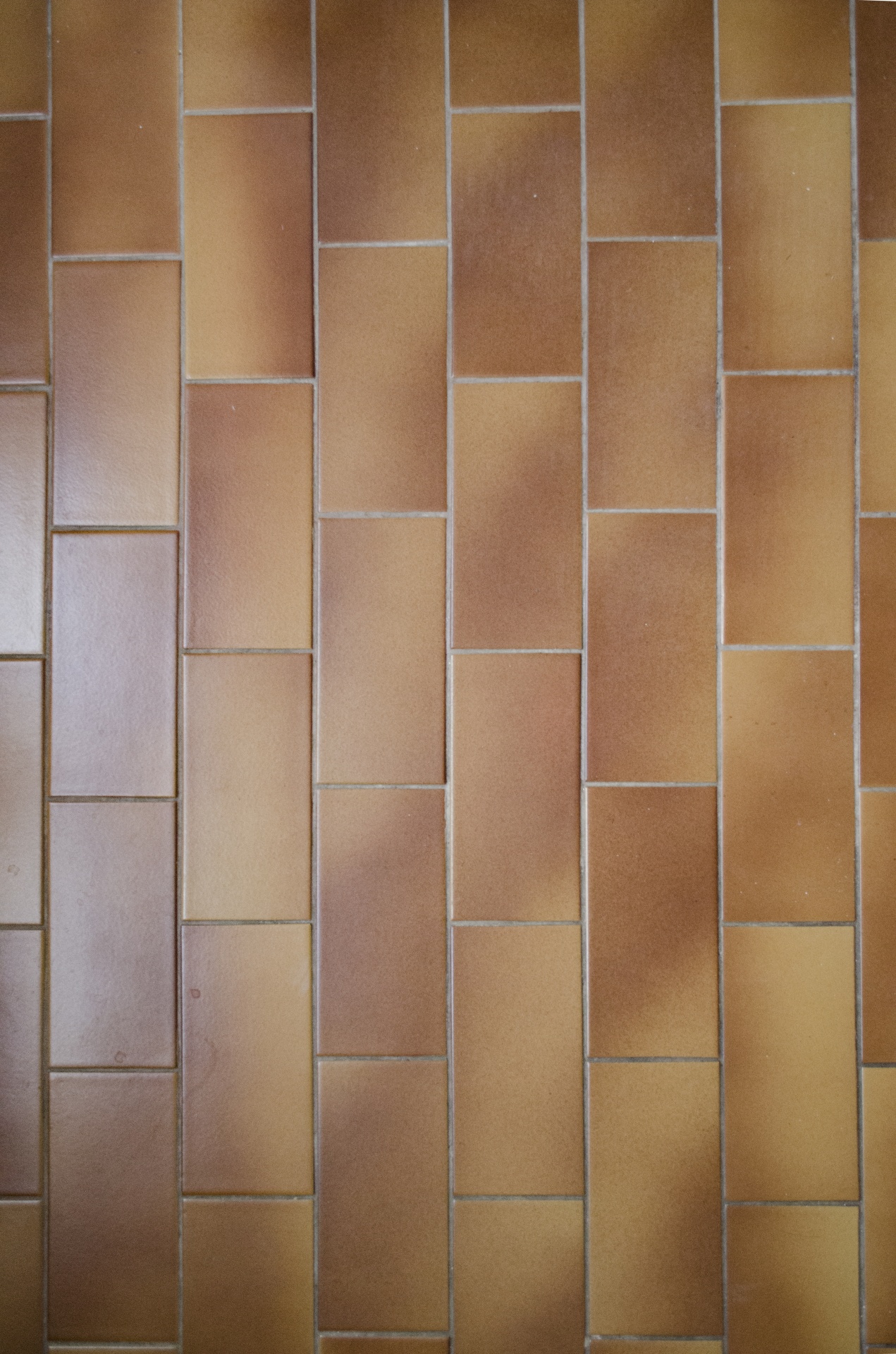




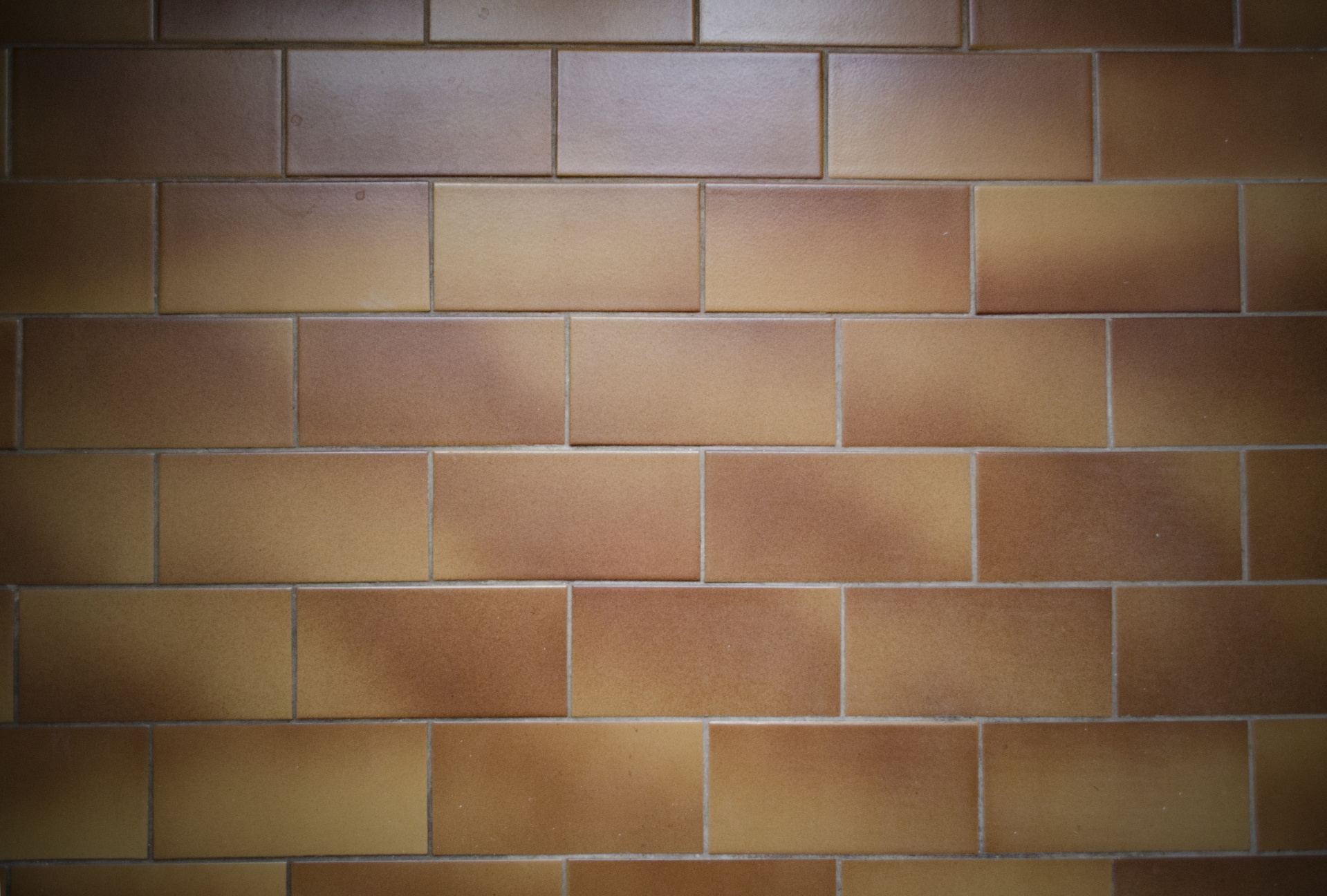
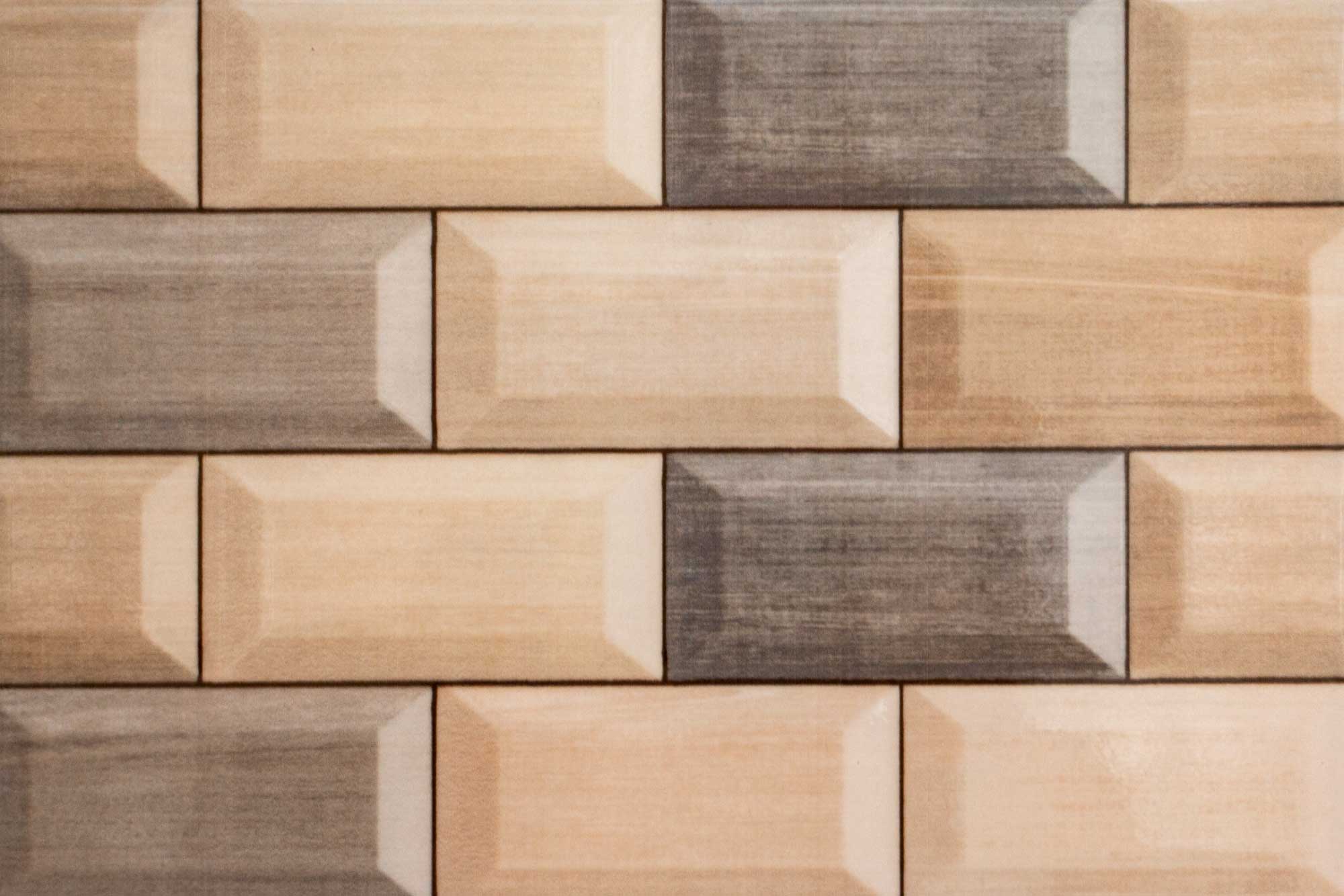


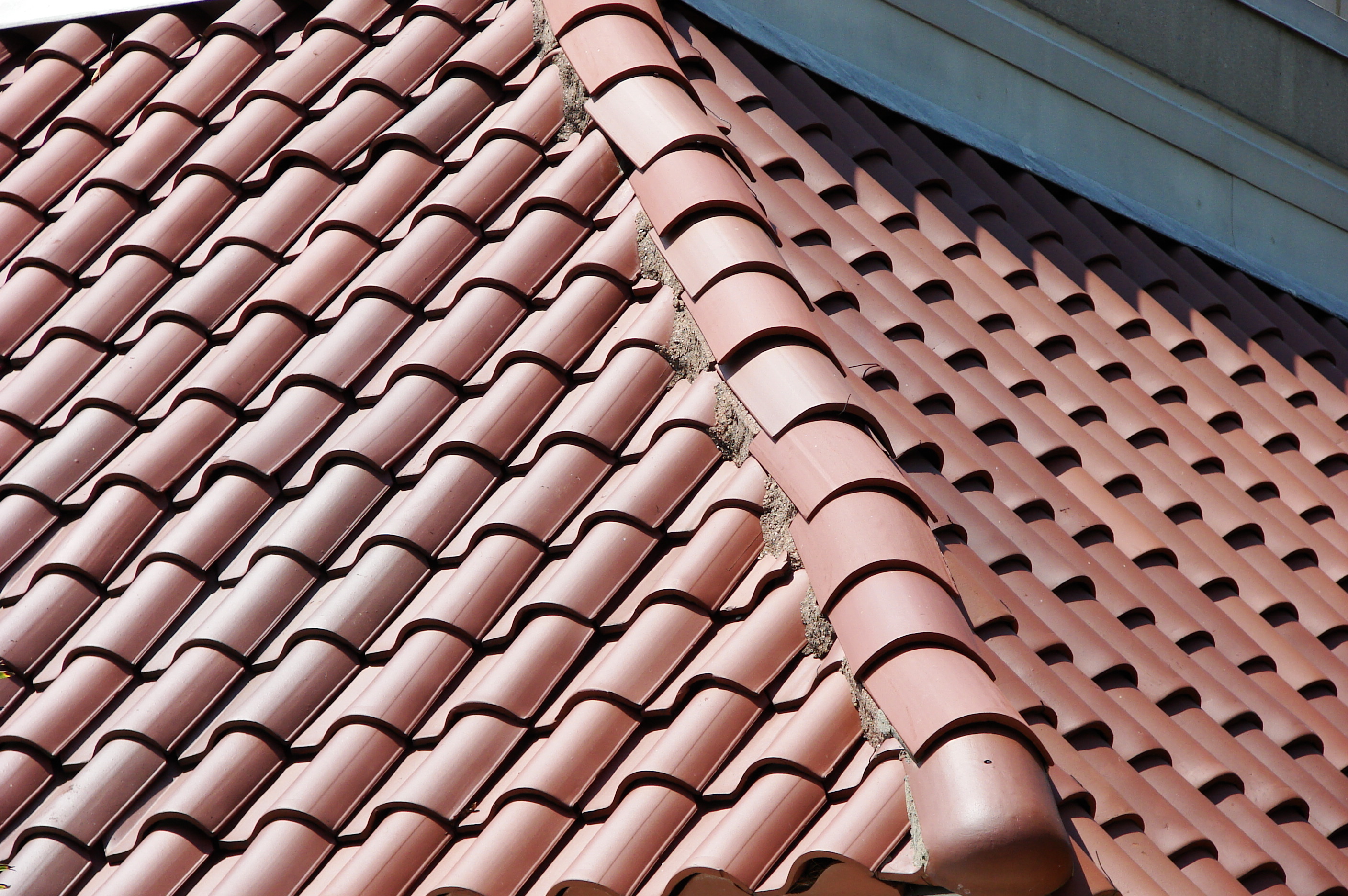
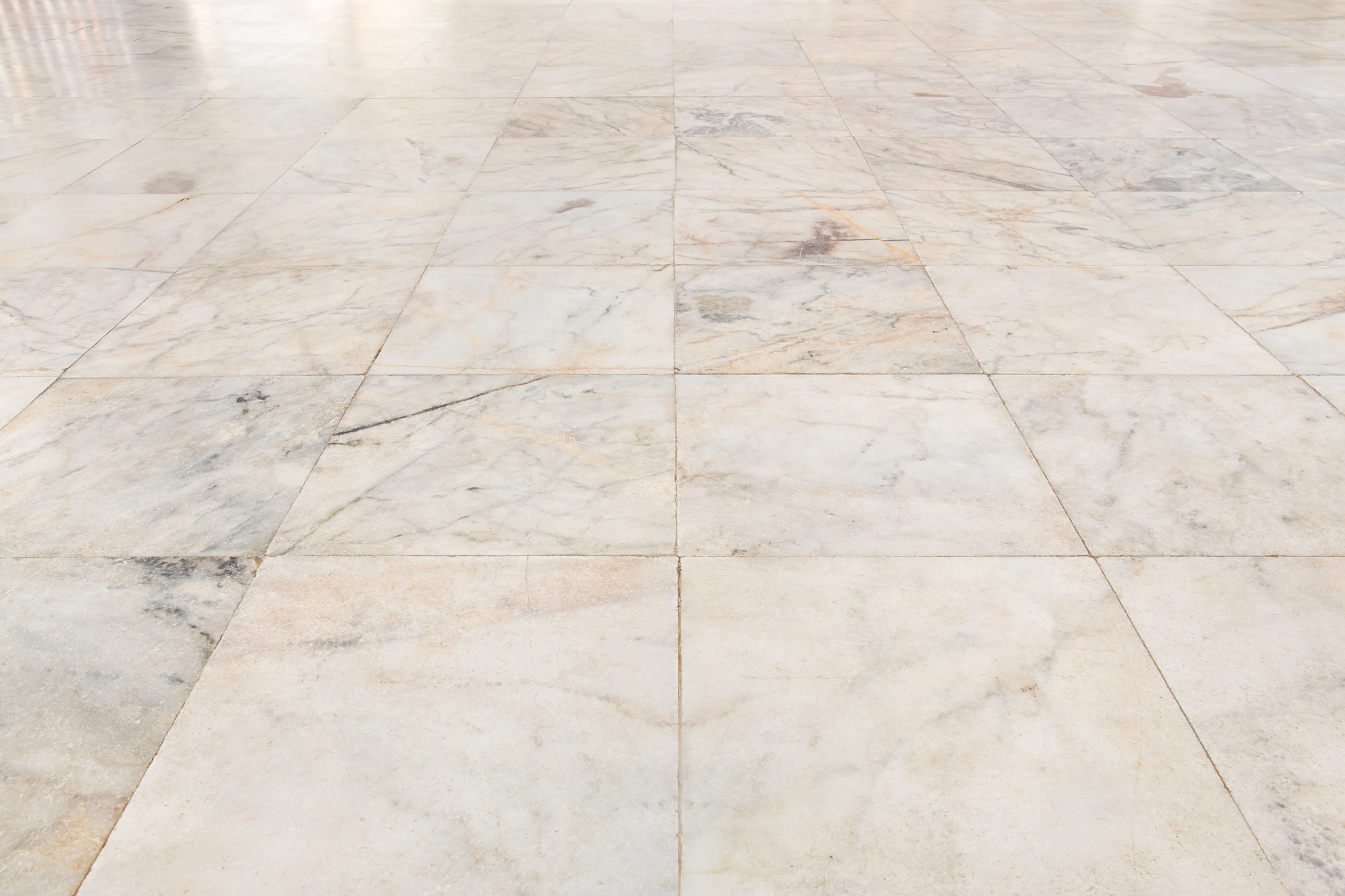

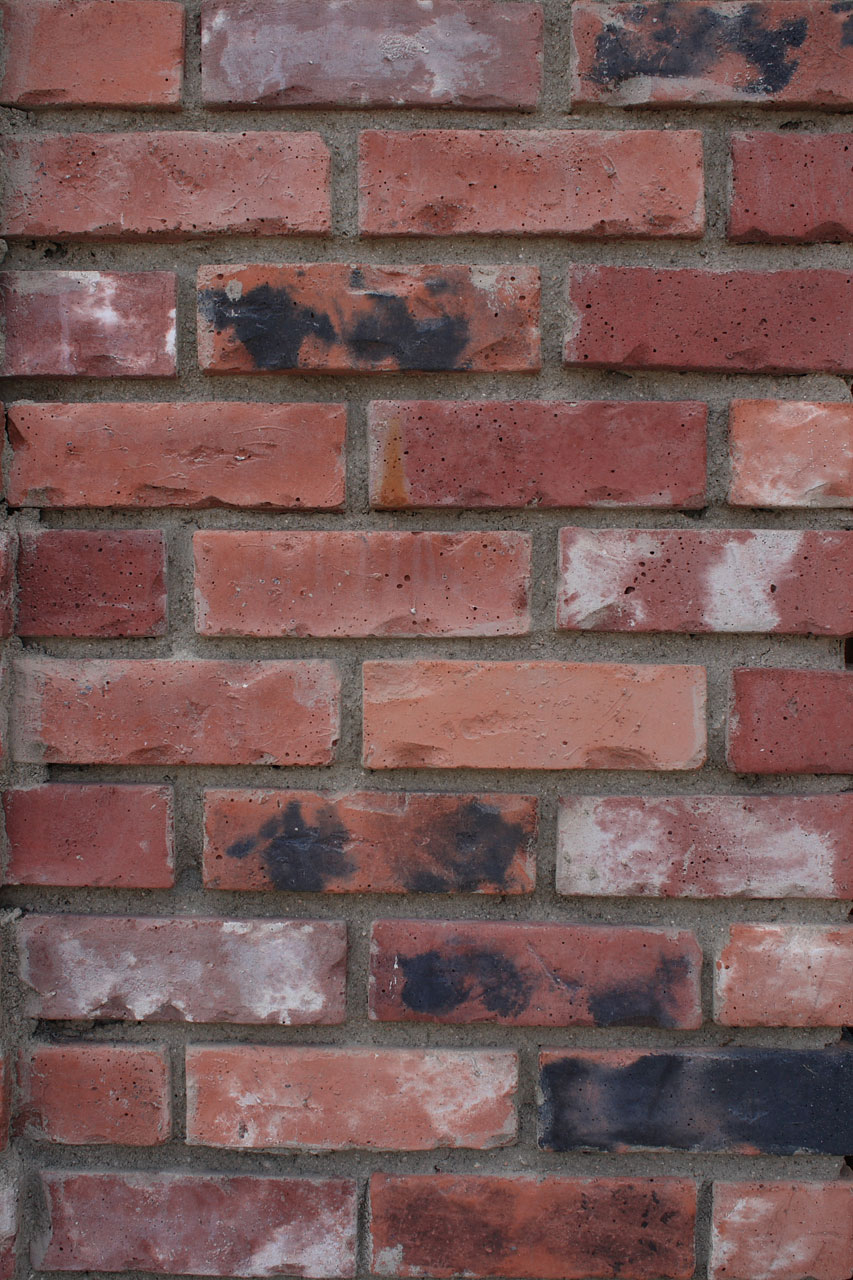

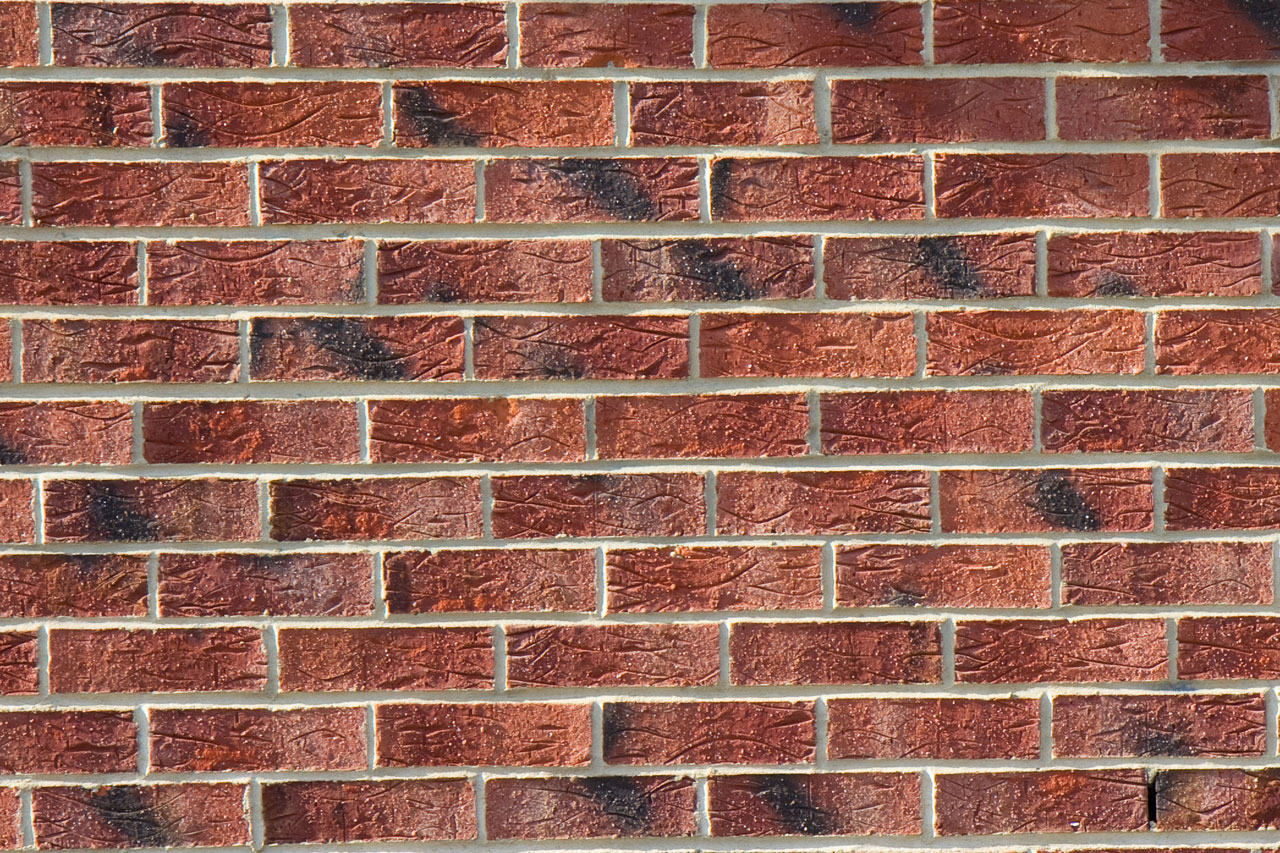


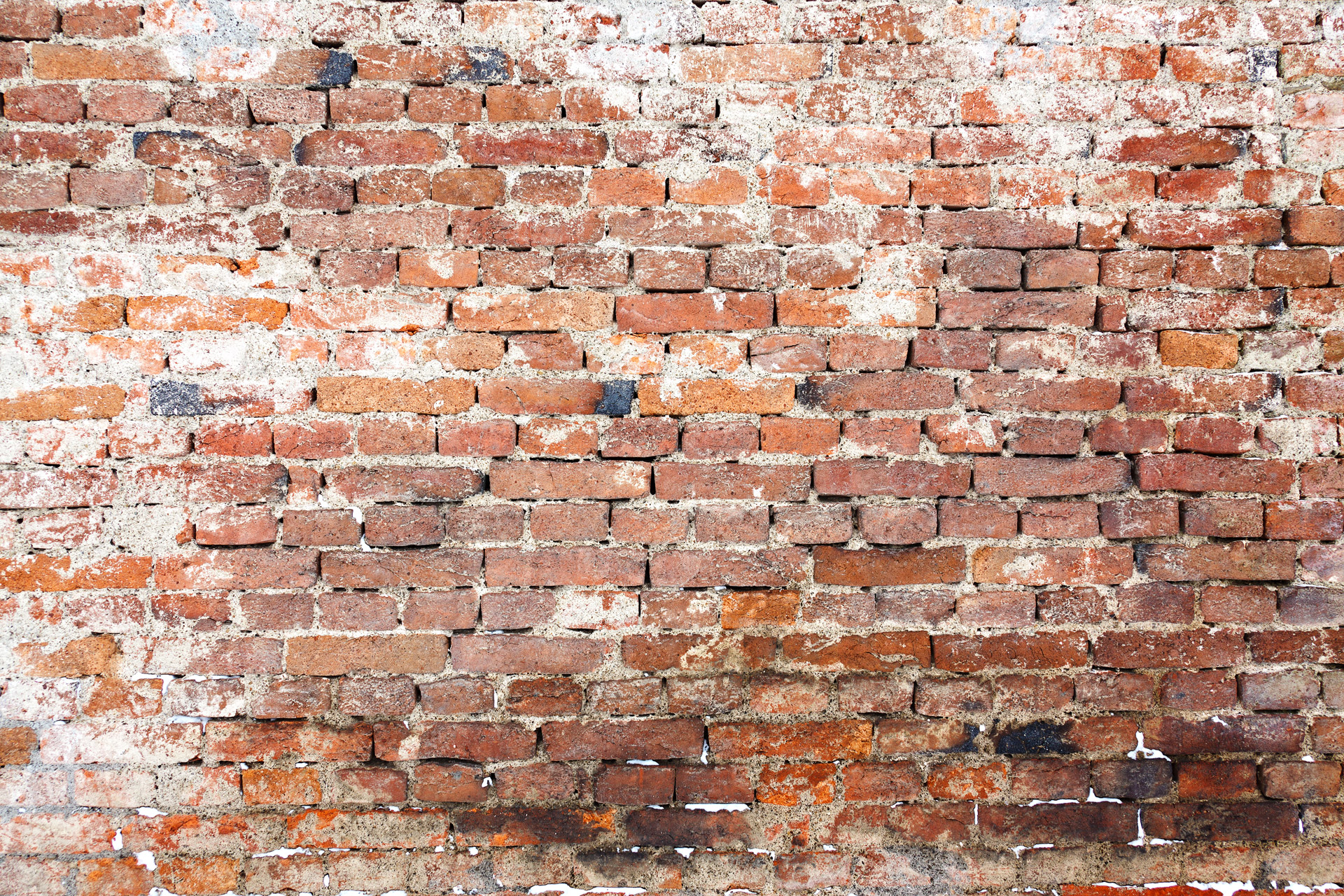
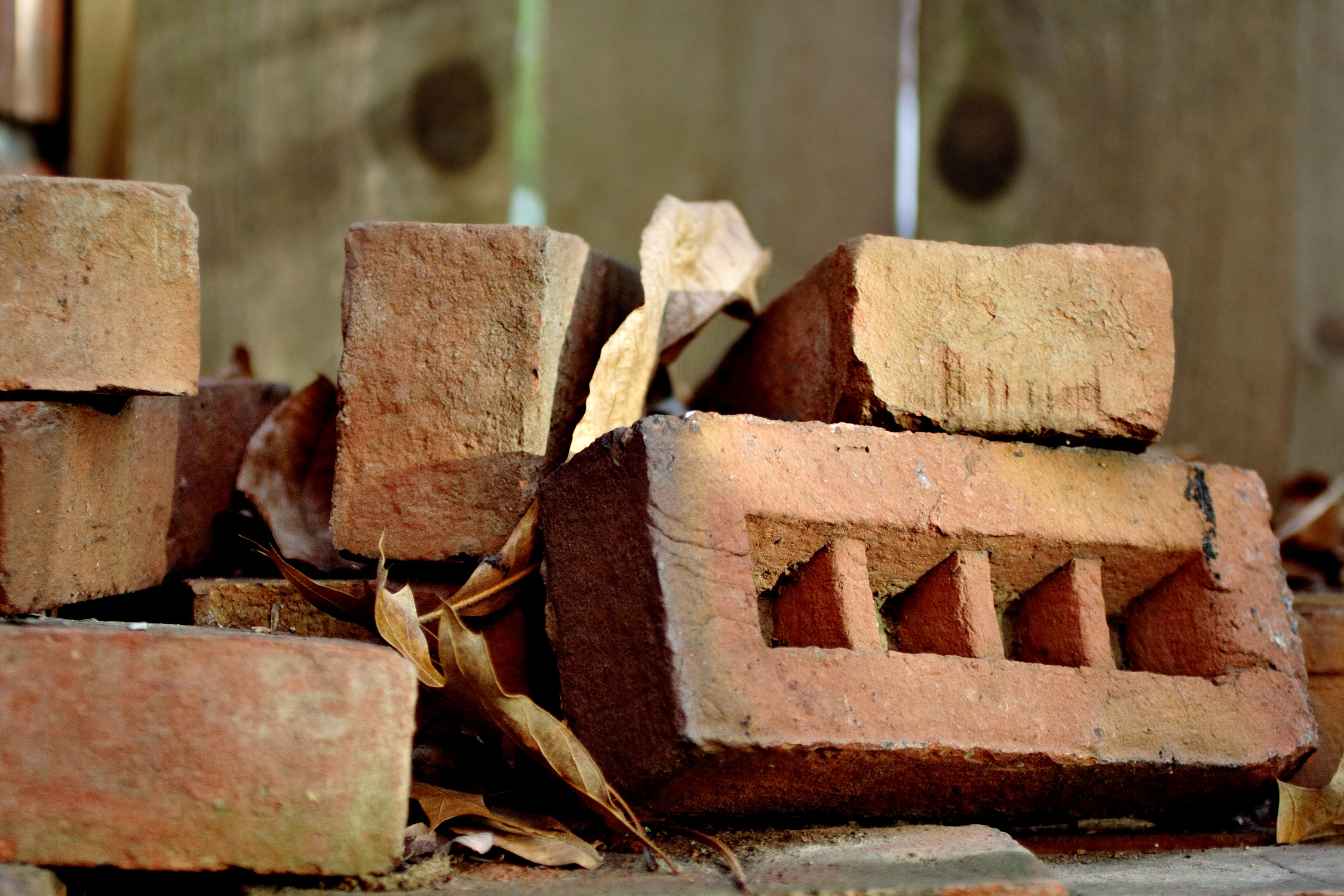

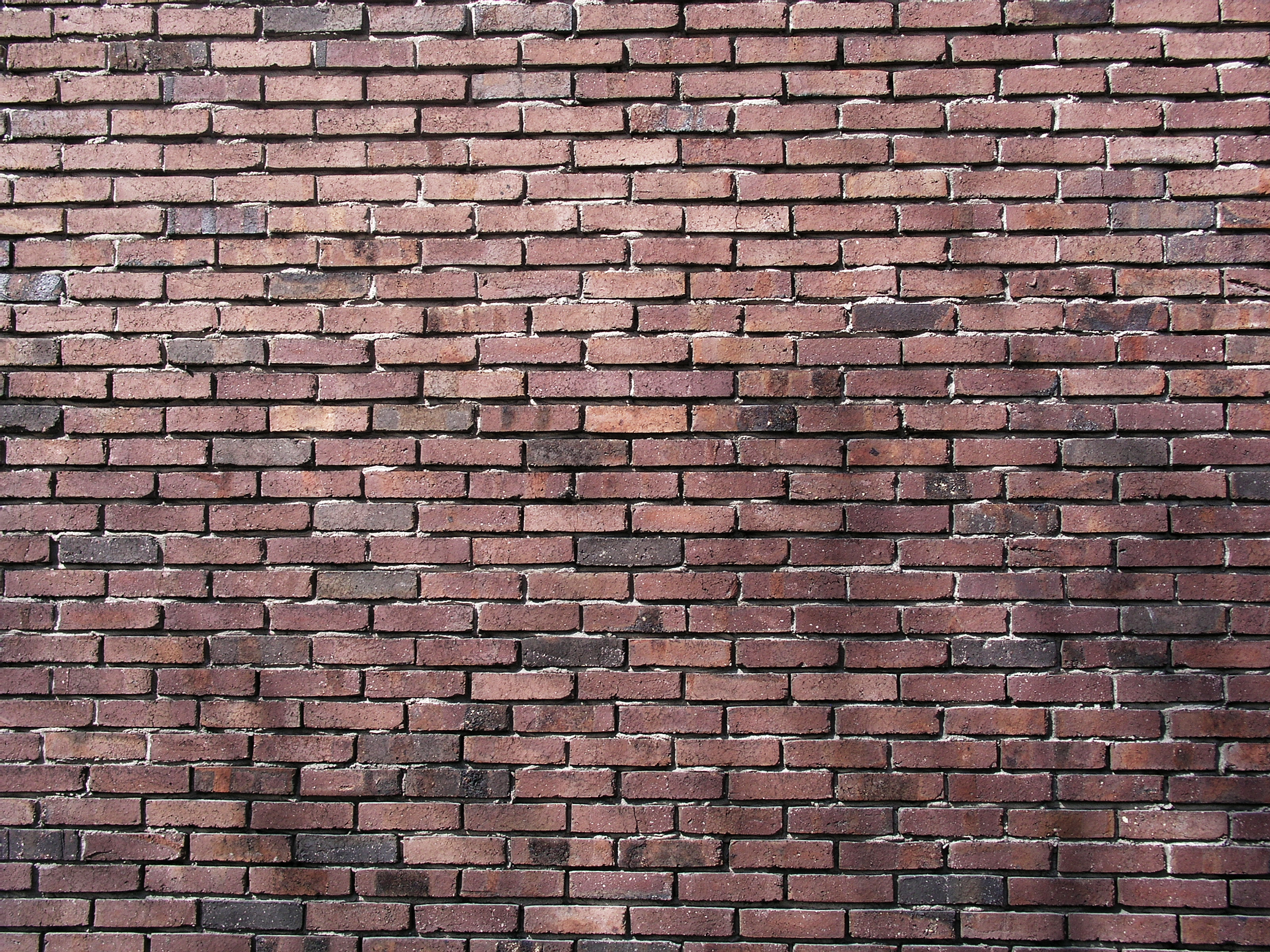



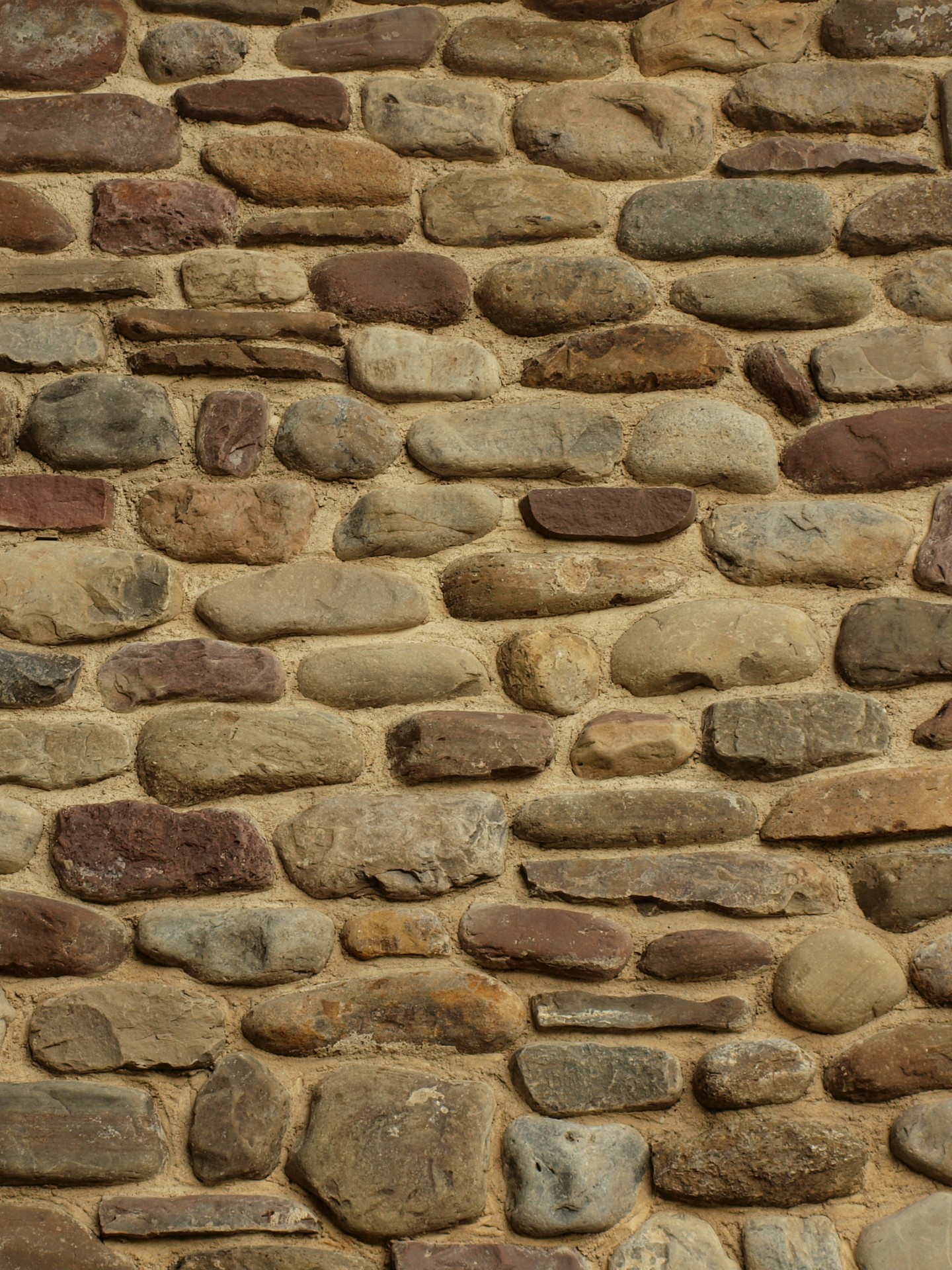
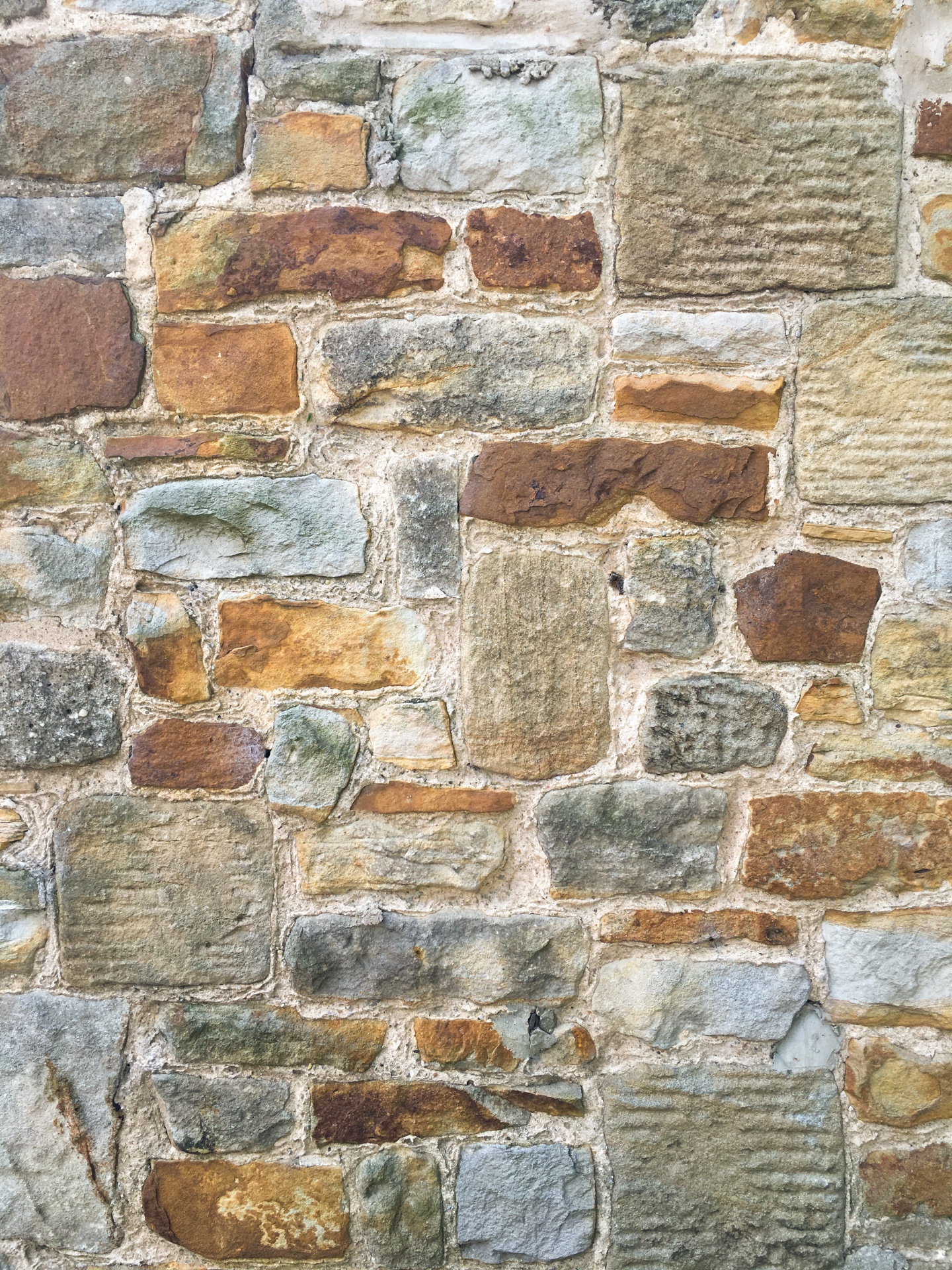



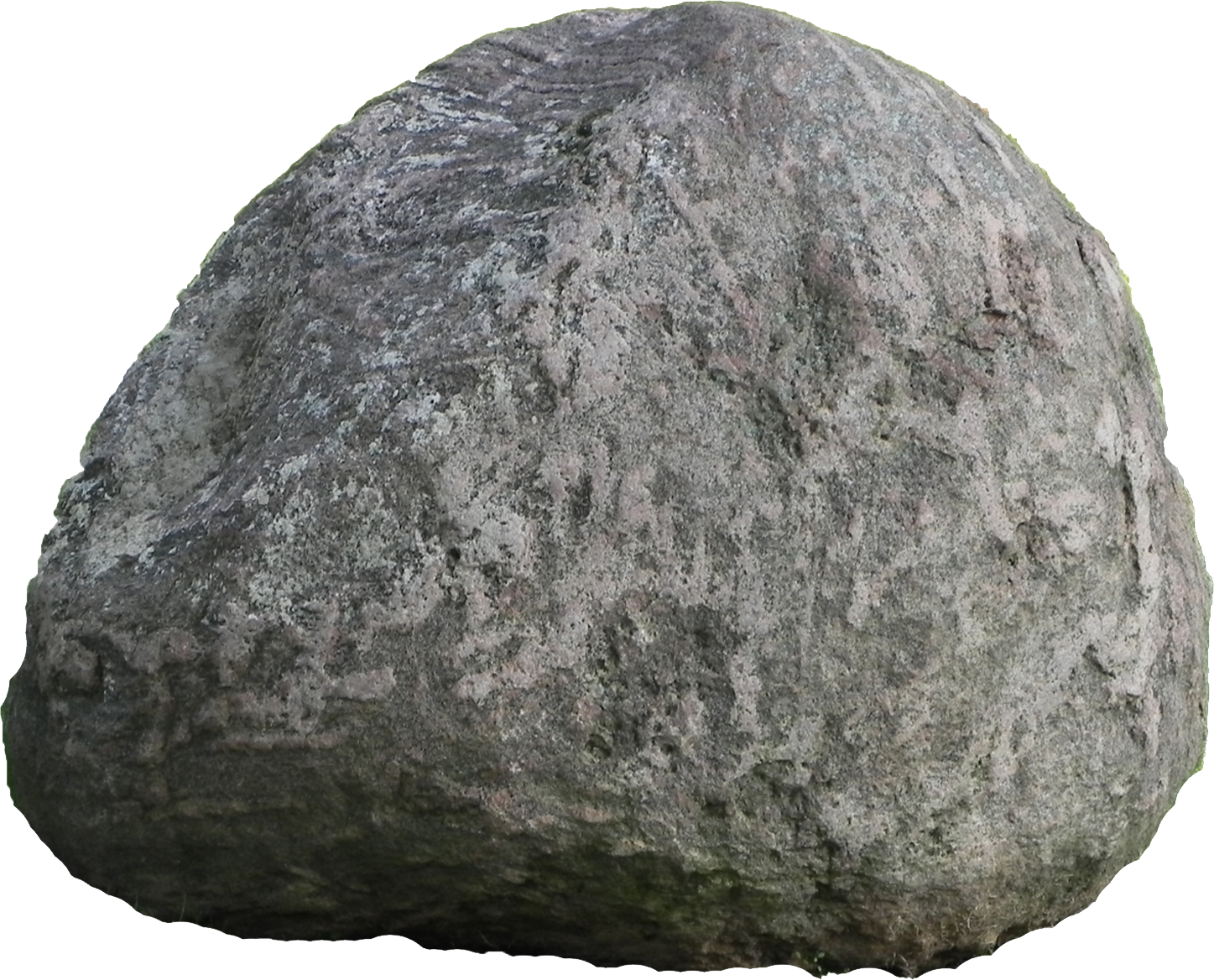


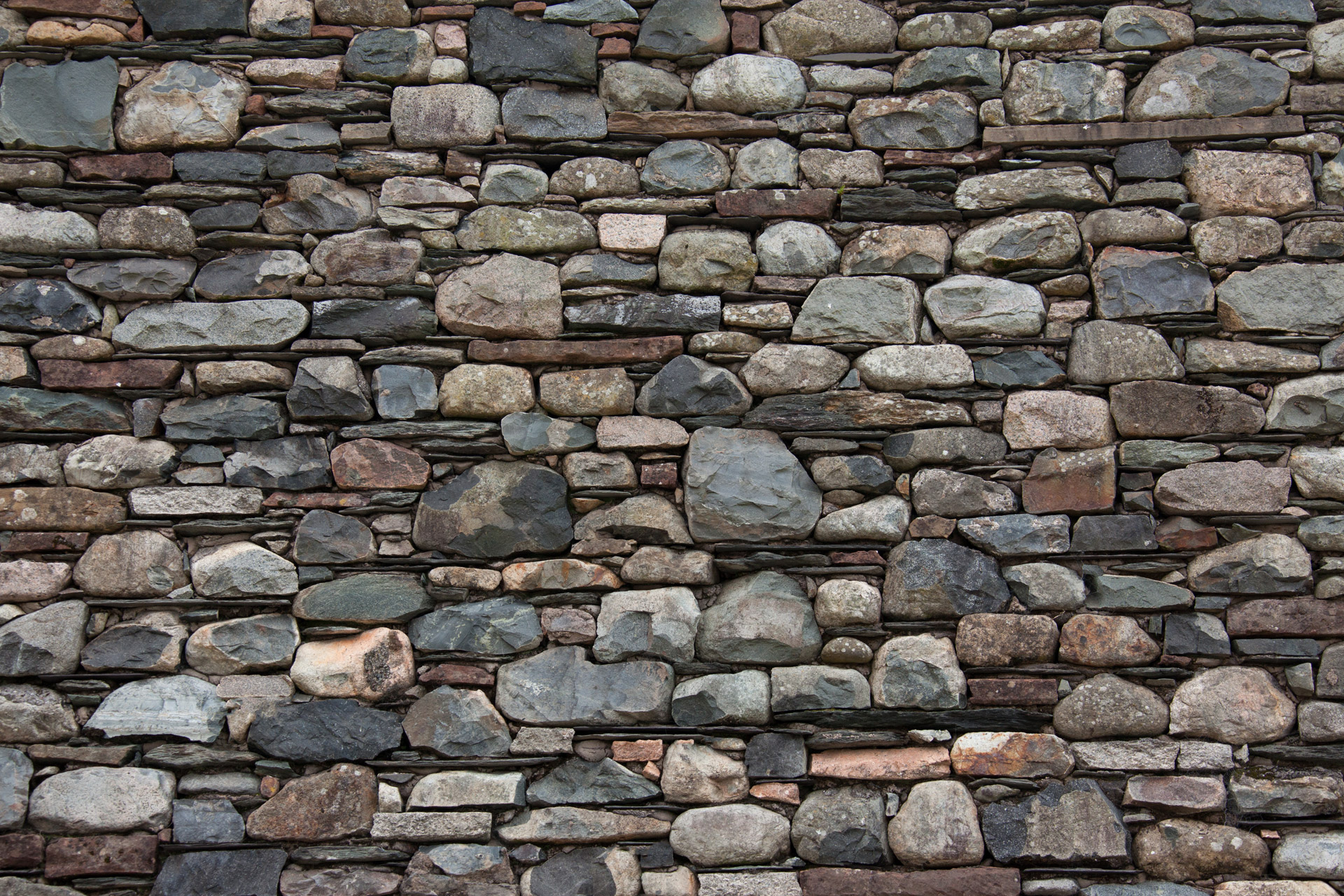

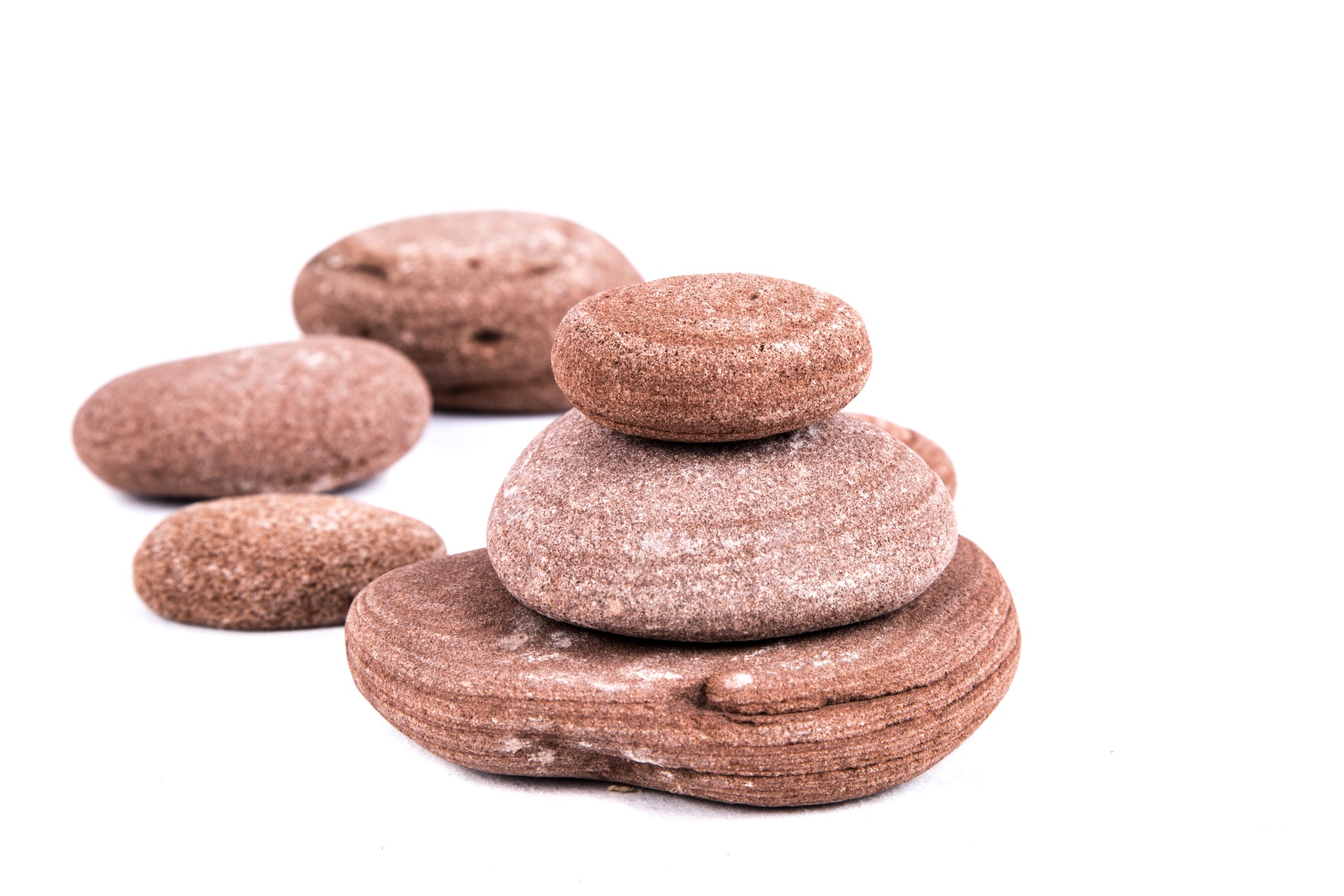
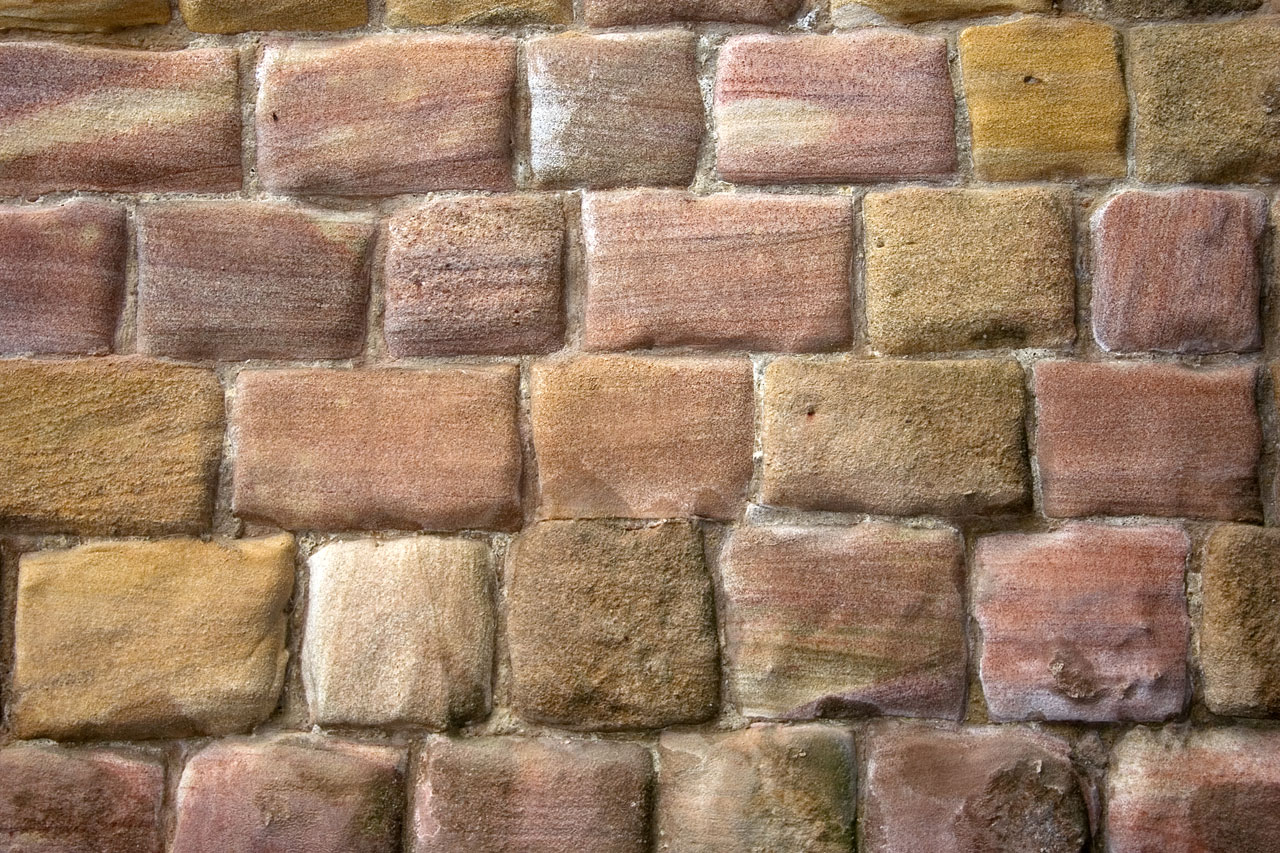
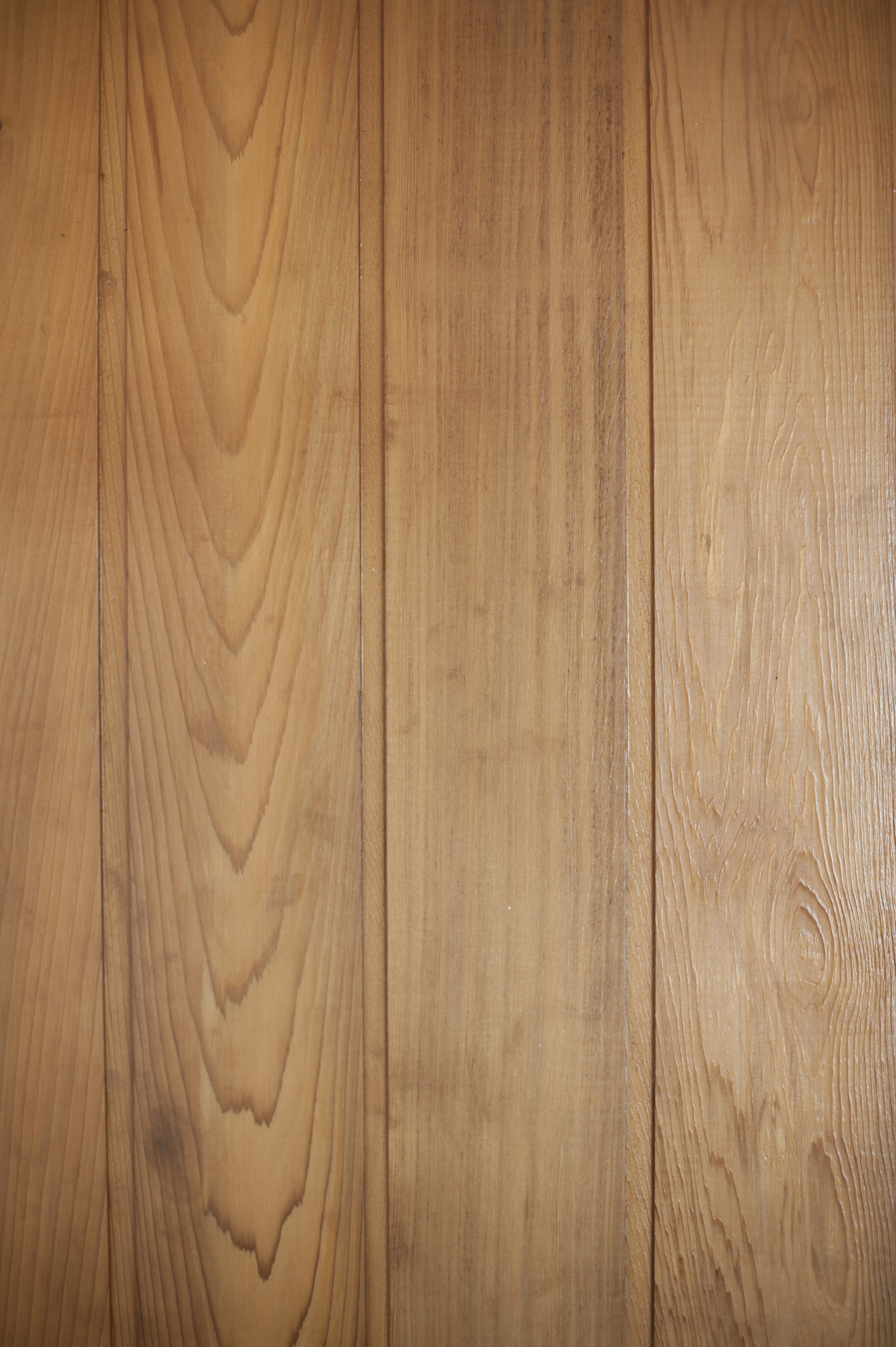



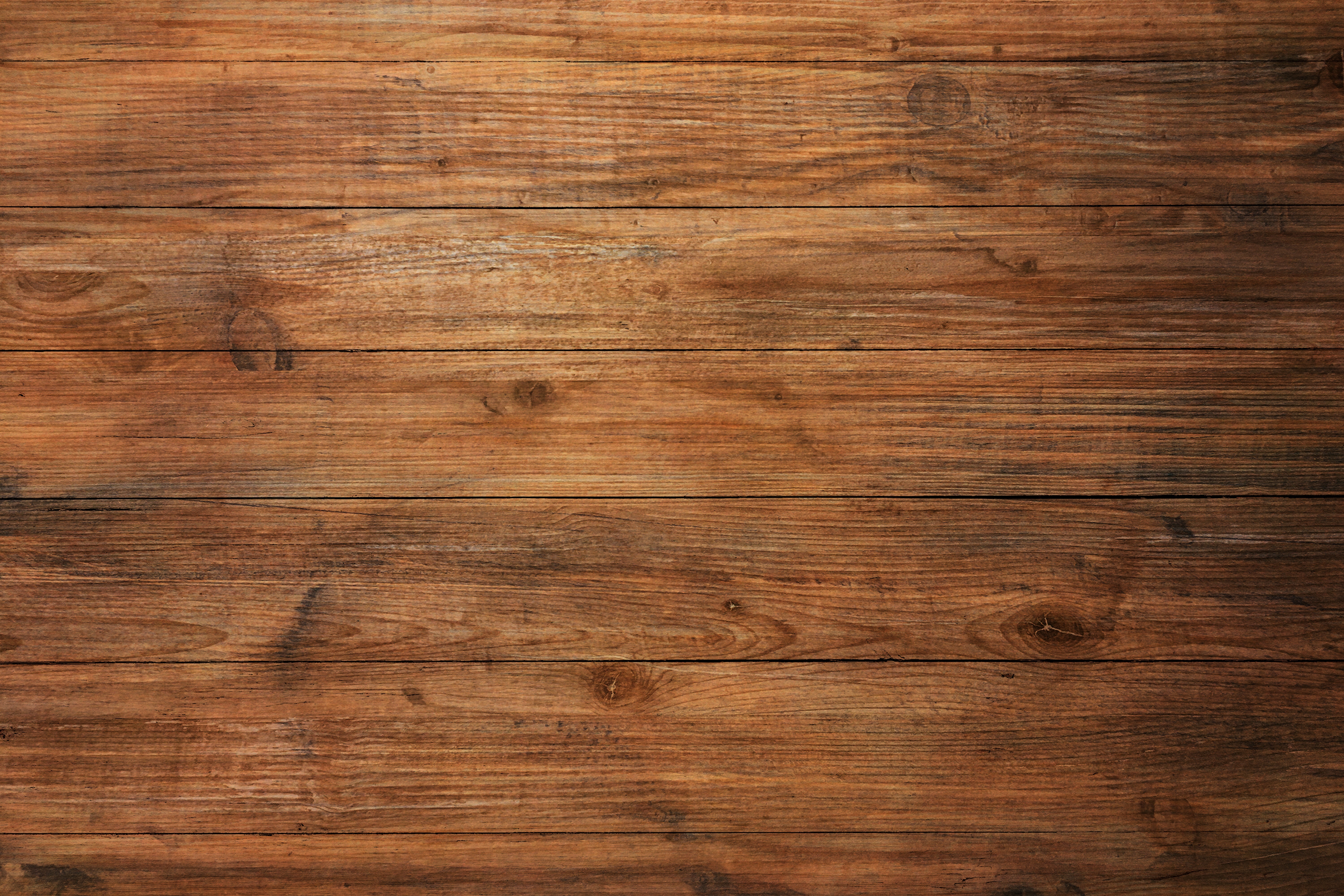

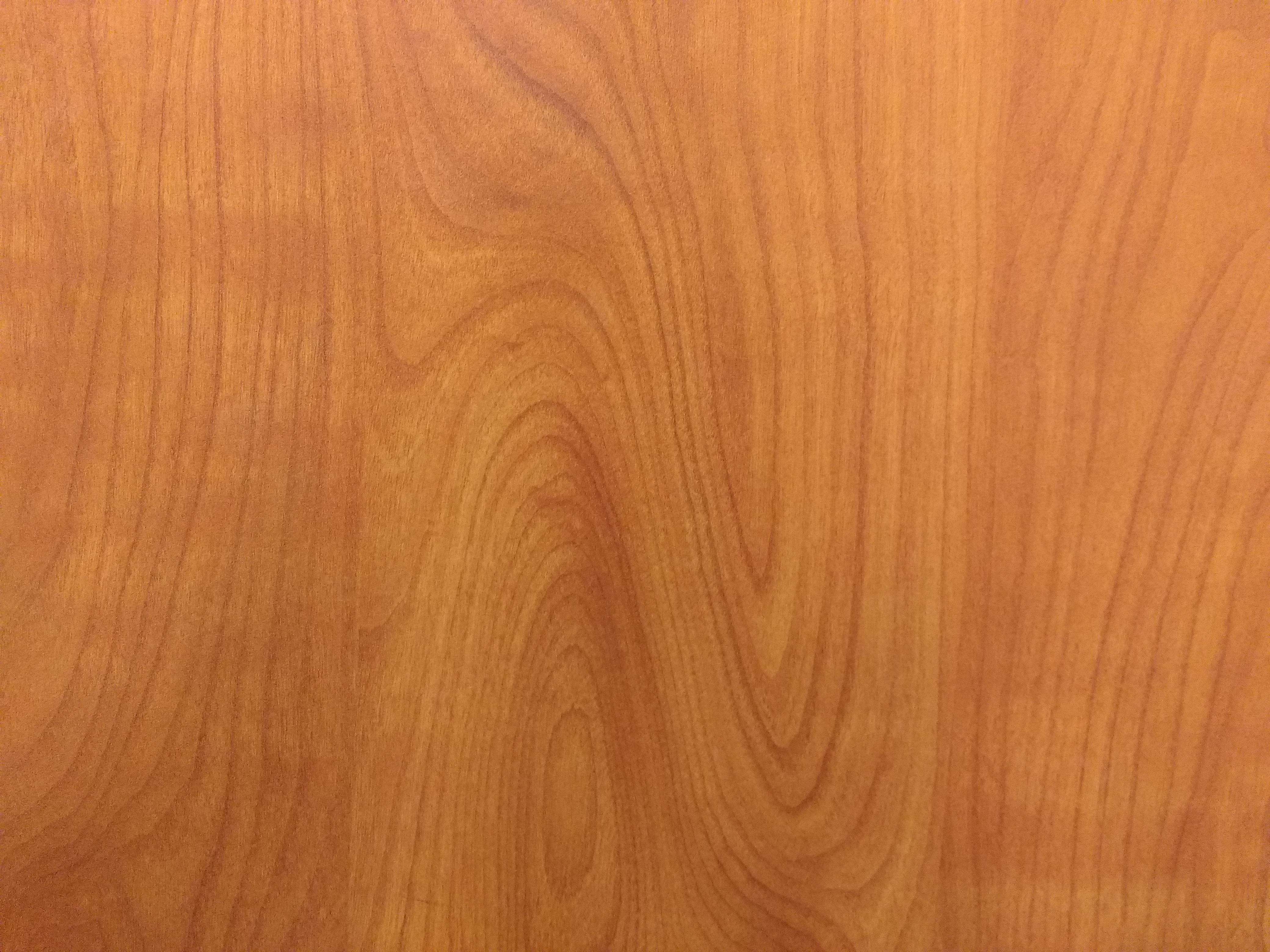
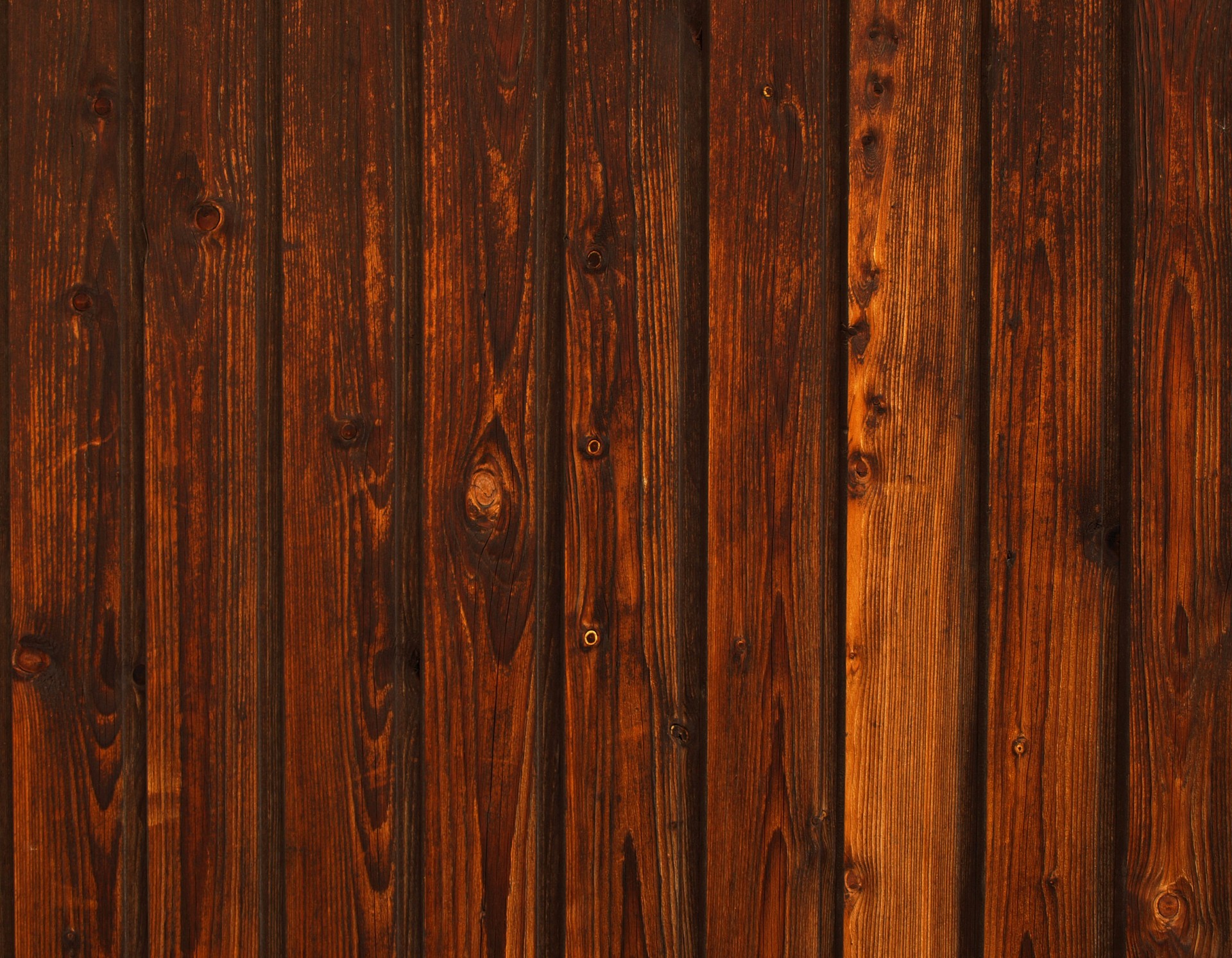
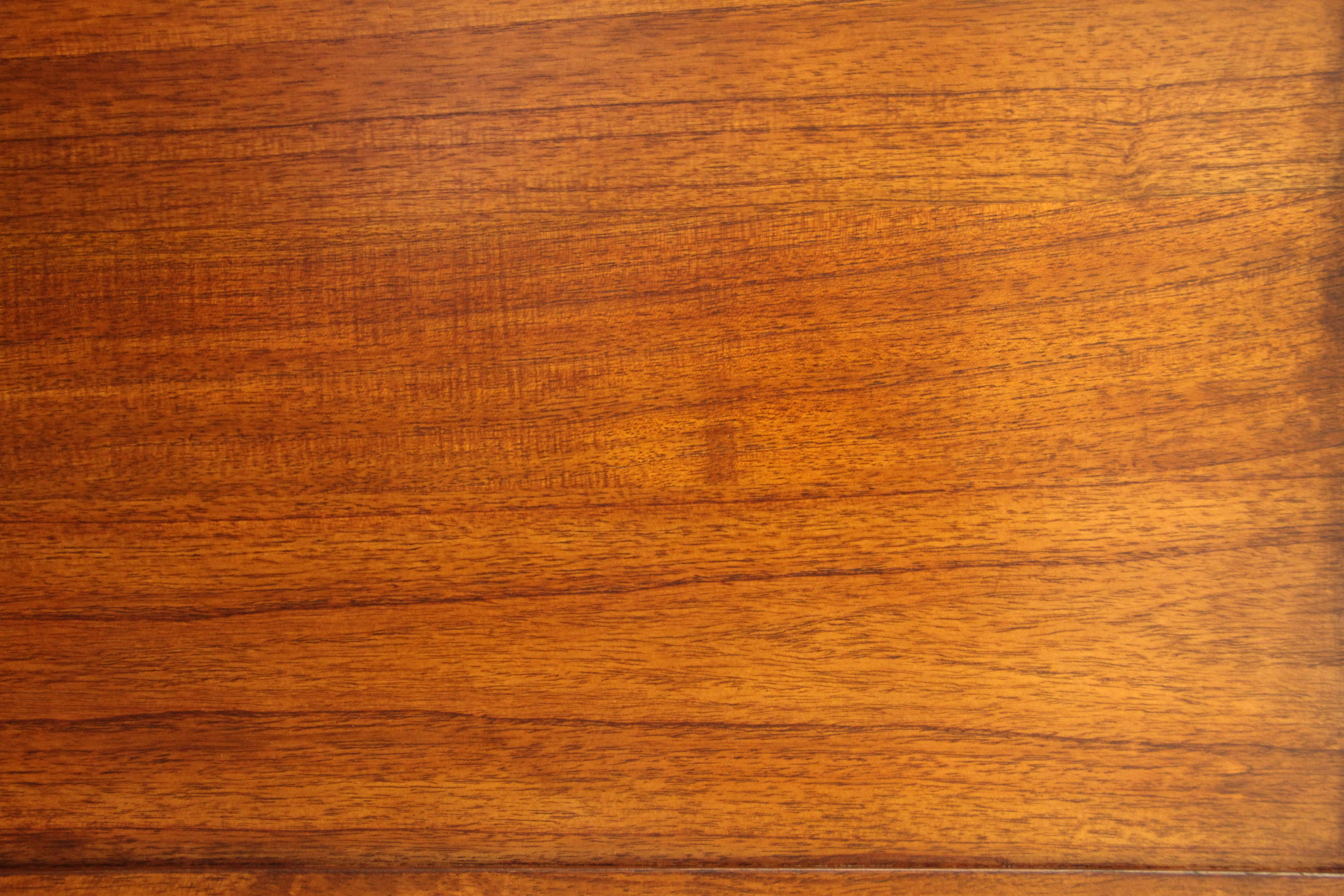


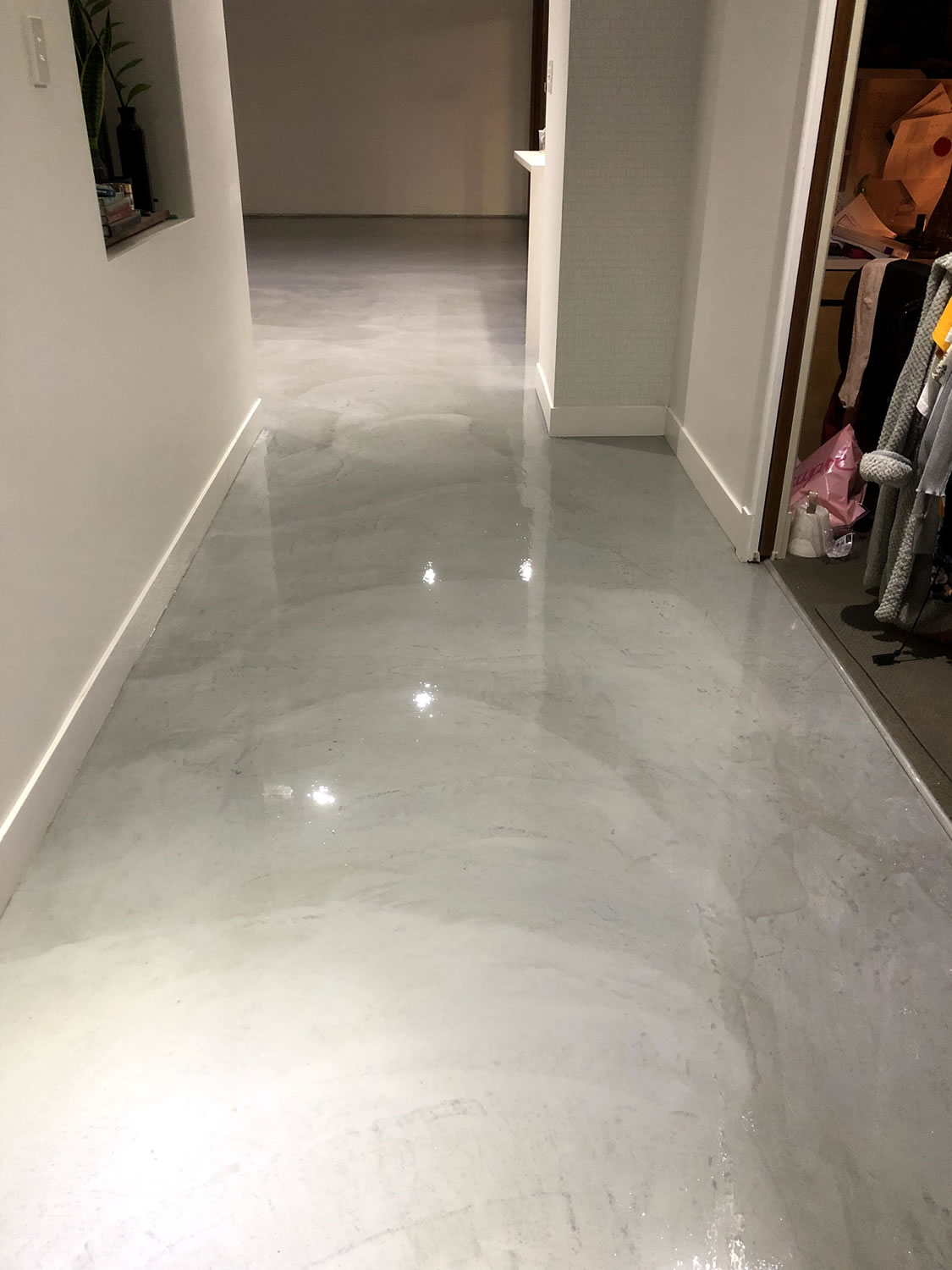

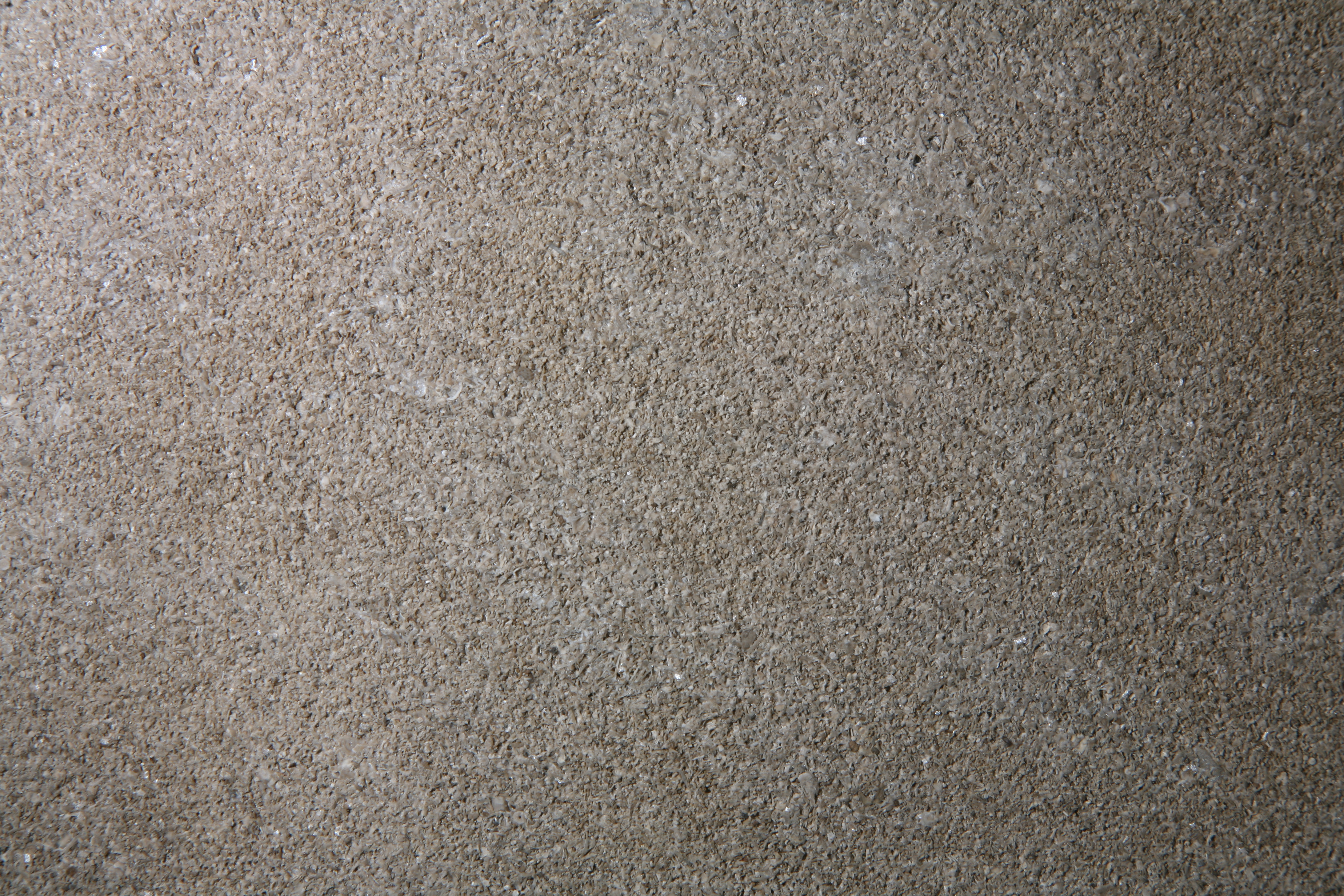
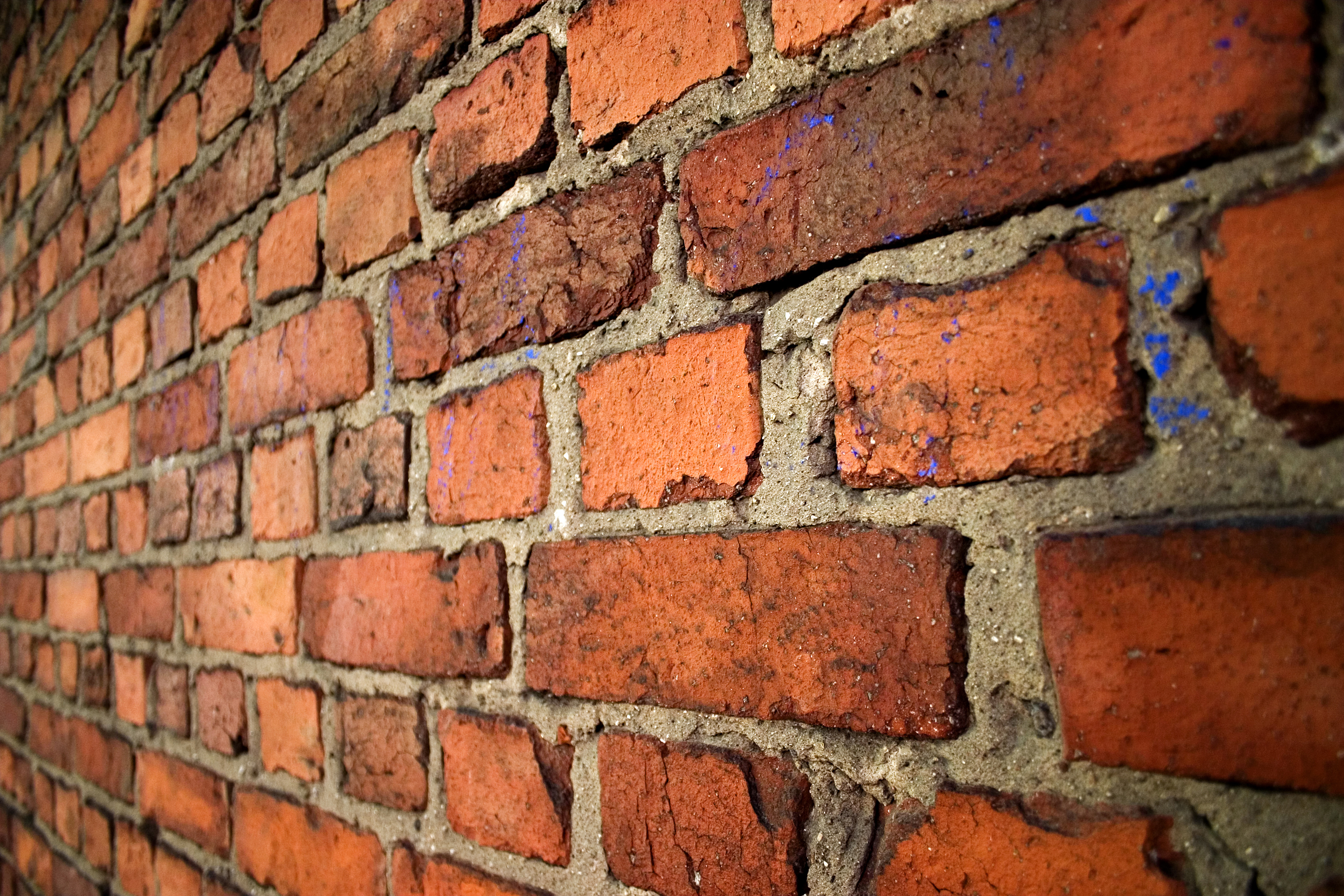

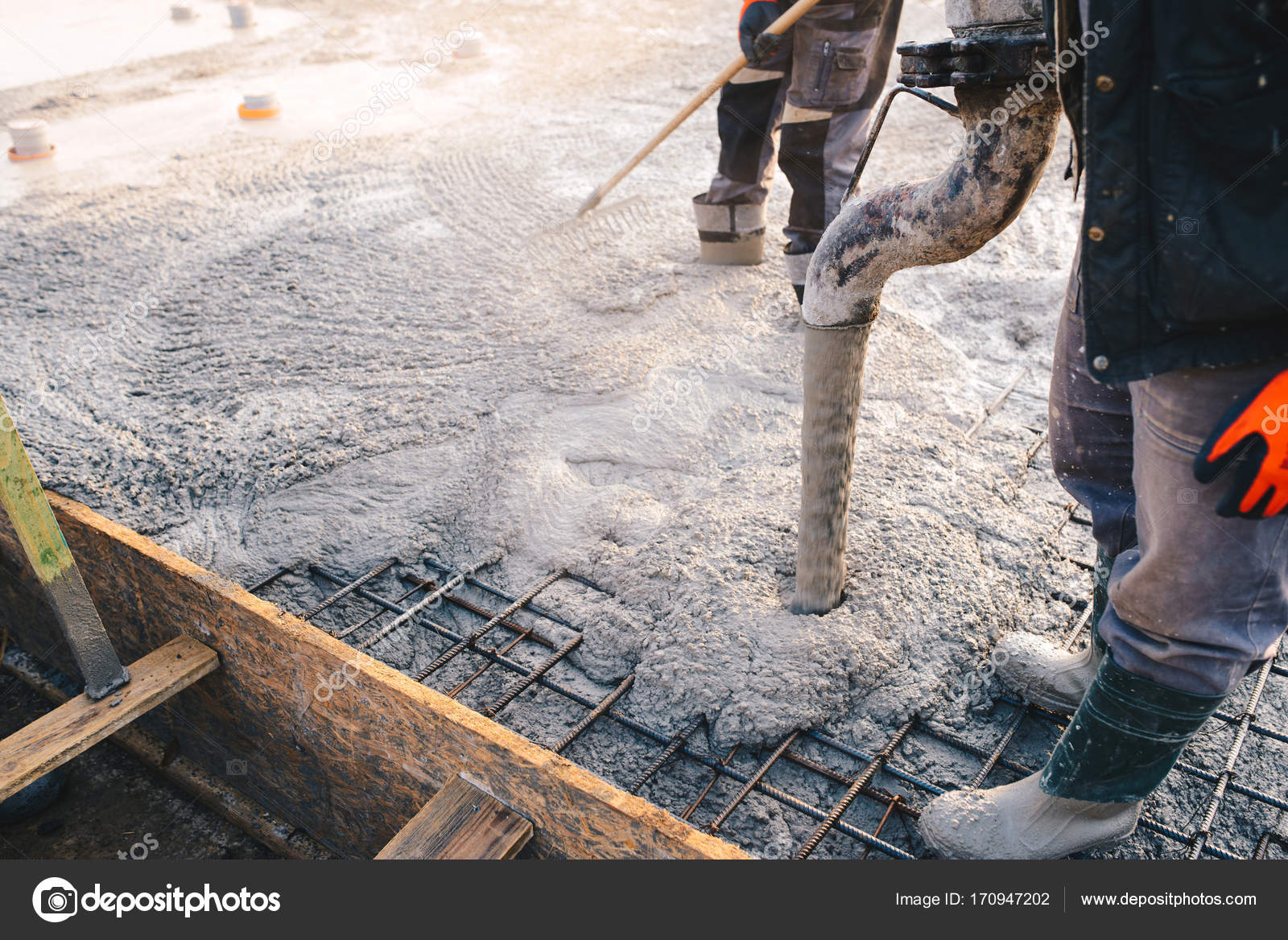
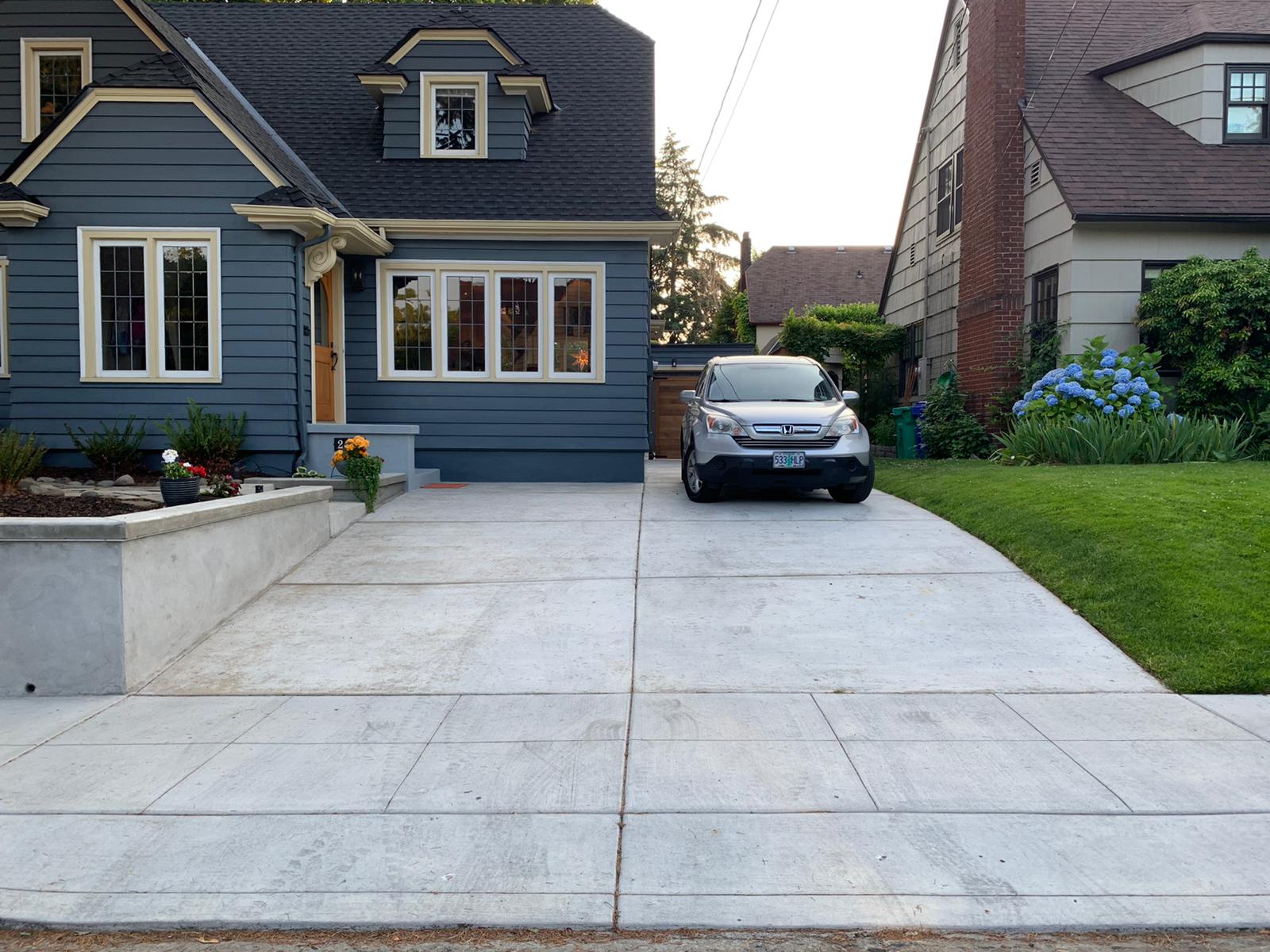
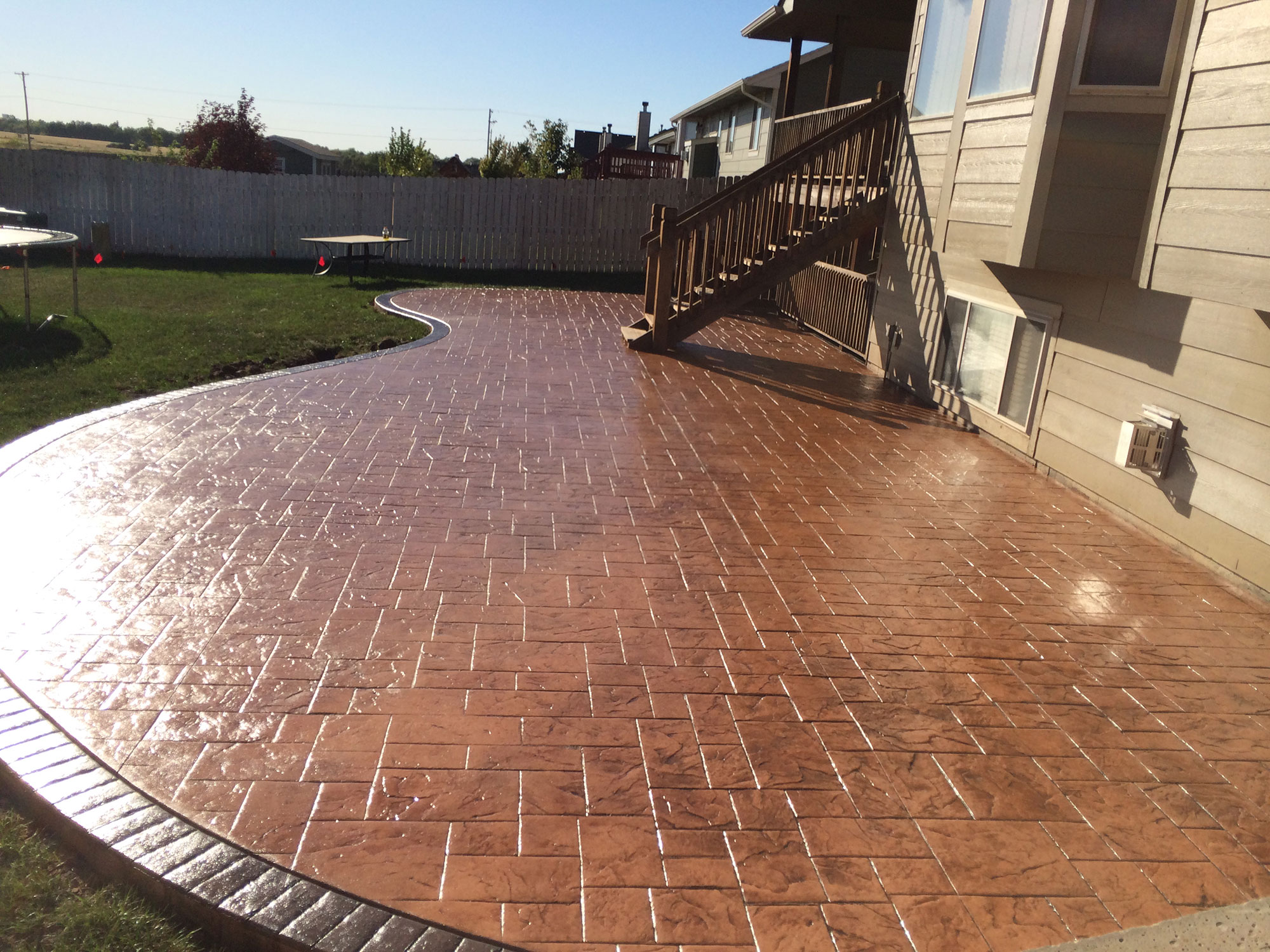
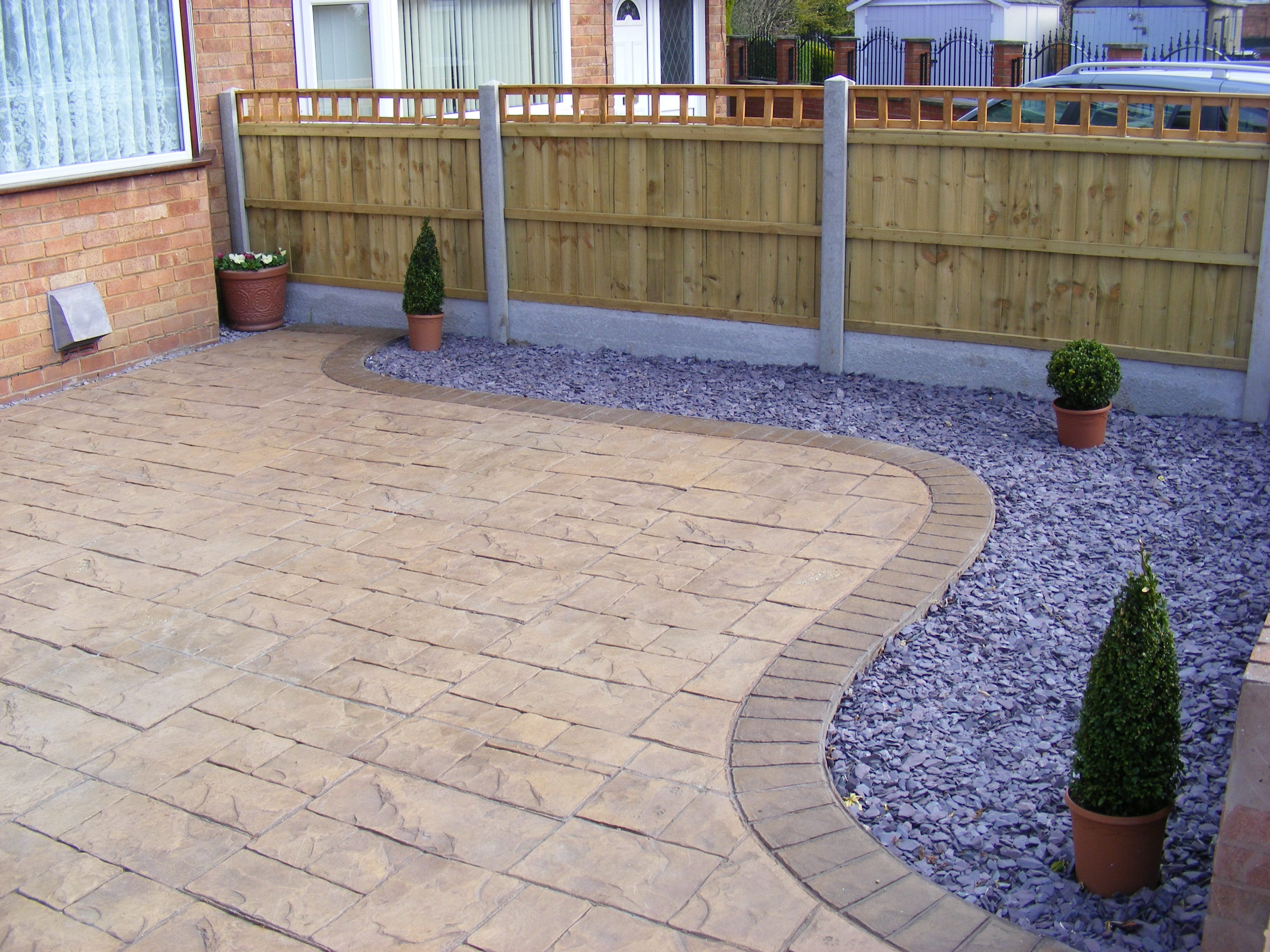


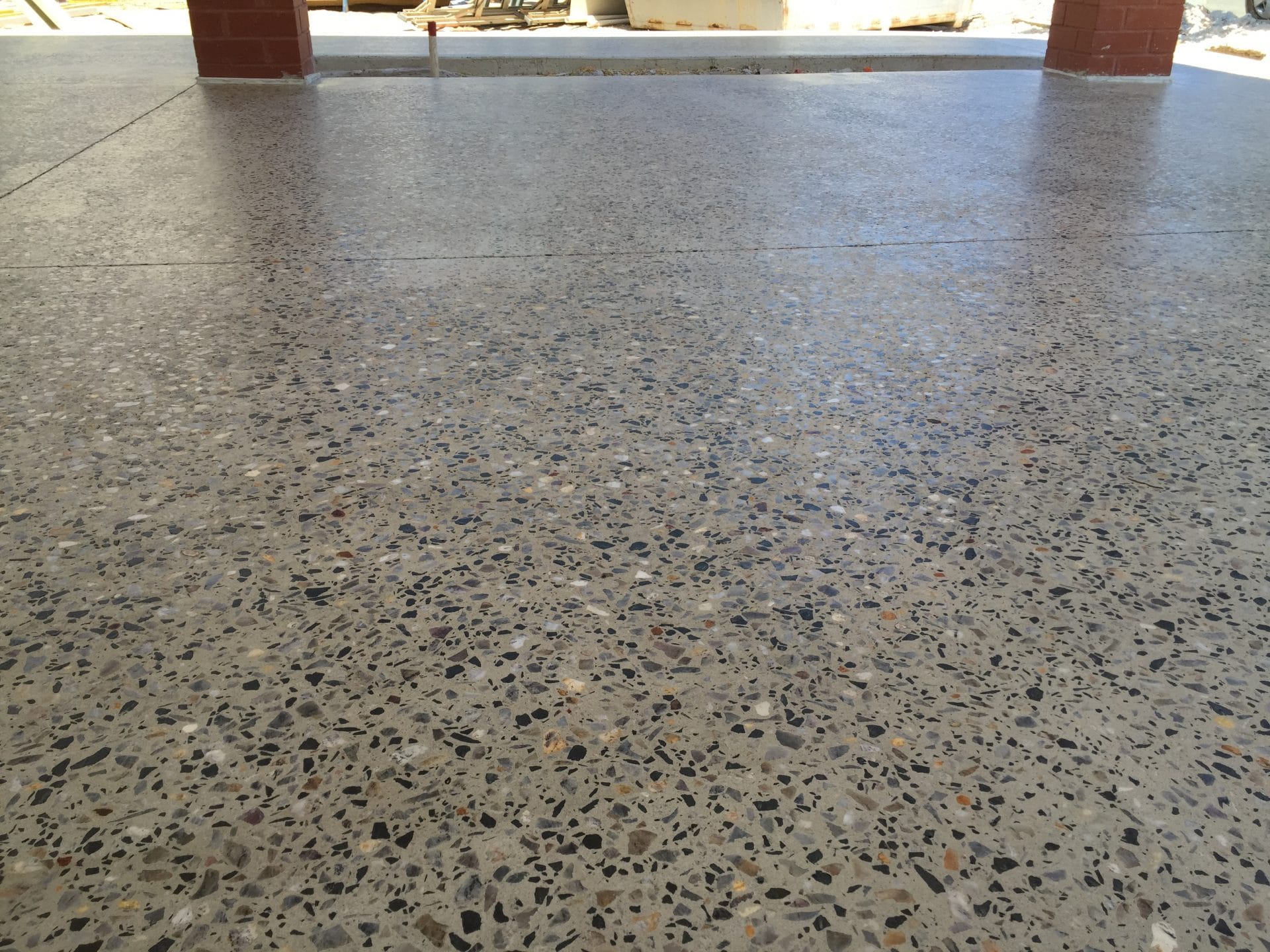

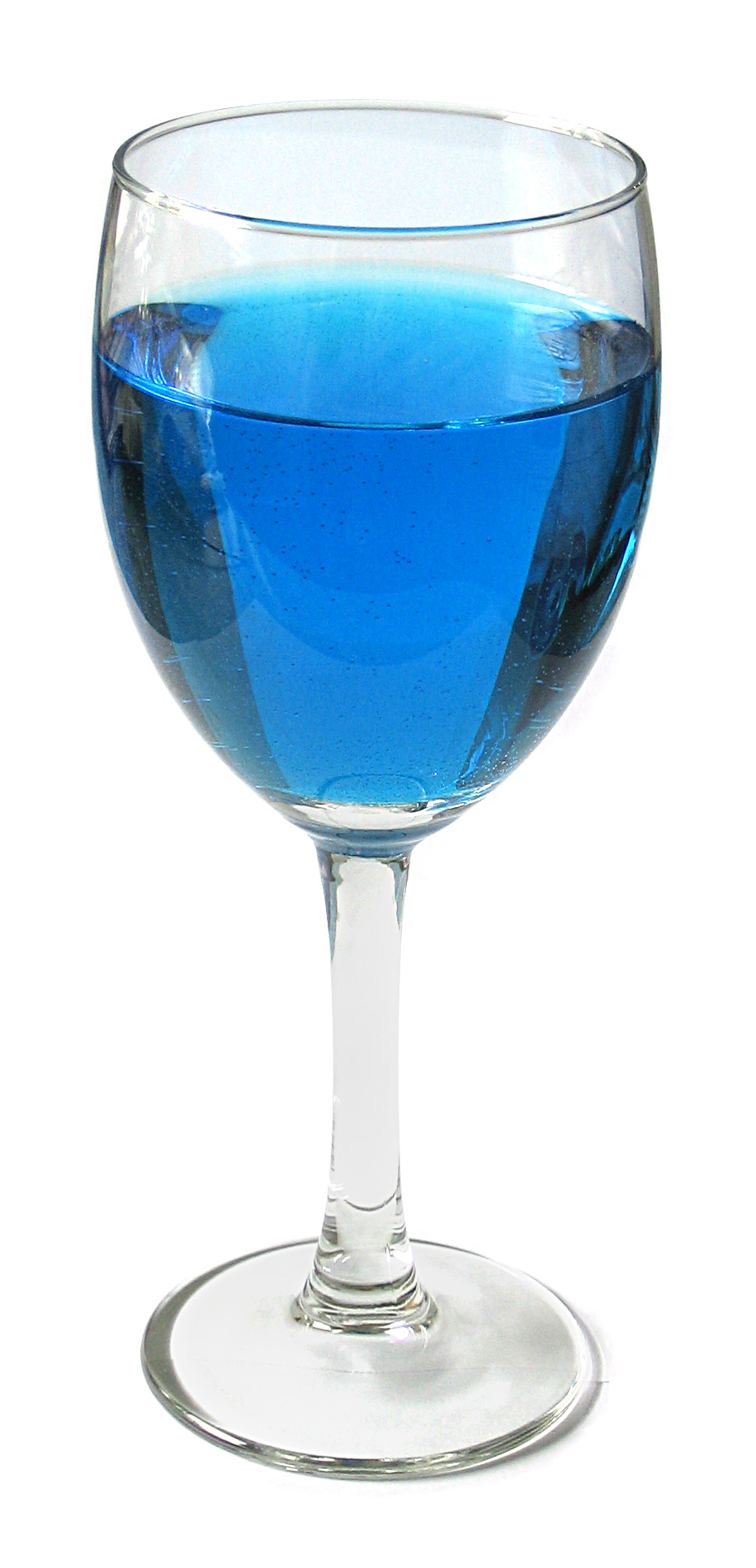
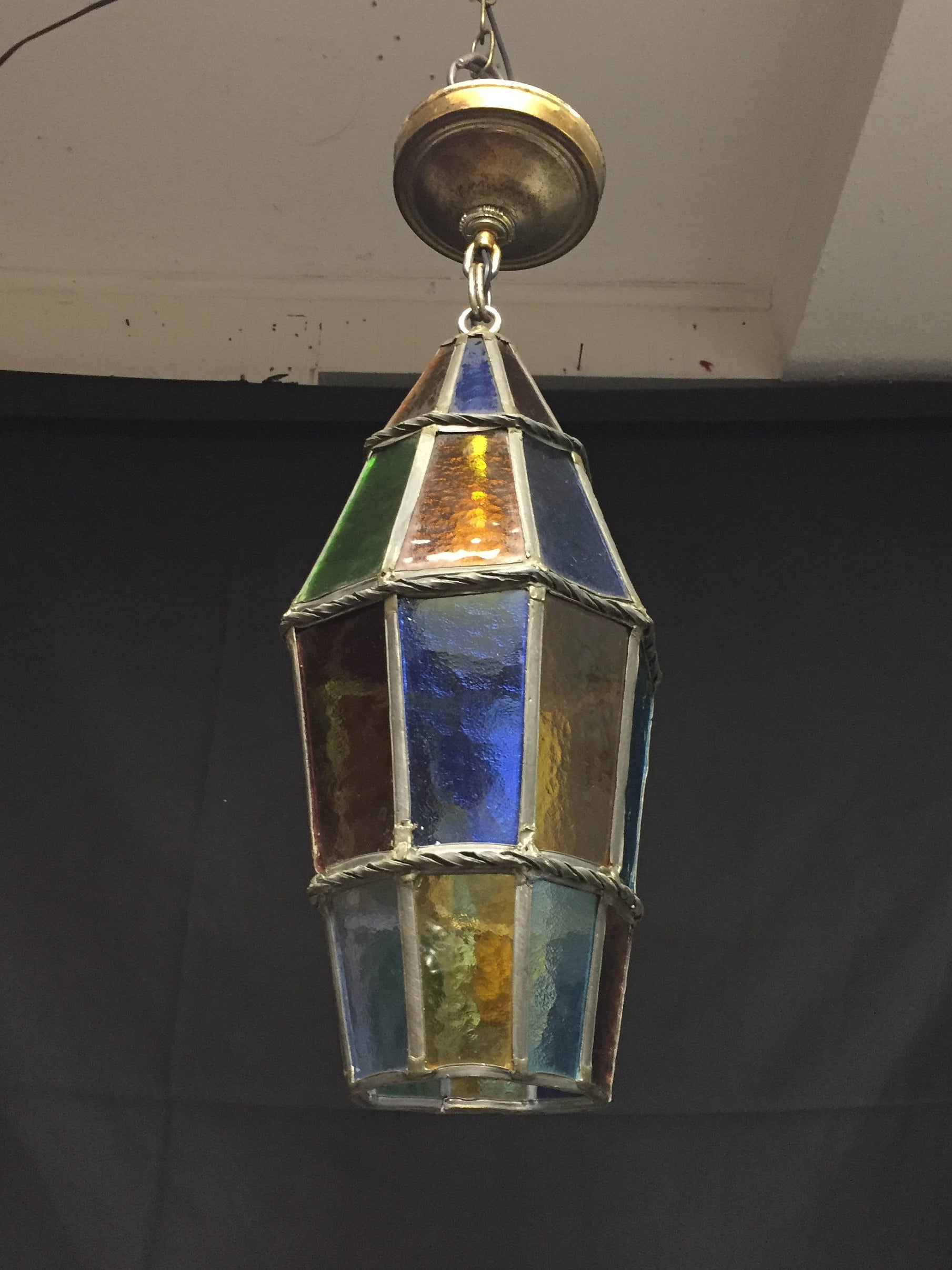
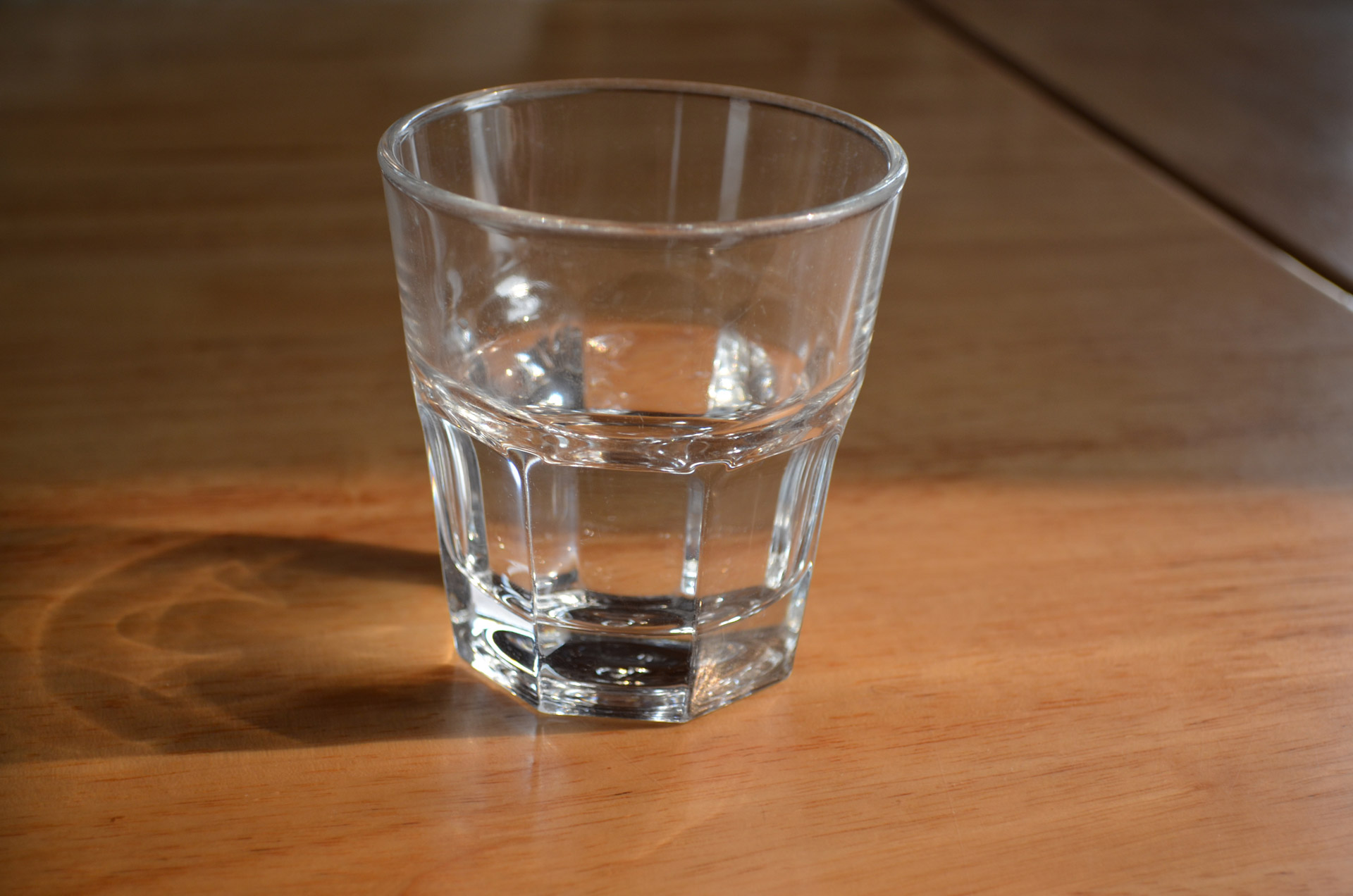



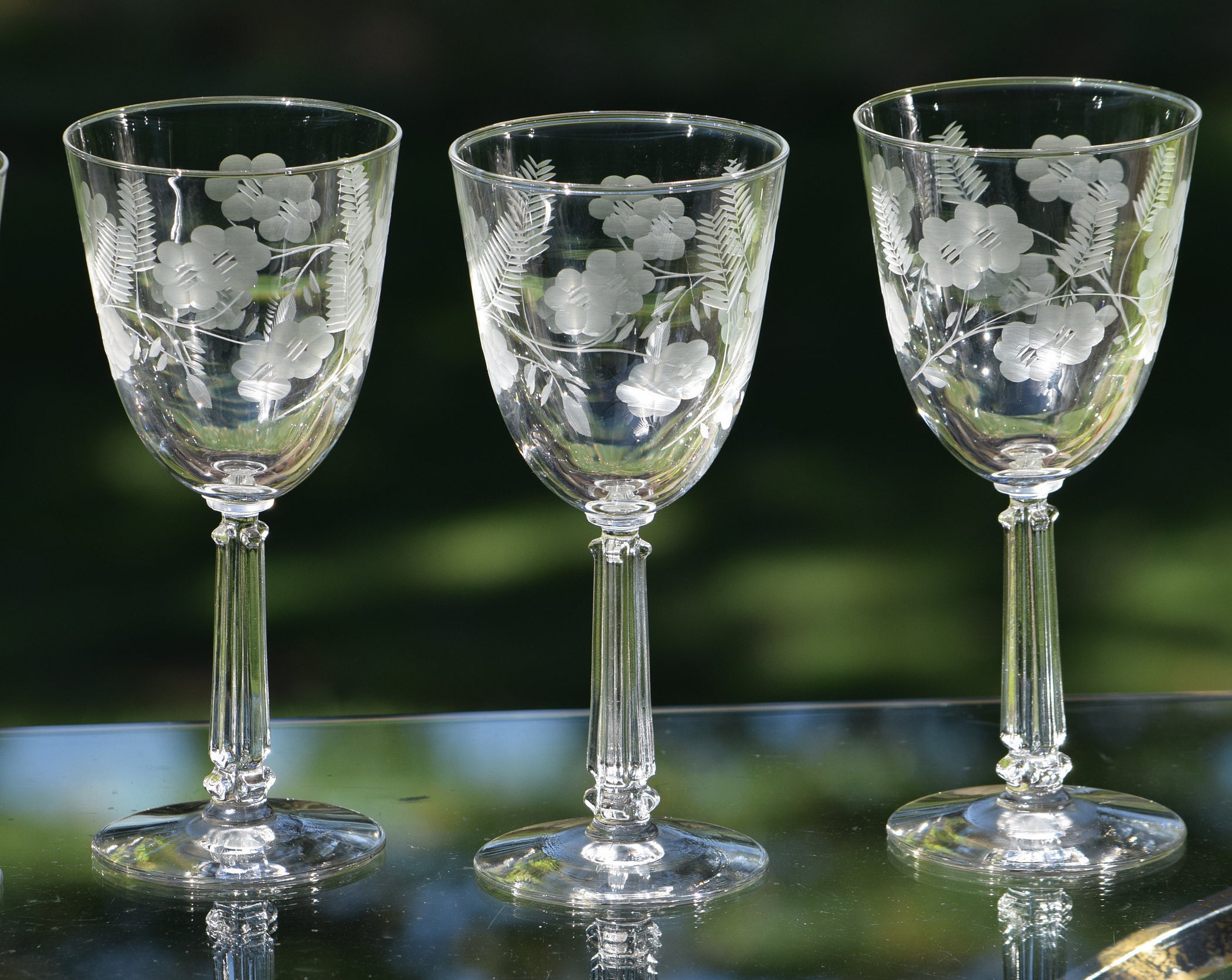

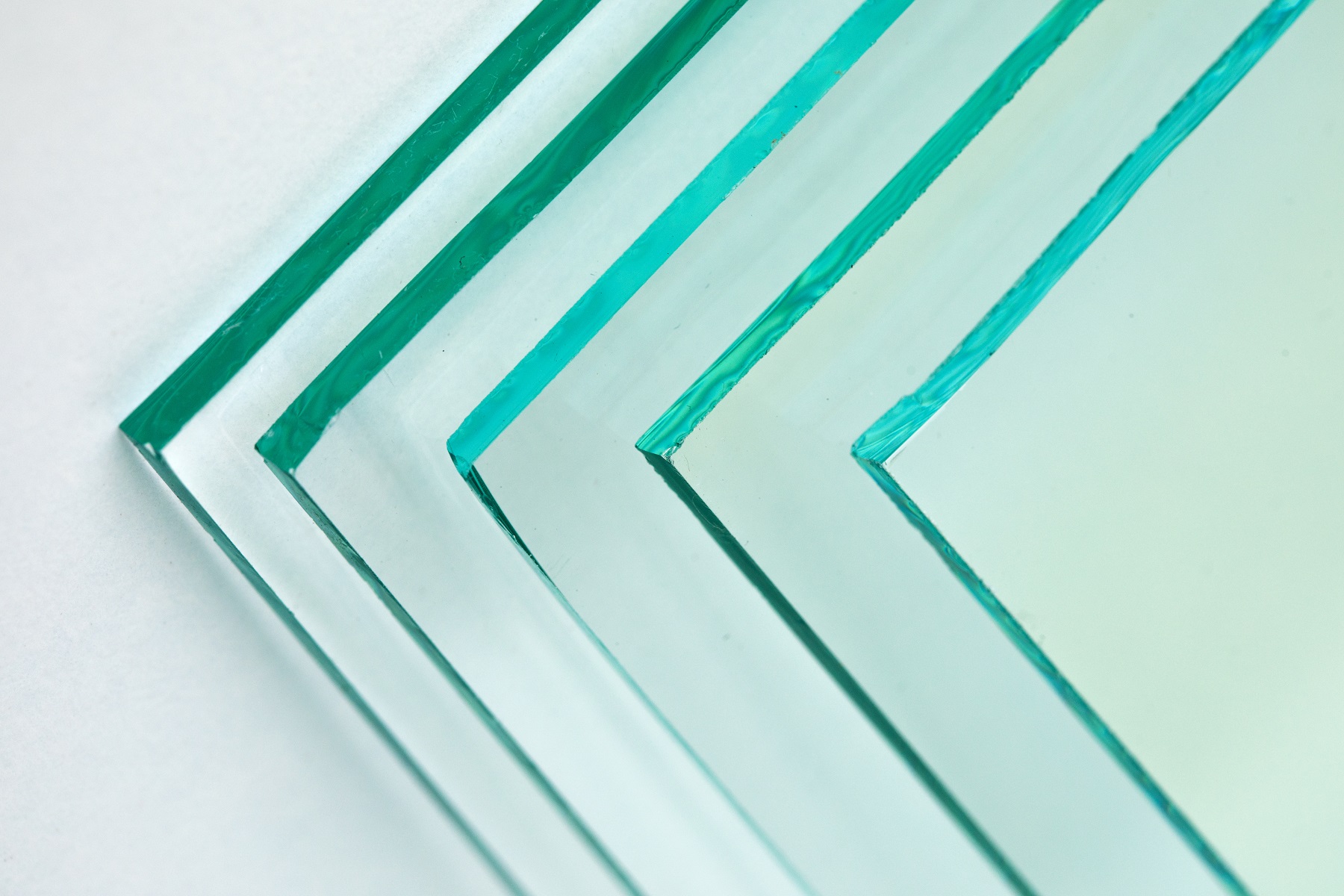
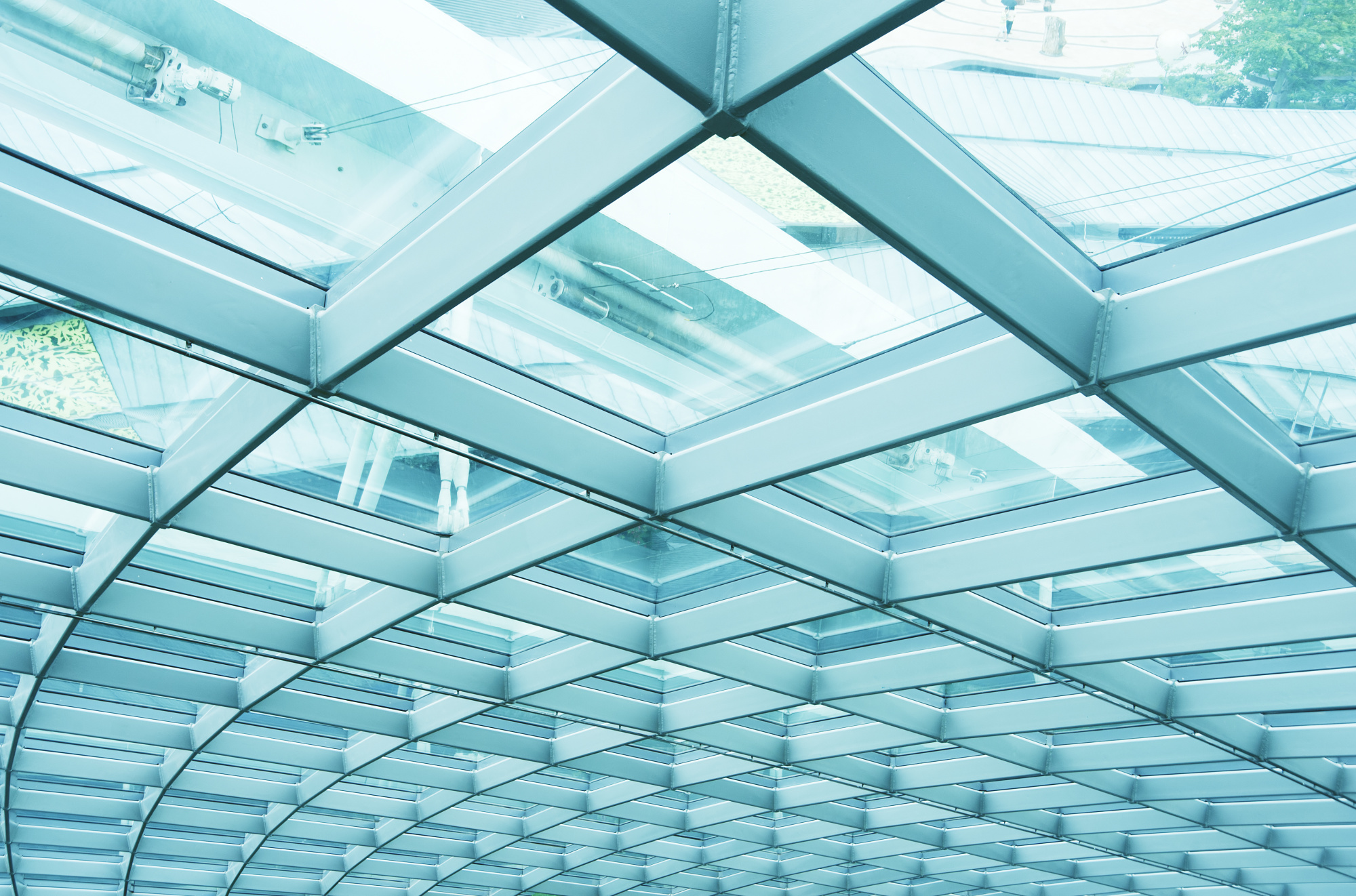



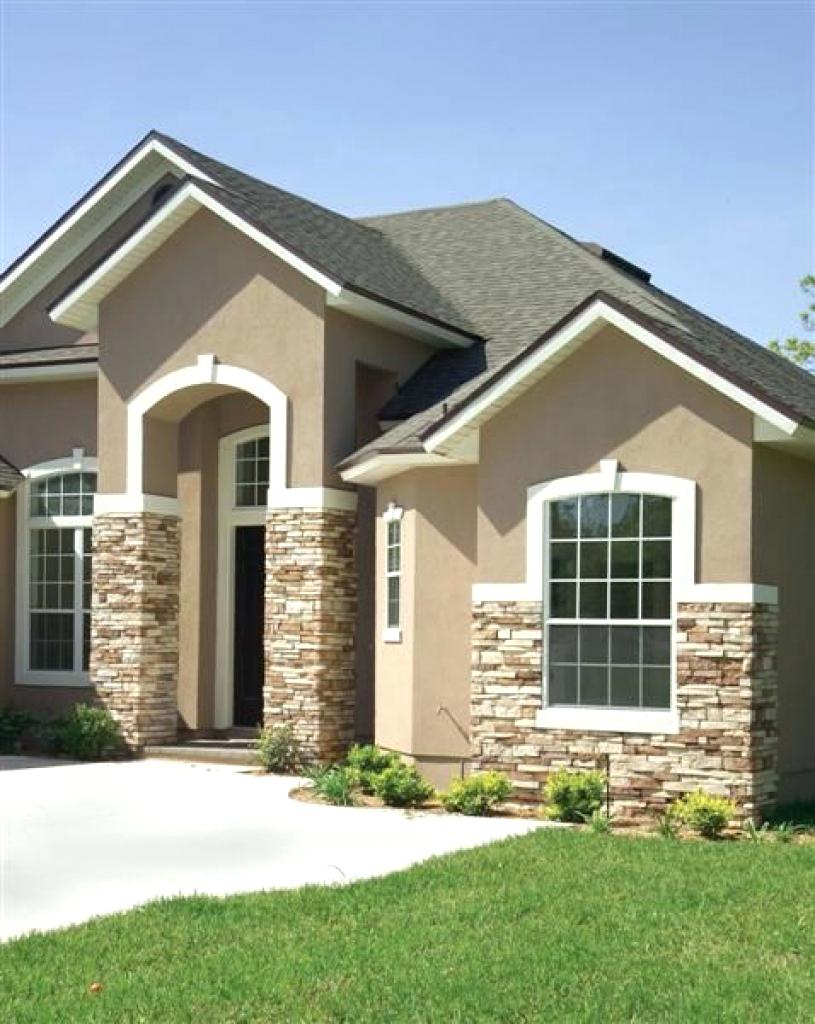
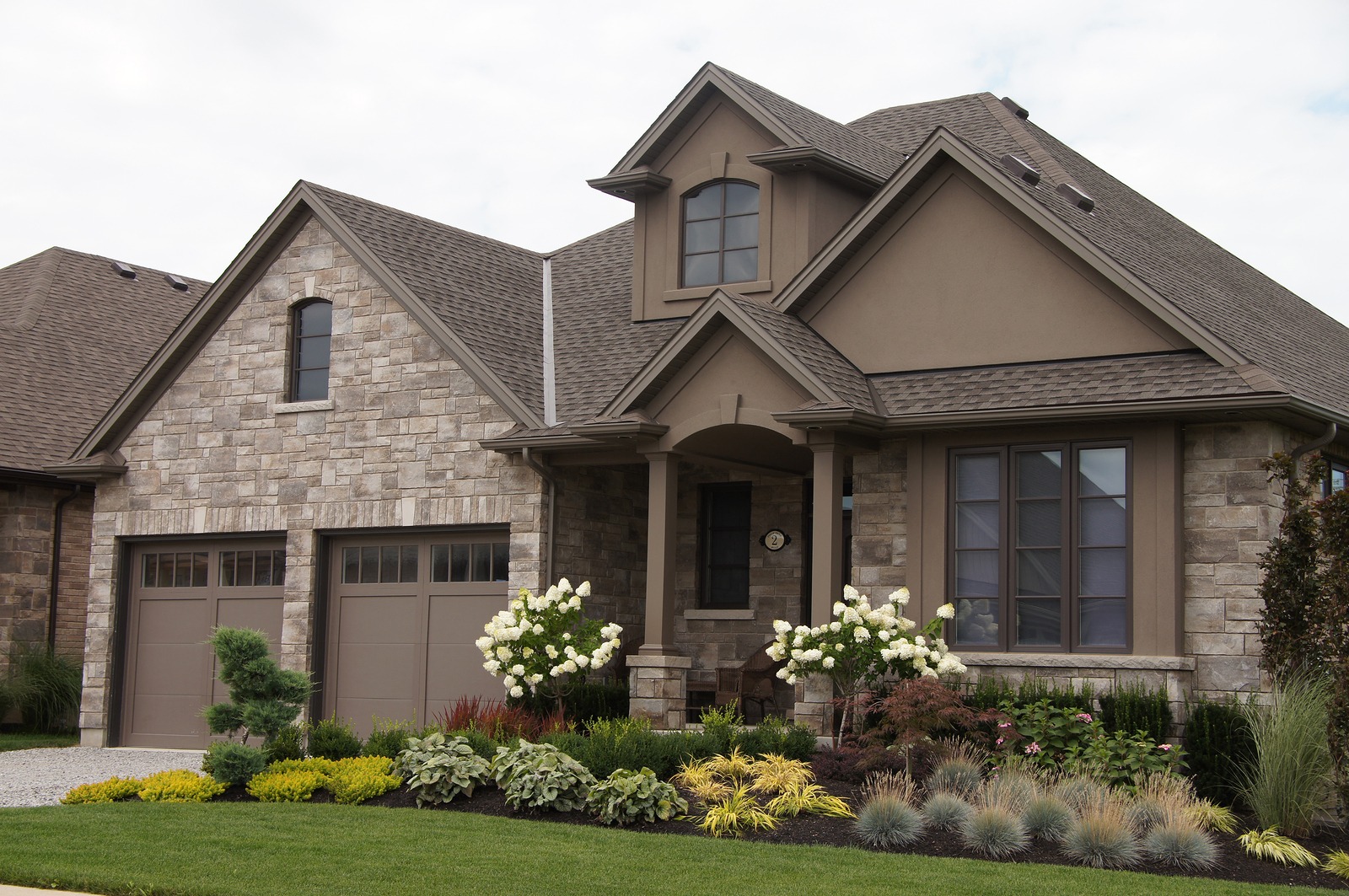
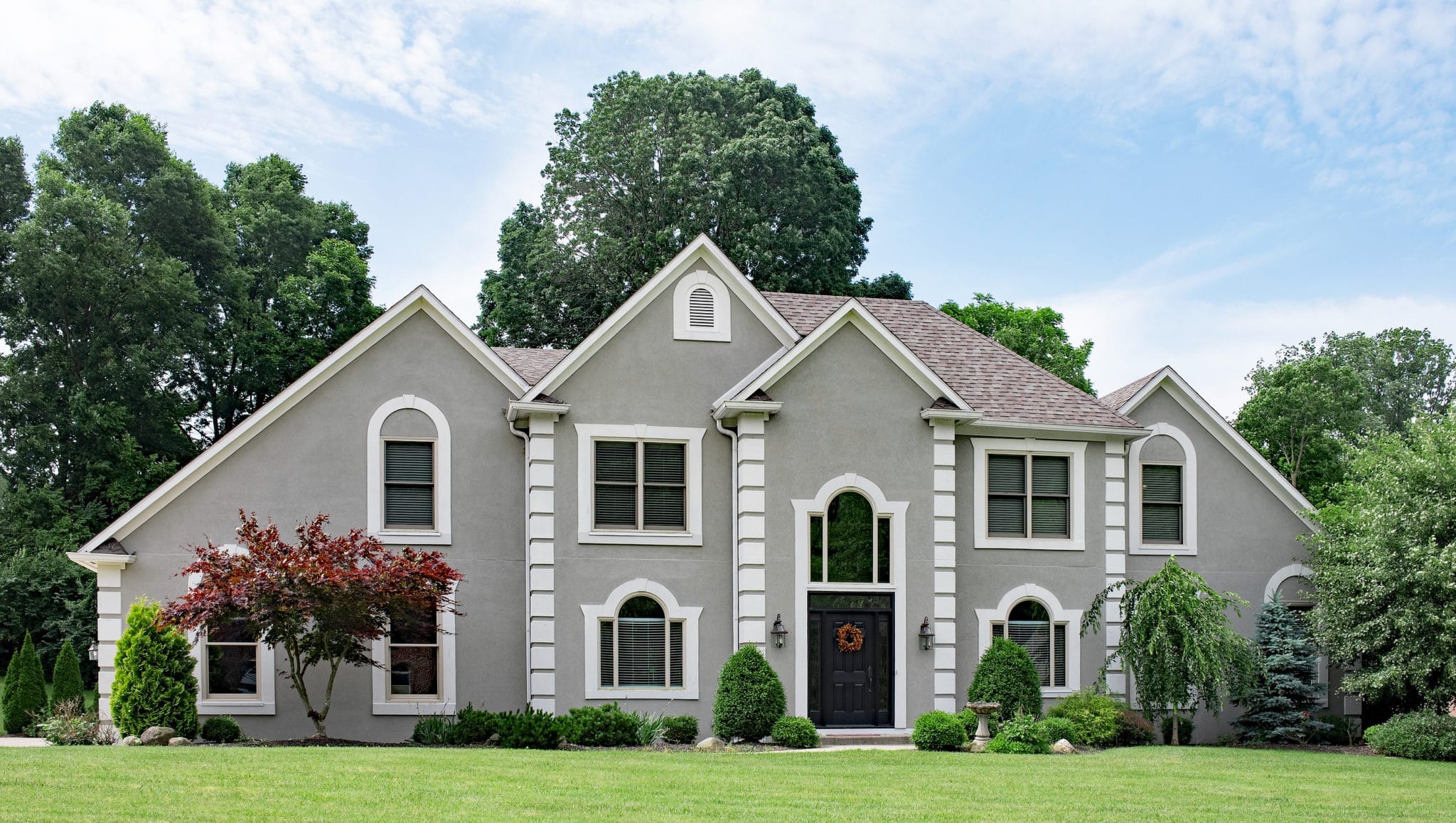
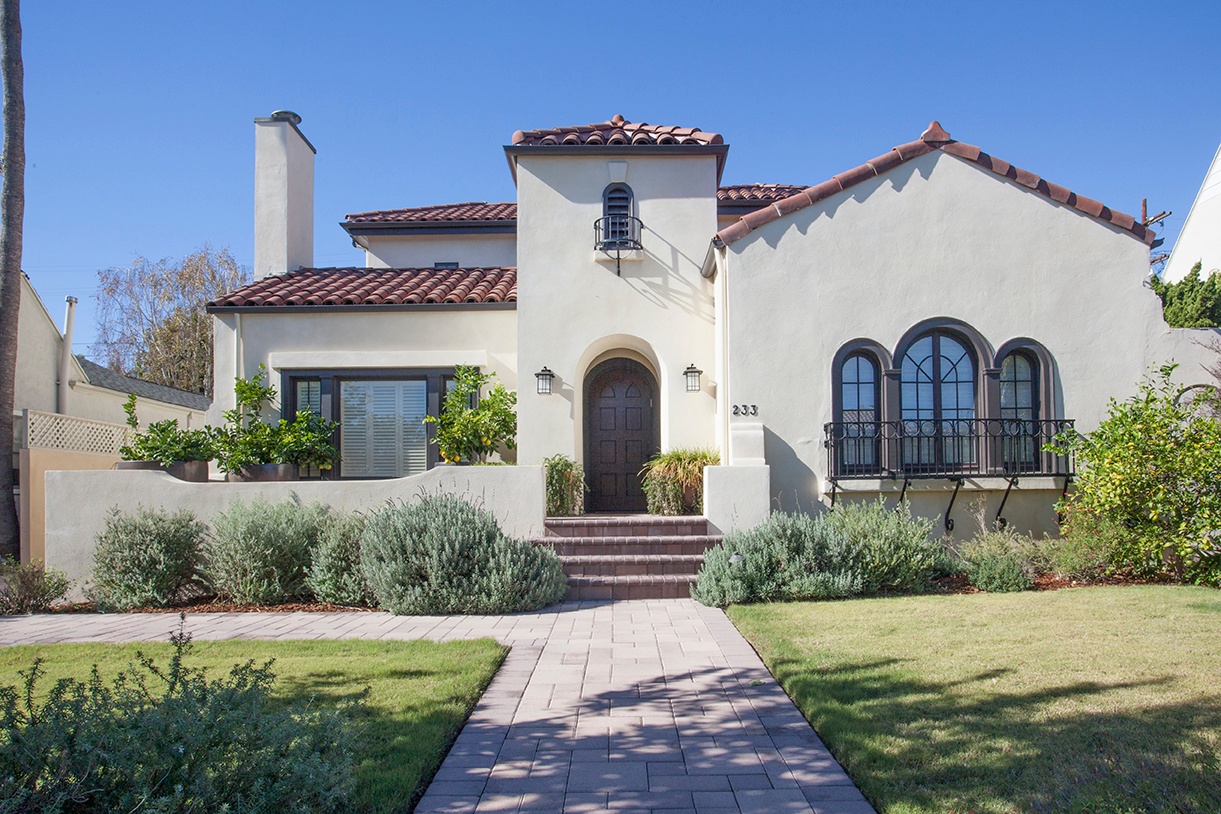
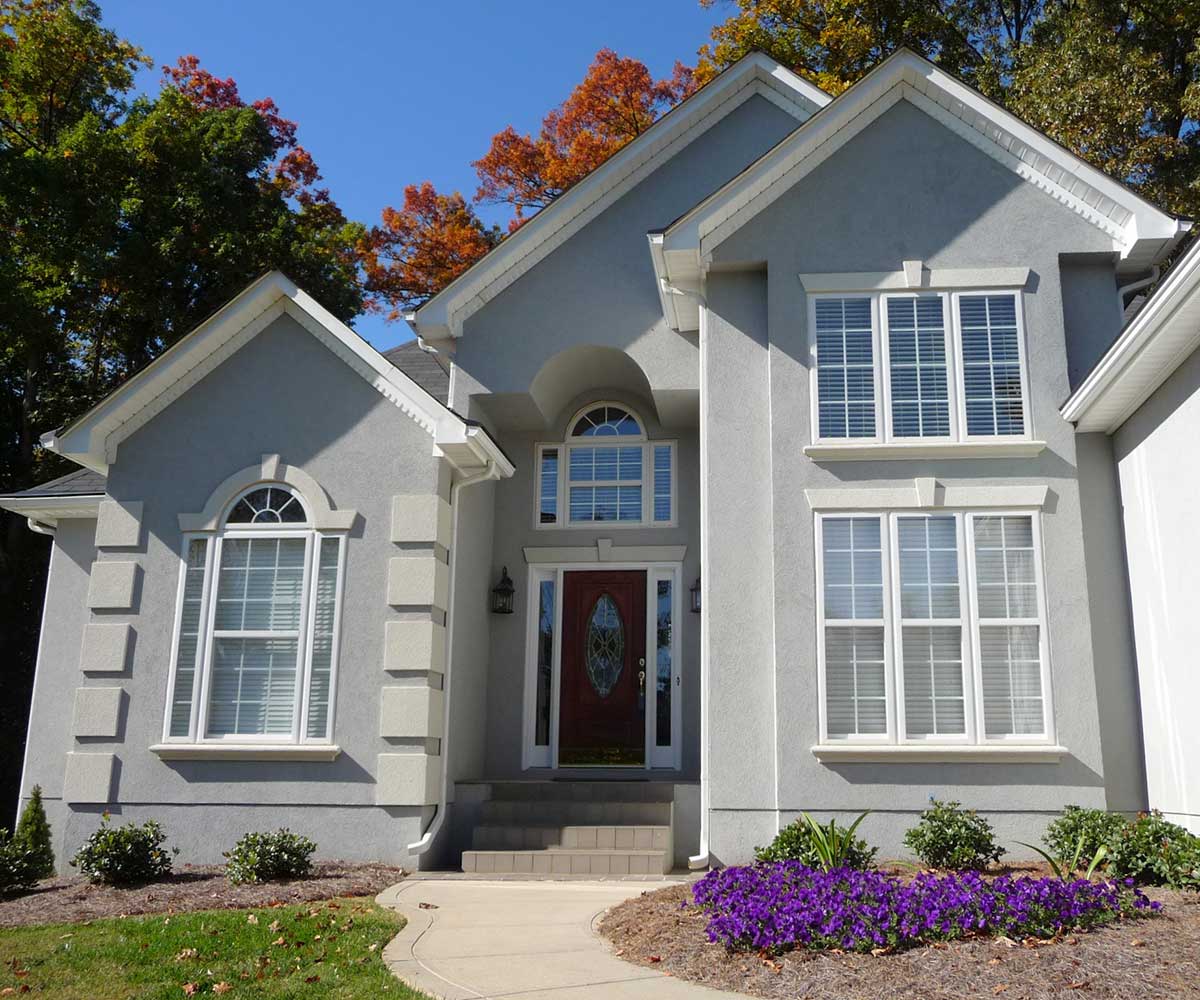


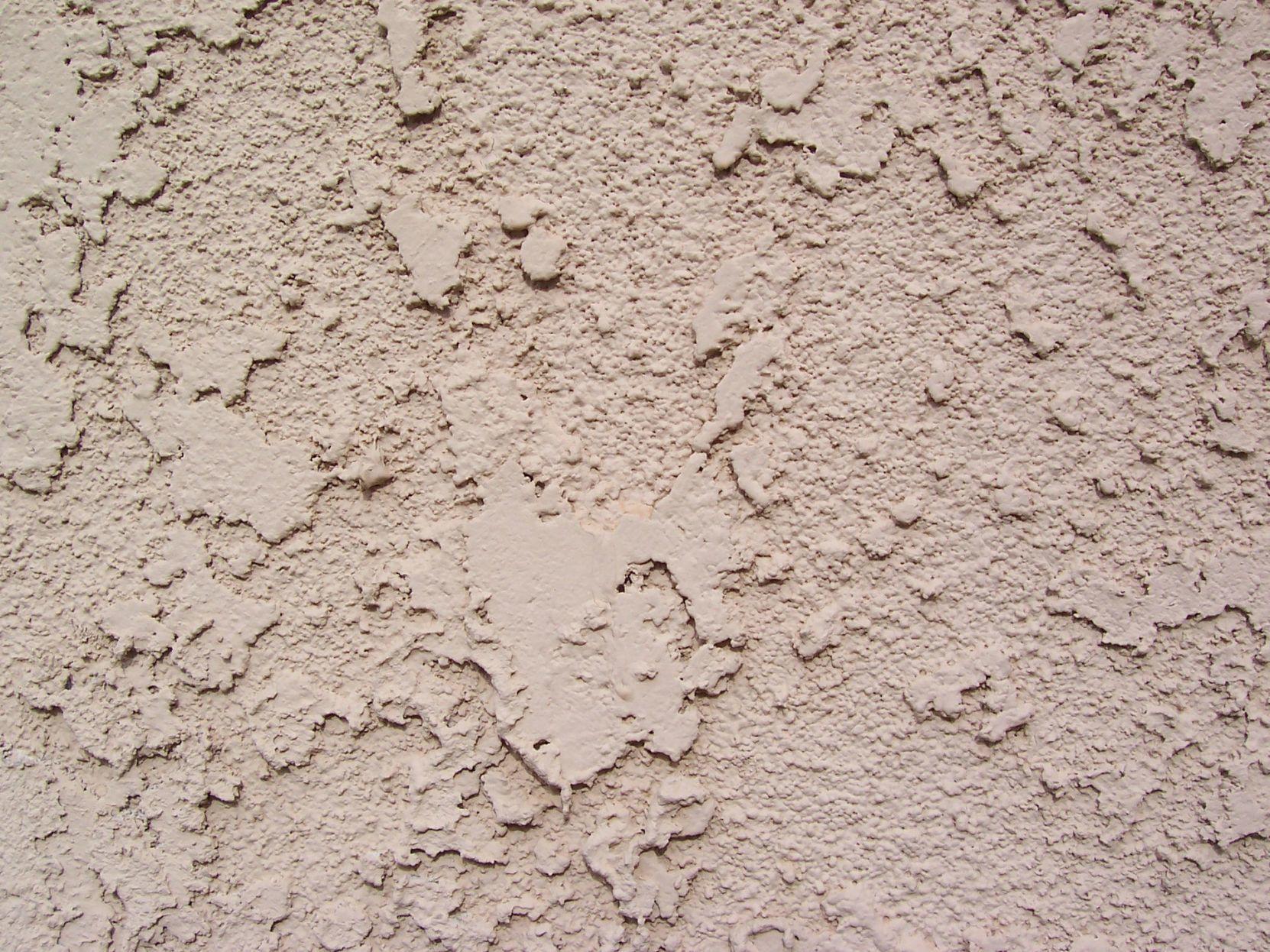
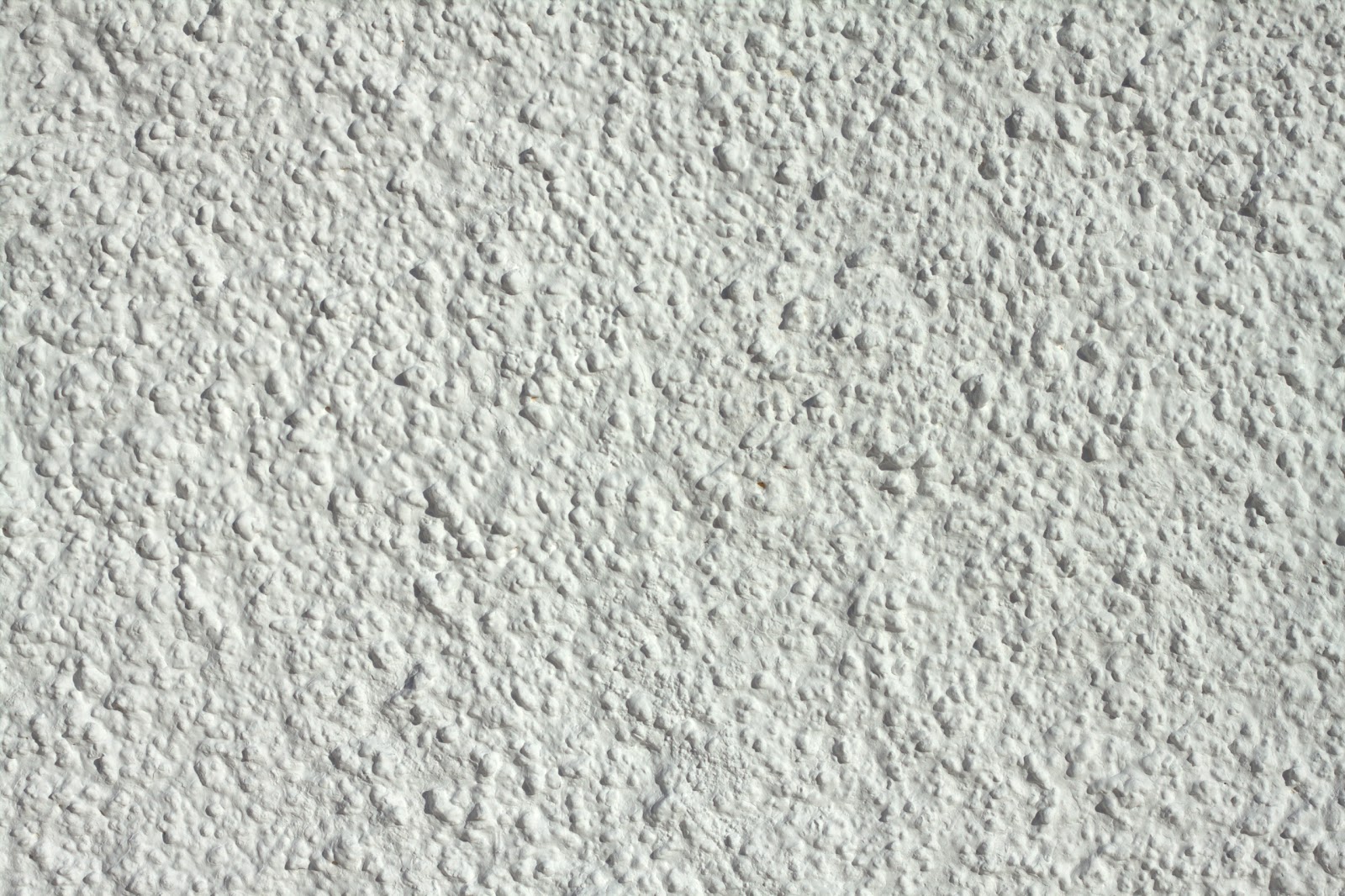
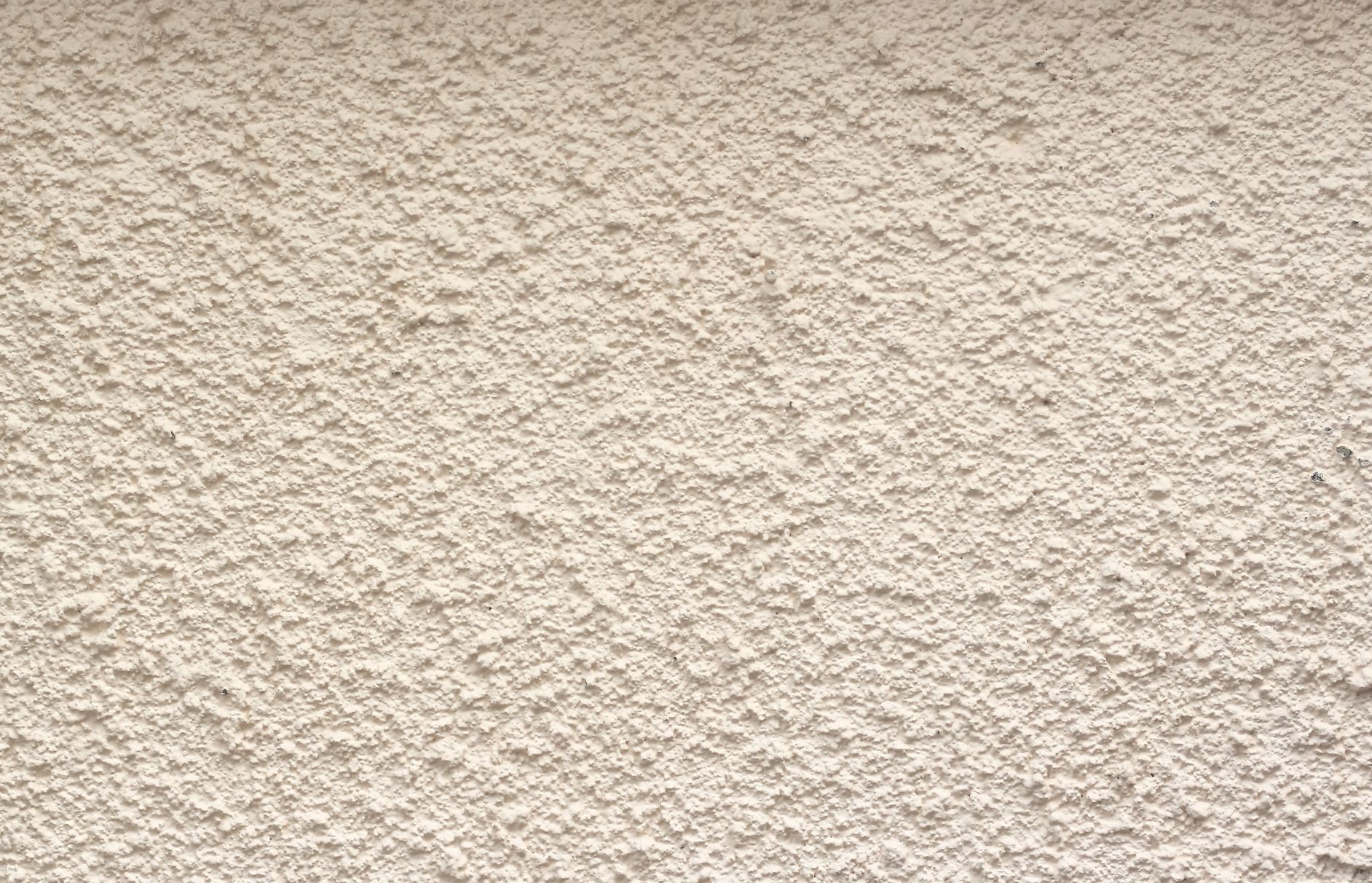




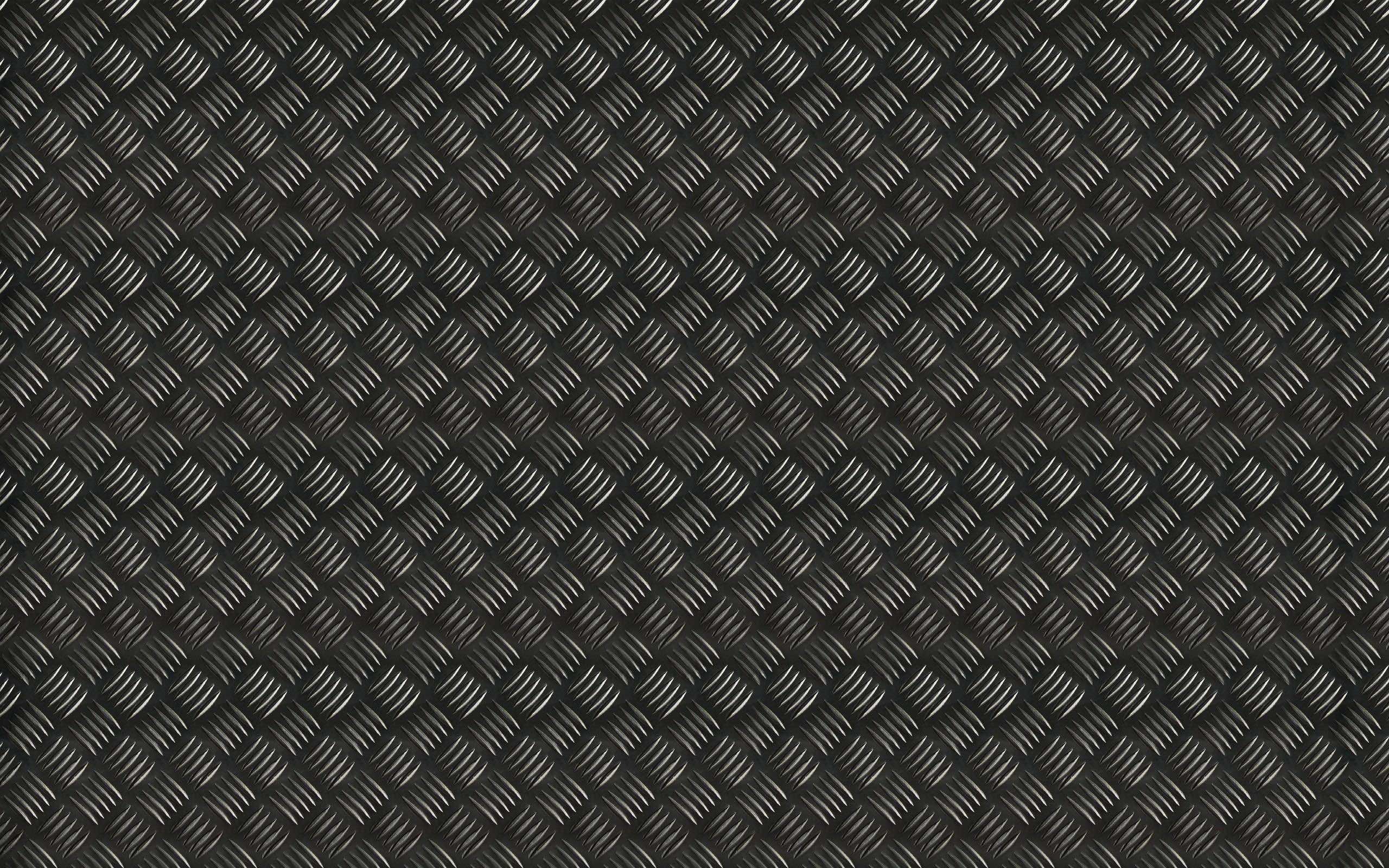
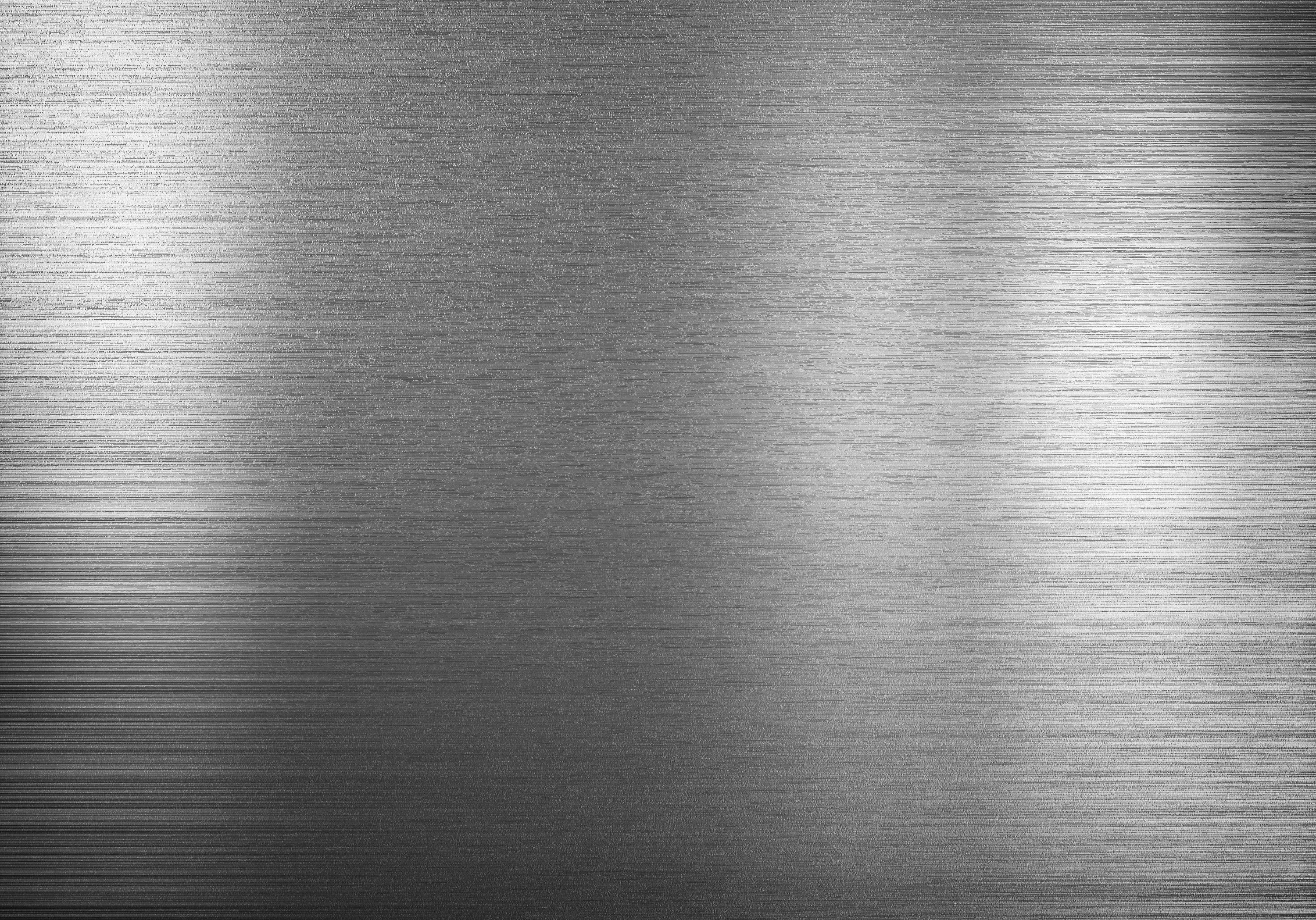


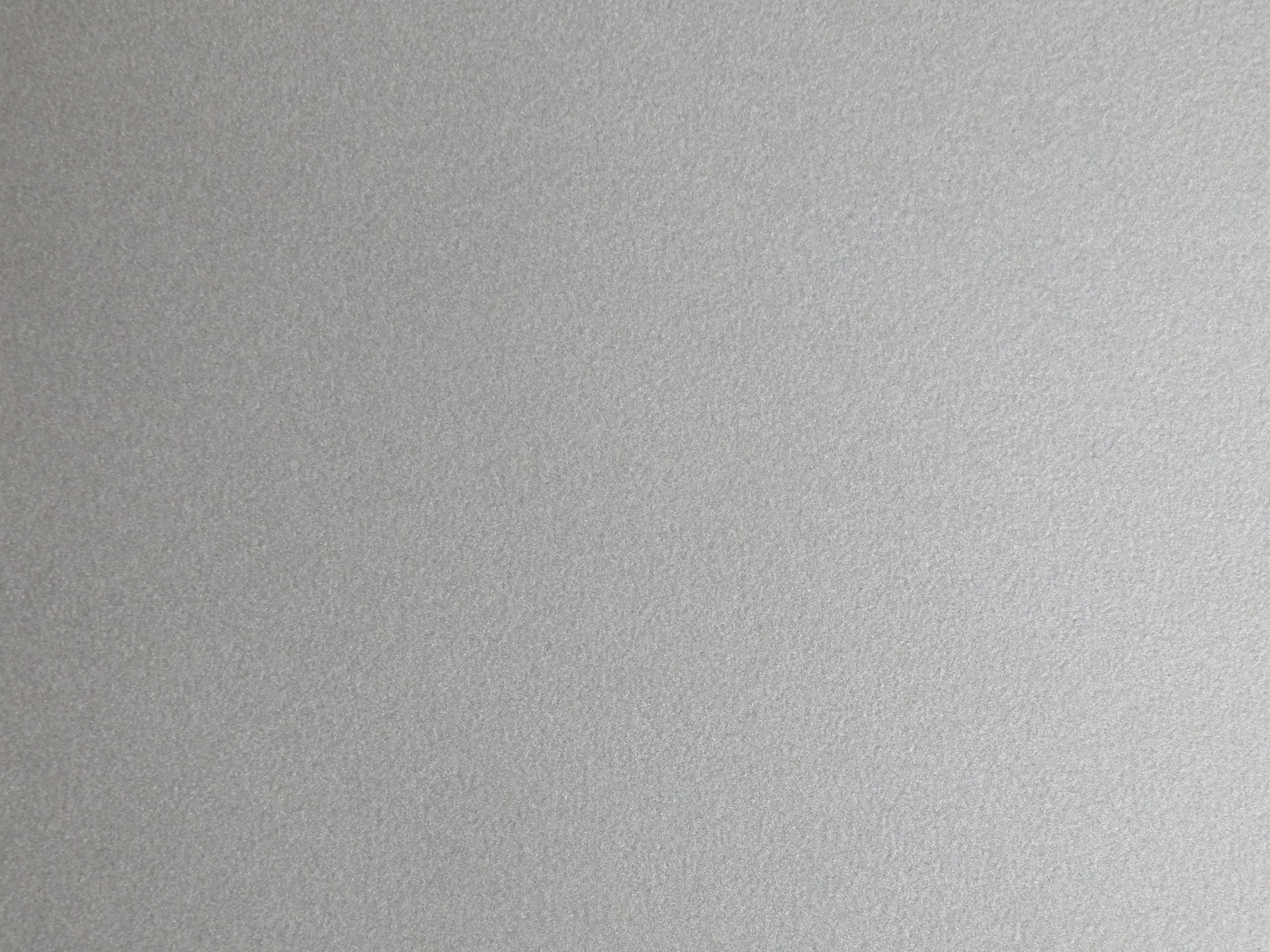

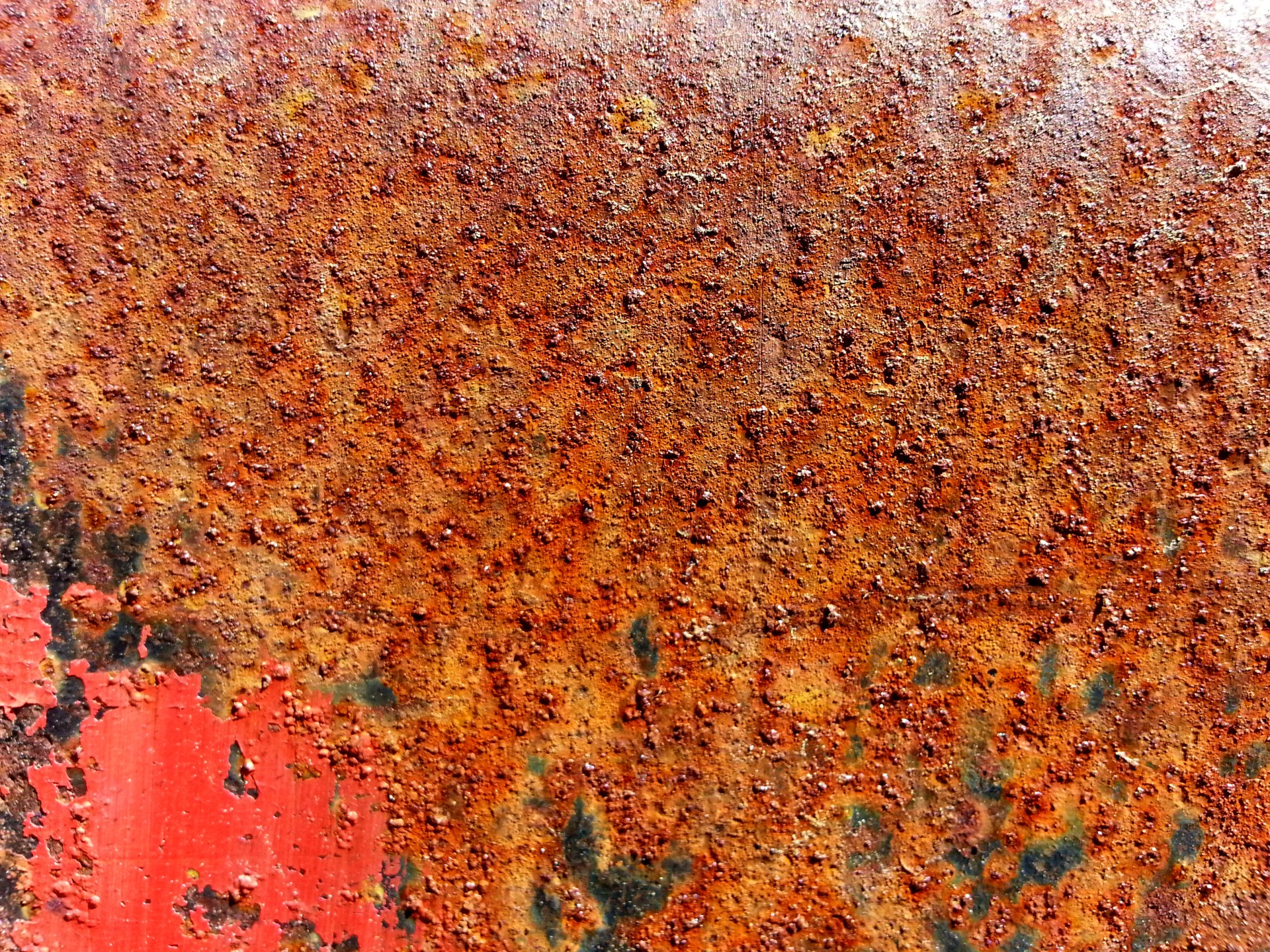


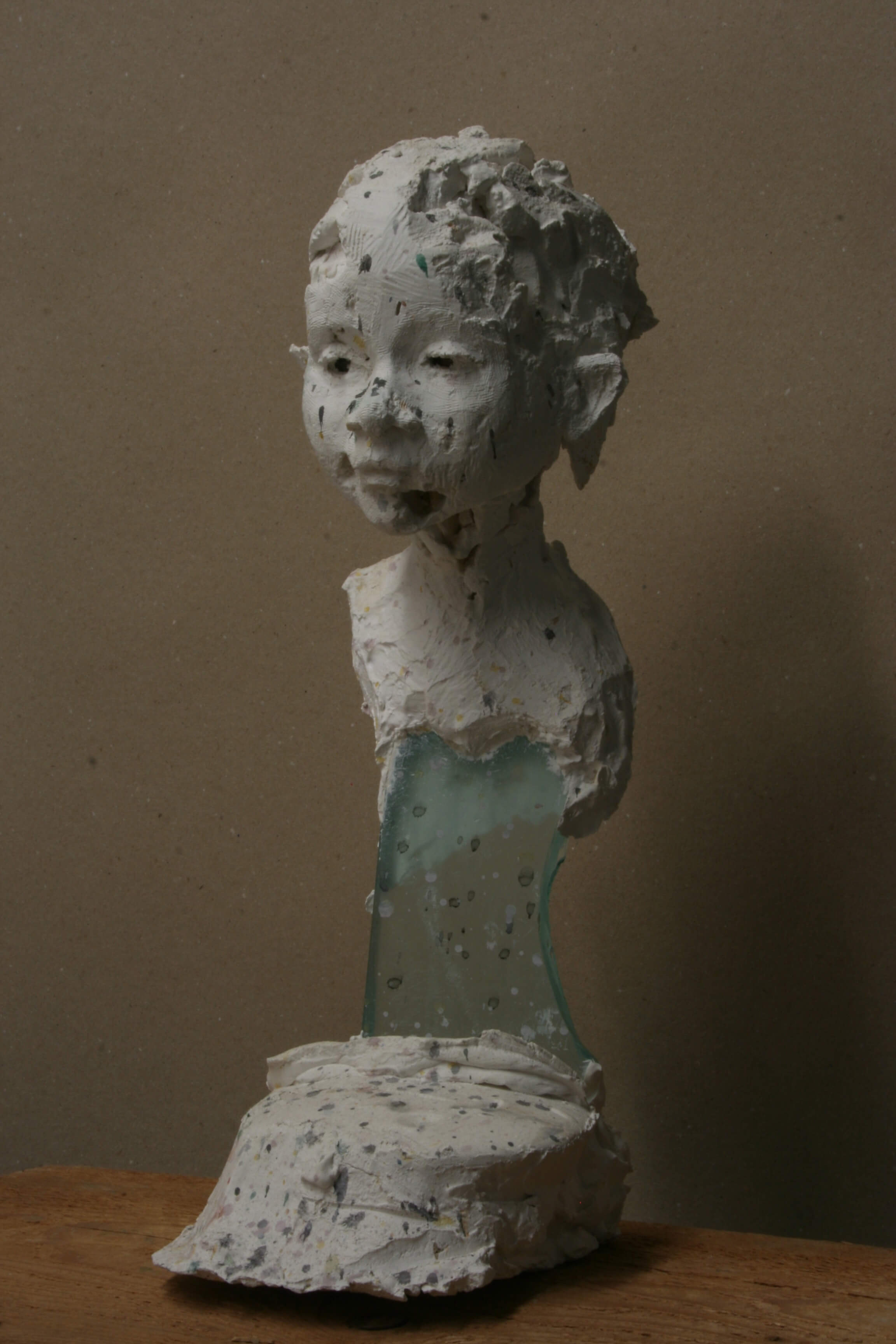


/Plasterwall-GettyImages-1154410805-733fd7debda049c293c89c1ce034e56b.jpg)

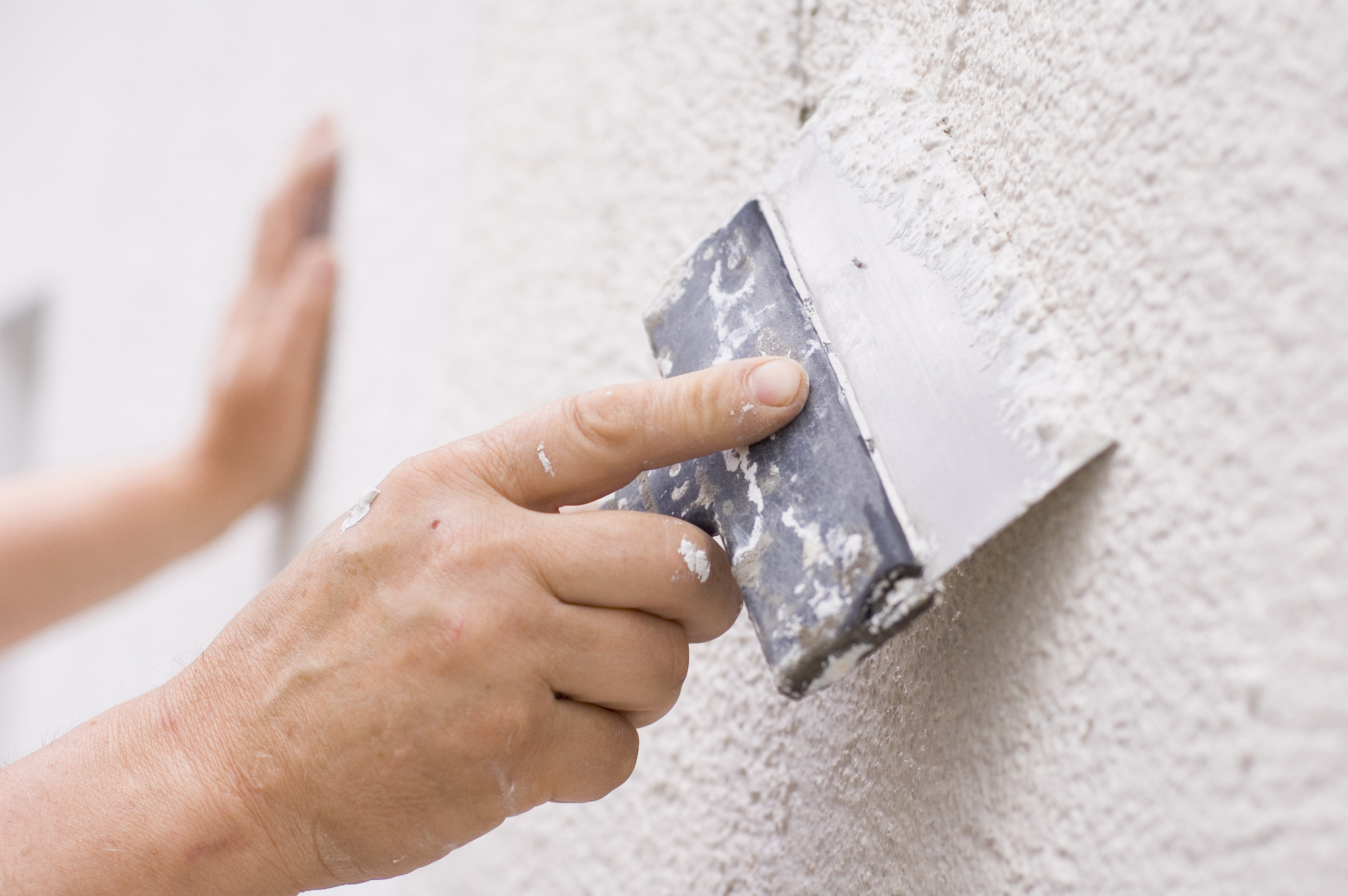
/closeup-hand-construction-plastering-wet-cement-on-the-loft-wall-939232484-472254b9a2114ac8bb4d4be0107556fd.jpg)
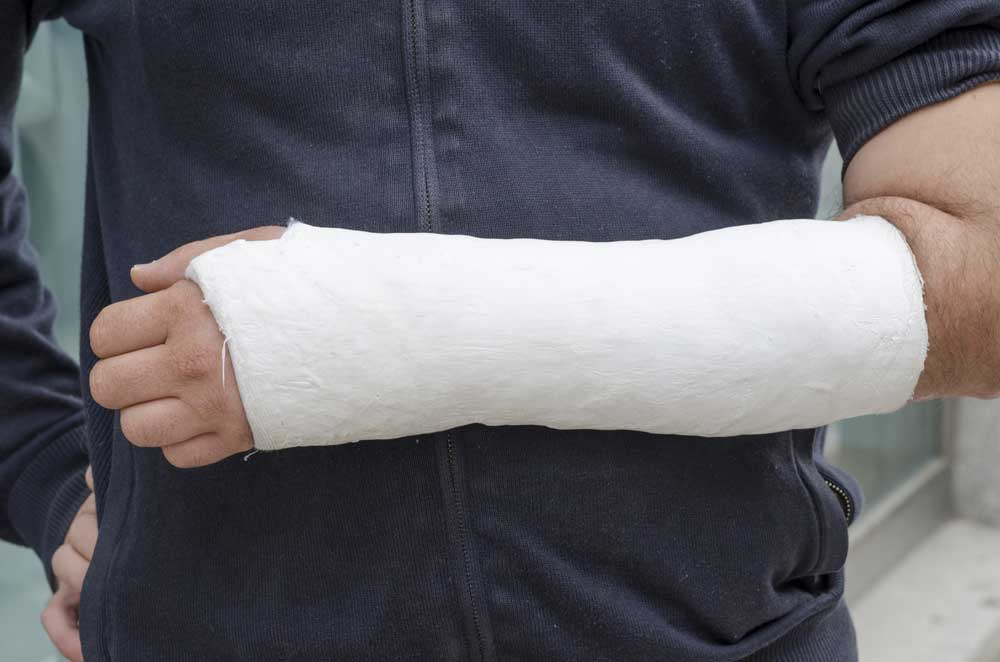
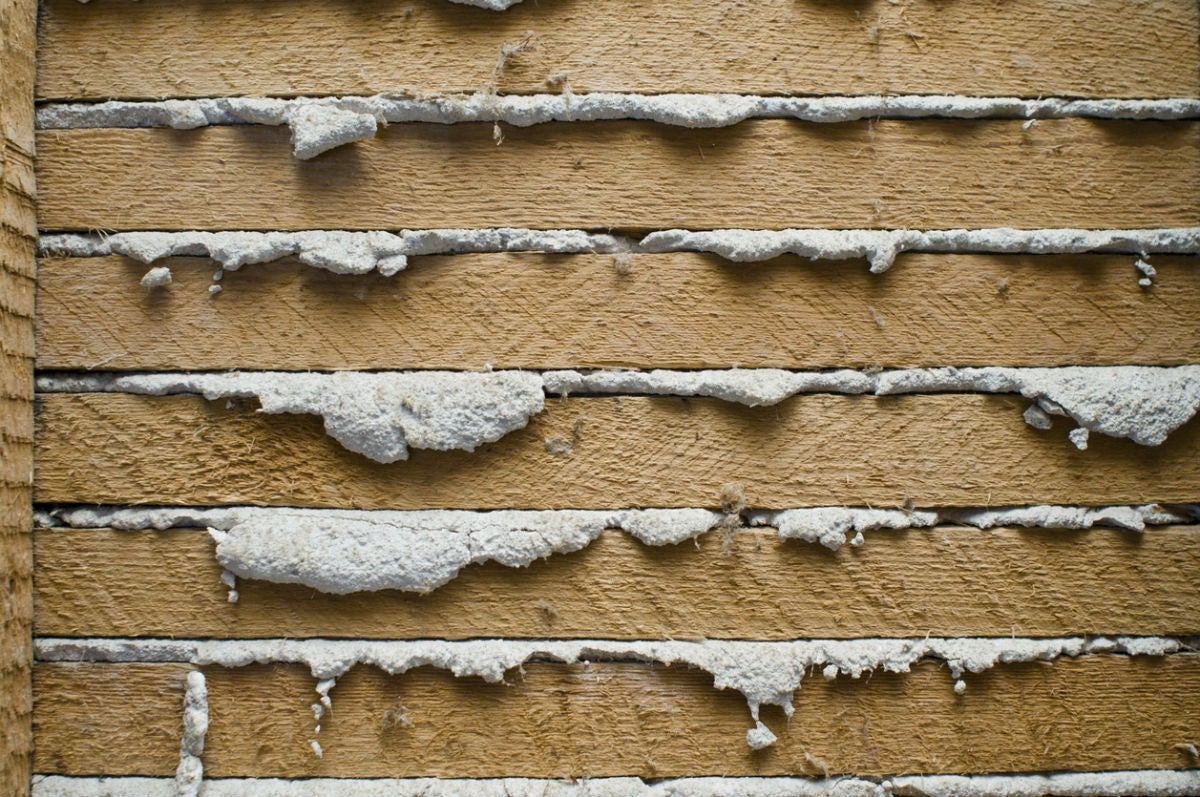
/cdn.vox-cdn.com/uploads/chorus_image/image/65892275/howto_fixplaster_01.0.jpg)
